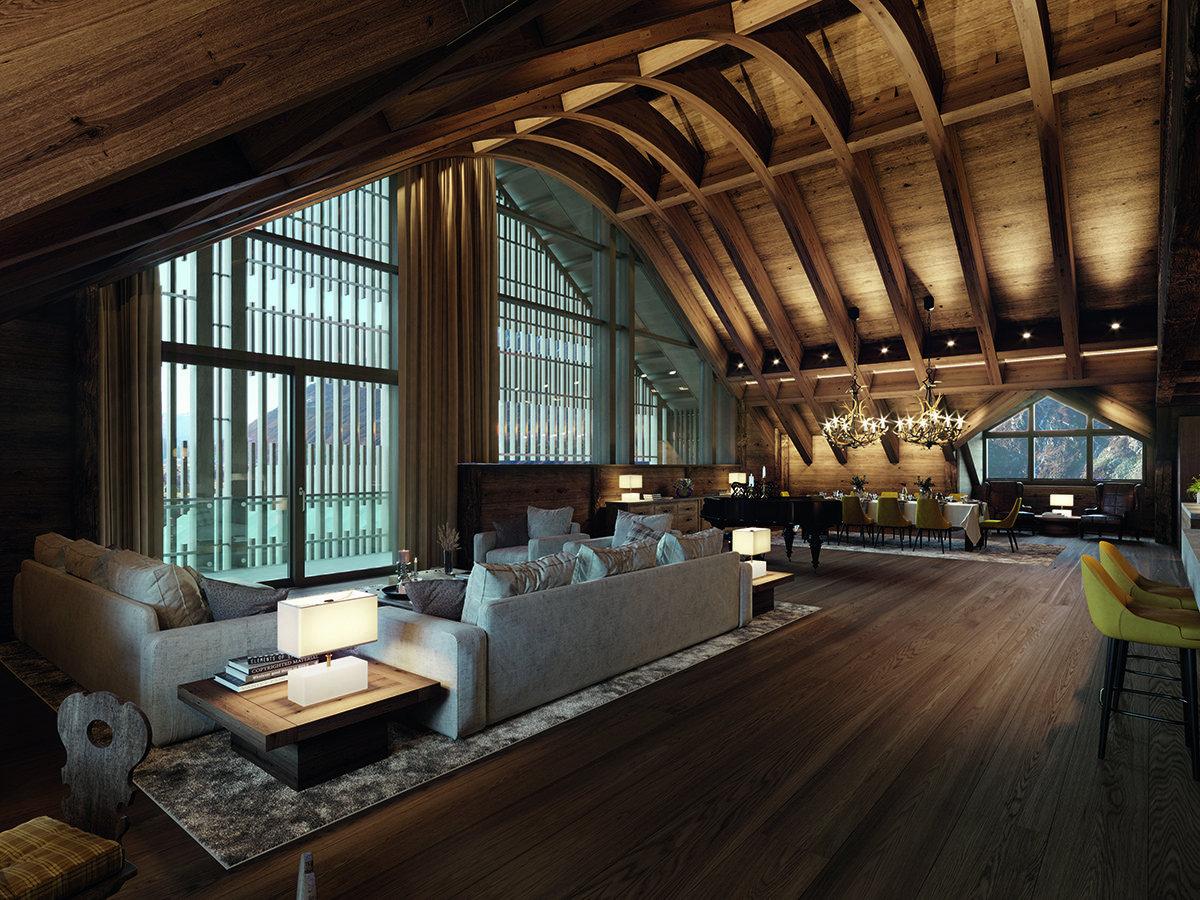
An impression of the ‘Tiger’s Eye’ bespoke decorative scheme for one of the Chedi Gems, a series of penthouses in The Chedi Andermatt hotel
A major hotel, property and infrastructure development has swept the village of Andermatt in Switzerland onto the world stage of luxury. Karen Chung speaks to some of the key shapers of the future of this still-expanding project, which has attracted real estate buyers from around the world
For such a little place, Andermatt punches well above its weight. With its seductive mix of luxury hotels and apartments, restaurants, boutiques and a chic cultural centre nestled around the historic village, it is a glamorous playground in the heart of the Swiss Alps.
This sleepy little skiing village was reawakened with the arrival of The Chedi Andermatt, the five-star hotel and residences masterminded by Jean-Michel Gathy, the lauded hotel designer behind the soaring Aman Canal Grande Venice, LVMH’s Cheval Blanc Randheli and the soon-to-open Aman New York. Launched in 2013, The Chedi Andermatt pulled off a pleasing paradox: a relaxed riff on the classic Swiss chalet with an undeniably Asian influence, ultra-aspirational yet delightfully relaxed and unstuffy. With 50 hotel rooms, 107 residences and 13 penthouses, award-winning restaurants, a first-rate fitness centre and a state-of-the-art spa, cigar and wine libraries, ski-in ski-out facilities and even a flotilla of ski butlers to warm your boots, it swiftly won a slew of awards, including Gault Millau Hotel of the Year in 2017.
Follow LUX on Instagram: luxthemagazine
Over the phone from Kuala Lumpur, where he has lived for 40 years, Gathy muses over The Chedi Andermatt’s show-stopping design interpretation of Swiss chalet heritage. “People ask me, why did you design in an Asian style, but the stone, wood, fireplace, leather, everything is Swiss! The Chedi Andermatt is totally Swiss. The window size, balustrades, materials, everything follows Swiss codes – and believe me, Switzerland has a lot of codes! There’s no one single architectural or design feature that’s Asian. What is Asian is the layering of the space and the lighting, which enhances the layering by creating depth of field.
“I’m from a traditional European background, but when you live in Asia this long you unconsciously assimilate the attitude, the culture, the habits, the values. You do it consciously at first, then you just absorb it. For me, design is an emotional expression of an inner feeling. You just feel this is the way it should be.
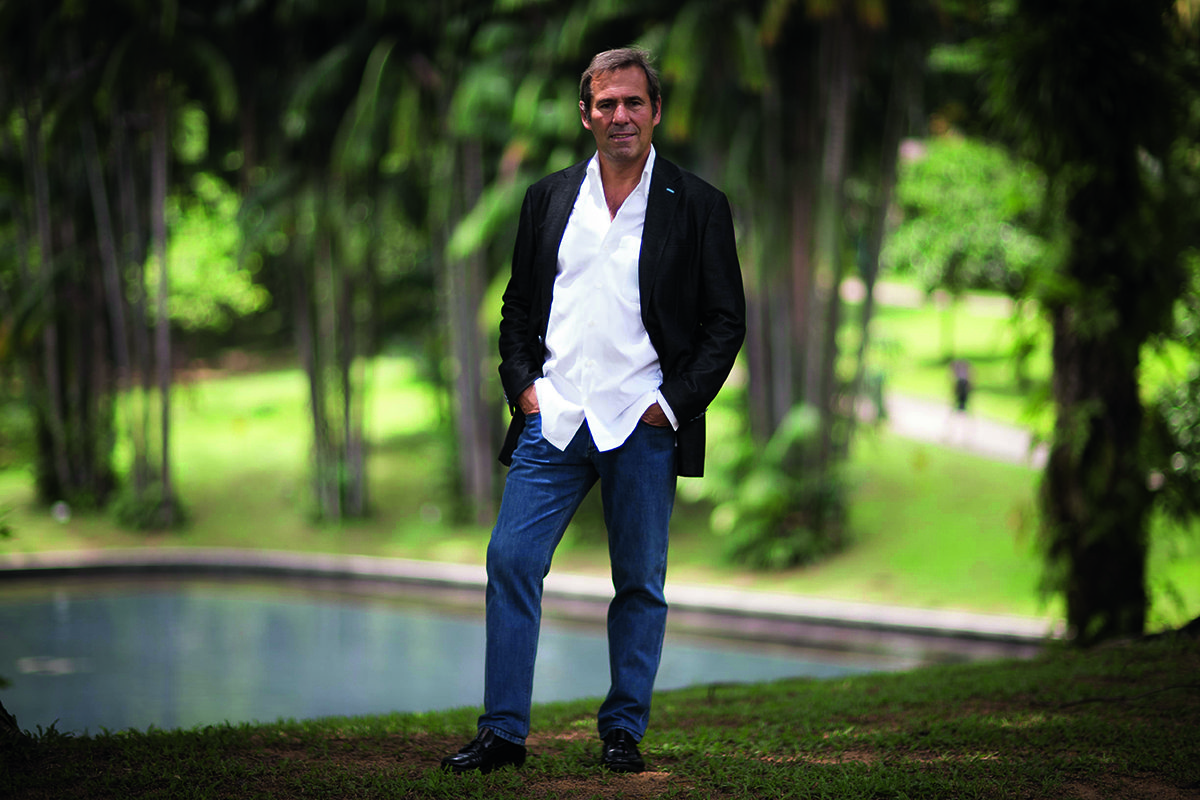
Jean-Michel Gathy. Courtesy Jean-Michel Gathy
“And what makes The Chedi Andermatt different is the layering. Think of Europe and how you move from room to room. In Asia, it’s not like that. You don’t have a door from one room to another, you have screens. The flow is very different. You’re always somewhere but you never know where. I don’t do this on purpose anymore. It’s the way I think. In luxury, there’s more emotion. So, when you apply that layering to the logic, you get The Chedi Andermatt. It’s dynamic, layered, pleasant, comfortable, and it serves its purpose.
“I’ve designed luxury resorts my whole life, and know my clientele very well,” he adds. “I’m very lucky. In luxury there’s room for creativity and emotion, and I know how to use the tools to translate that understanding. I design exactly the way I am and create every single project by hand. It’s very natural.”
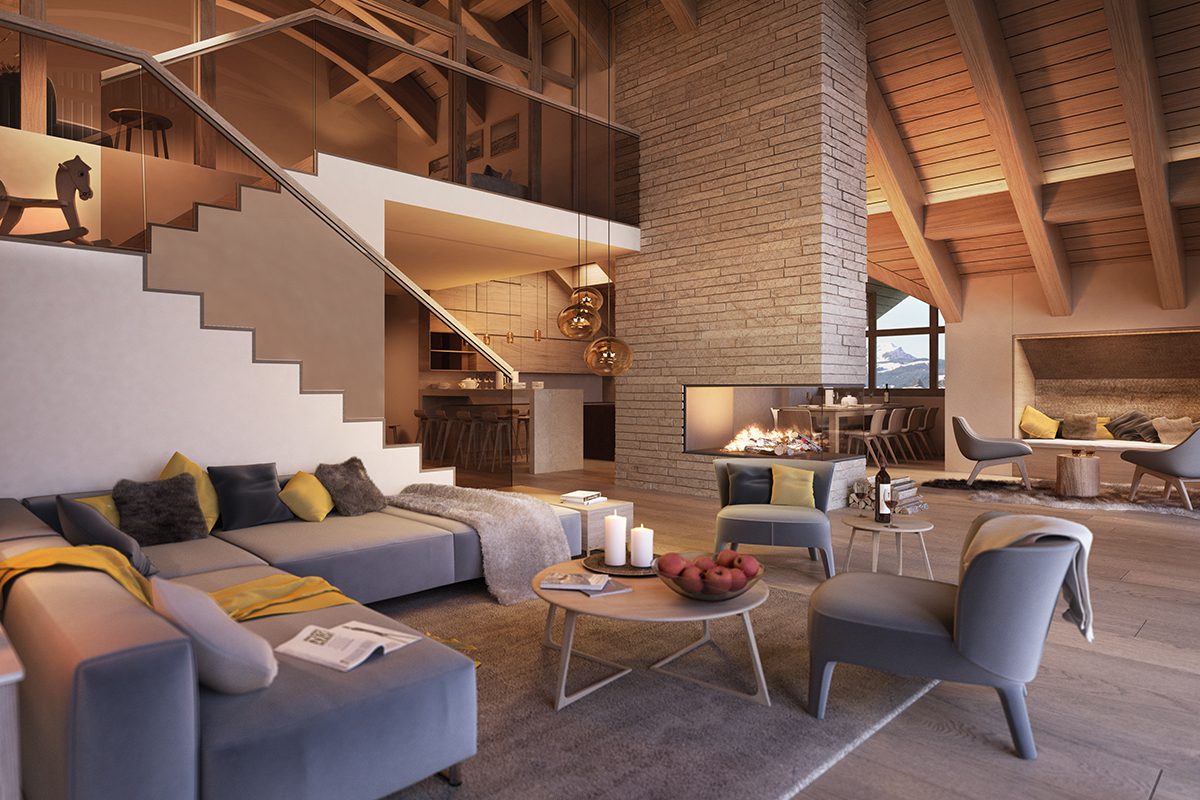
A render of a living space in one of the penthouses at The Chedi Andermatt
Indeed, your first instinct as you arrive is to kick back, curl up and gaze at those expansive mountain views from the comfort of the capacious sofas. Gathy’s response to an exacting brief was an intuitive one, perfectly fitted to how we want to live now.
Read more: How to create a truly sustainable luxury hotel
The wealthy have long been attracted to Switzerland but buying here has been notoriously hard. All residences in Andermatt, however, are exempt from the Lex Koller law, which limits foreign ownership of Swiss property, while a popular scheme that manages and rents out apartments while owners are away adds to buyer appeal. It’s seriously accessible, too – just 90 minutes’ drive from Zurich, two hours from Milan and four from Munich, while private jets and helicopters can fly to Buochs Airport, a 45-minute drive away.
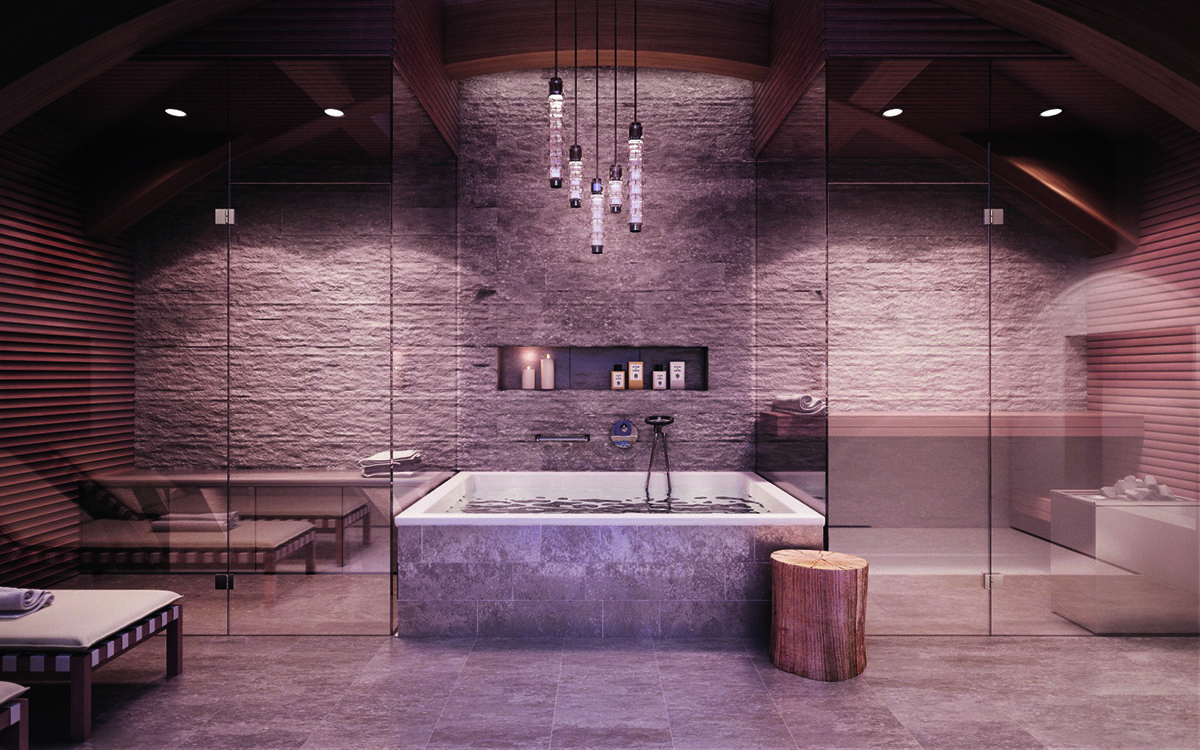
An impression of a private penthouse spa at The Chedi Andermatt
“The past year changed everything,” says Russell Collins, the amiable British head of real estate who’s also on the Andermatt development board. “But we really didn’t envisage how busy we were going to be. We’ve sold over CHF500 millions’ [£394.5m] worth of apartments – almost everything we had available – and 2020 was a record year. There were obviously a lot of people sitting at home thinking, we could be skiing now…! Roughly half the buyers are Swiss, half are international – many from neighbouring countries such as Italy and Germany, as well as from the UK, and also Singapore, Hong Kong and Russia. We’re selling the last few remaining Chedi Andermatt penthouses now, which can be fitted out by our team of architects and interior designers, who work with the buyer to their exact spec.” Penthouses start from CHF6.2 million [£4.9m] for a 333 sq m space.”
Developers are also working with Protect Our Winters (POW) to preserve the unique microclimate that makes Andermatt a skiing paradise. Sustainability has been at the heart of the development from the start, with The Chedi Andermatt and all private residences built to stringent Minergie standards for low-energy-consumption buildings. Services run on natural resources (and, refreshingly, are hidden below ground), and in winter an electric bus zips round the car-free development.
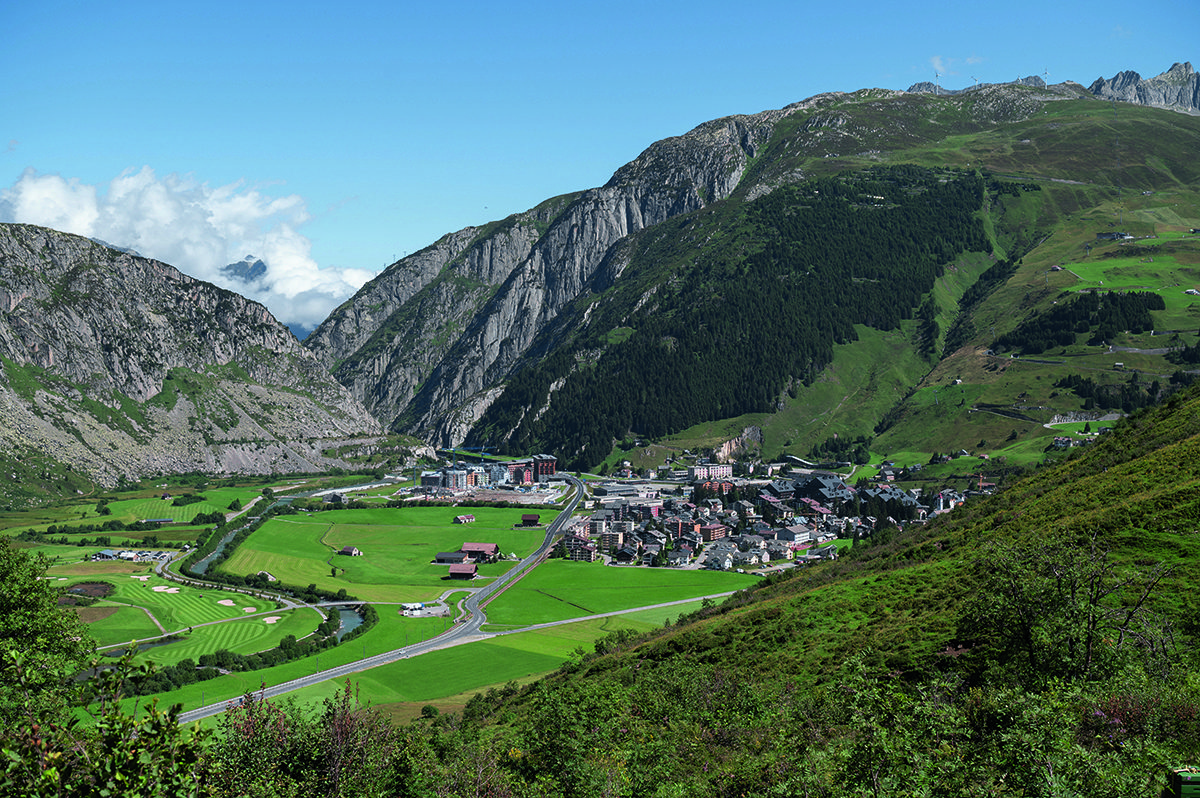
Andermatt with the new village quarter of Andermatt Reuss to its left. Photograph by Valentin Luthiger
Perhaps the biggest challenge for Andermatt is nailing that all-important lifestyle mix as it becomes a year-round destination without losing its still relatively low-key charm. Its burgeoning mix of hotels, apartments and chalets nestle alongside traditional historic buildings and an expanding boutique retail and restaurant offering. And in summer, as well as hiking and walking, there’s the option of golf on the award-winning course. And after coming to an abrupt halt, its annual music programme is also reviving after an 18-month hiatus.
“I think residents are really encouraged by the fact that we’re so committed to making this a great place to live,” says Collins. “The danger is that we just become a ski resort for the winter months, but we’re looking hard at the year-round offer, creating life at street level and making it a joyful place to spend time.” It’s for the next wave of pioneering buyers to see how well Andermatt achieves that.
The Chedi Andermatt Spa and Health Club
There are spas, and then there is the spa at The Chedi Andermatt, a multi-award-winning, divinely decadent 2,400 sq m temple to wellness. Exclusive organic products are a key feature of the spa; particular highlights are the Tata Harper Natural Glow from Head-to-Toe Ritual and the divinely relaxing Oromovizca Golden Full Body Massage, inspired by the curative properties of Hungarian thermal waters and which includes an invigorating gold-and-sugar peel. The health club boasts the very latest TechnoGym equipment and there’s a hydrothermal spa with a seemingly endless array of baths and saunas, as well as a stunning 35m indoor pool, the longest in Switzerland.
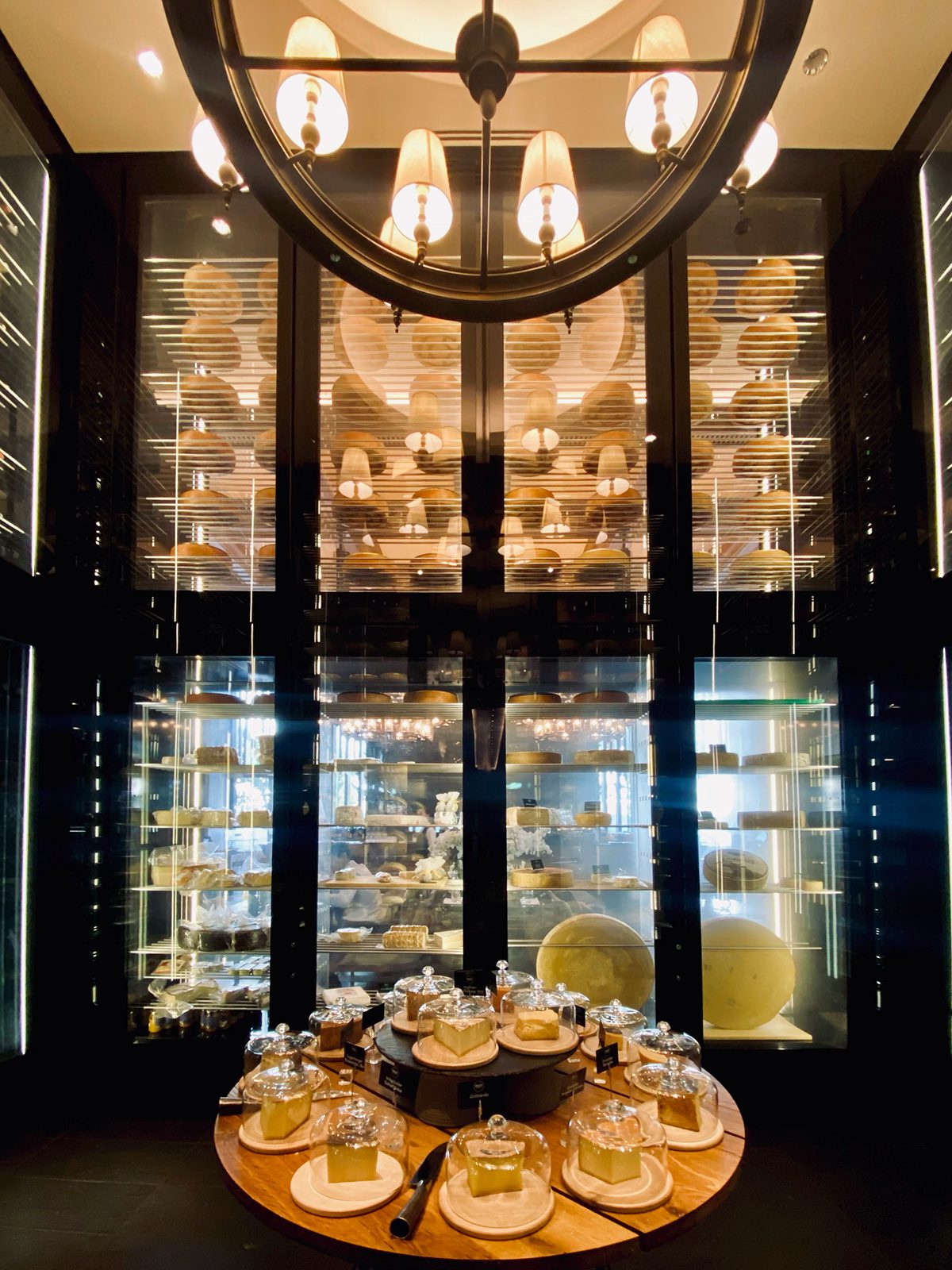
The cheese tower of local Swiss cheeses at The Restaurant
The Restaurant at The Chedi Andermatt
“A sense of occasion for our guests is key,” says Armin Egli, Executive Chef at The Chedi Andermatt, “and creating great experiences is a big part of that. In our four open-plan kitchen stations in The Restaurant, guests can take a seat at the chef’s table to watch food being prepared, whether that’s Asian-inspired delicacies, traditional Swiss fare, or simply see our pastry chefs at work. We also have a five-metre-tall cheese tower, currently showcasing 43 cheeses unique to Switzerland; guests can taste and learn the story behind each one. And we often reinstate favourite dishes. Black pepper beef is a stand-out favourite from the Asian kitchen that we keep having to bring back by popular demand. If it’s not on the menu when you visit, just ask…”
Find out more: andermatt-swissalps.ch
This article was originally published in the Autumn 2021 issue.

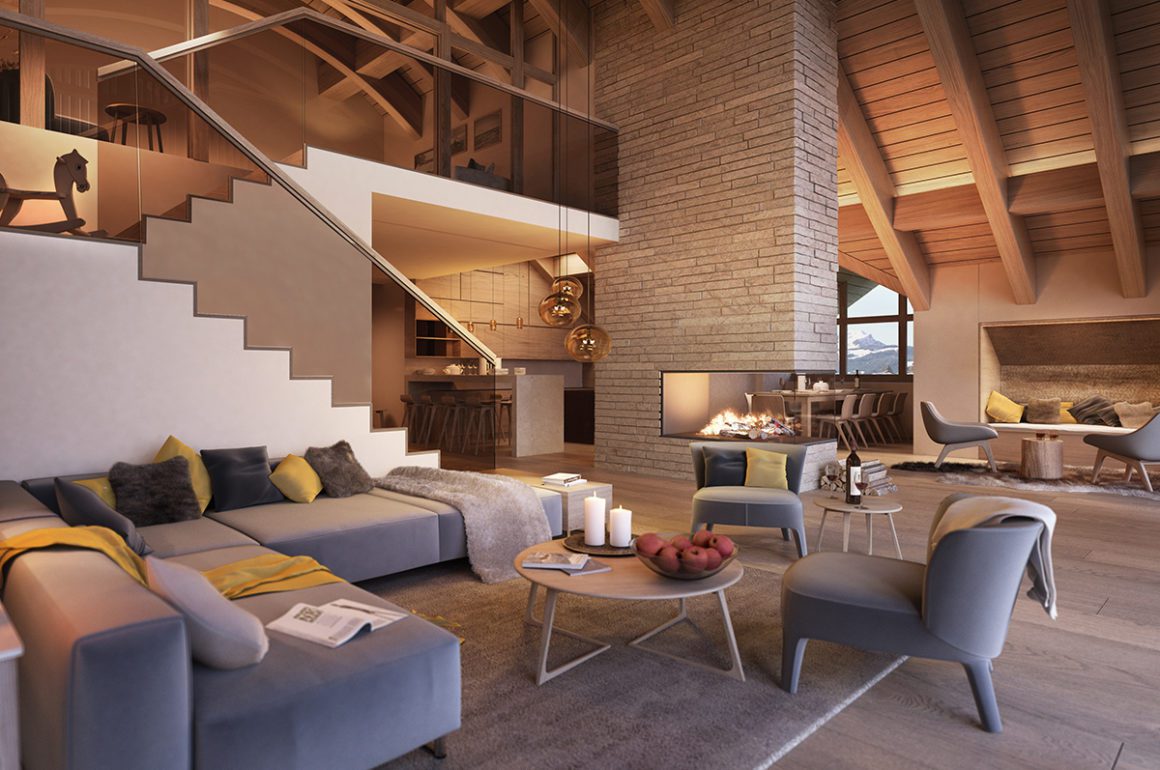
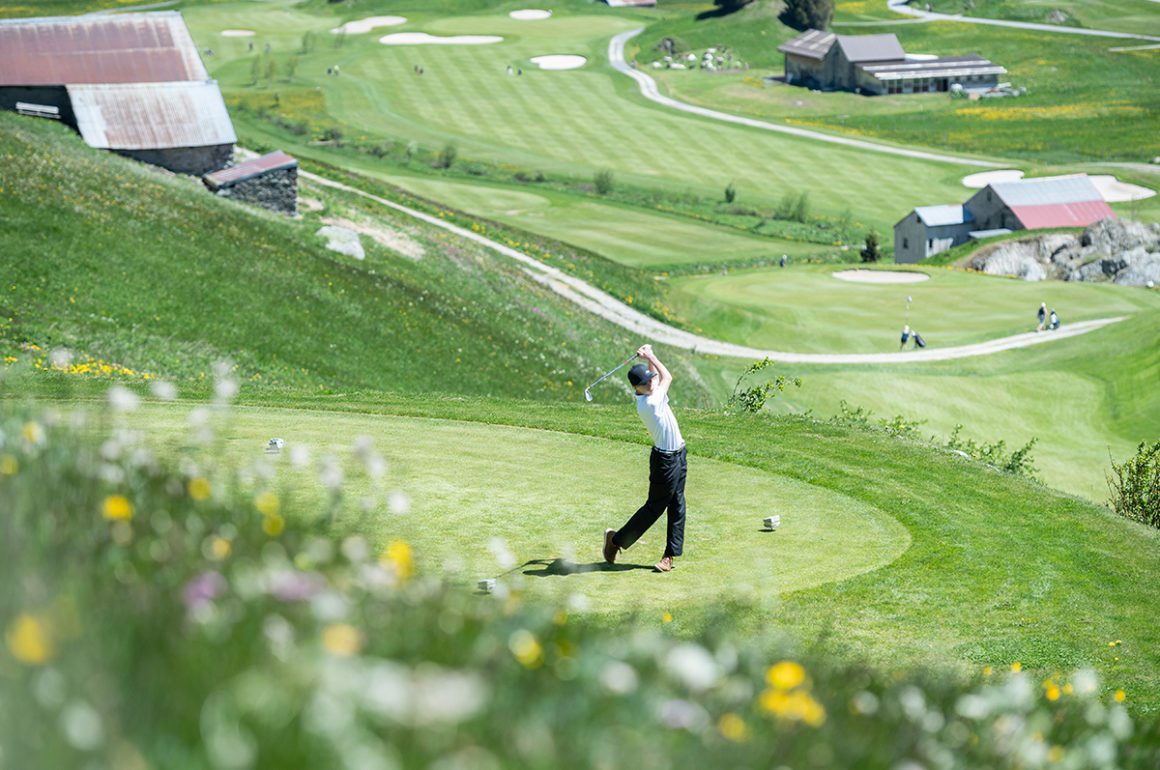

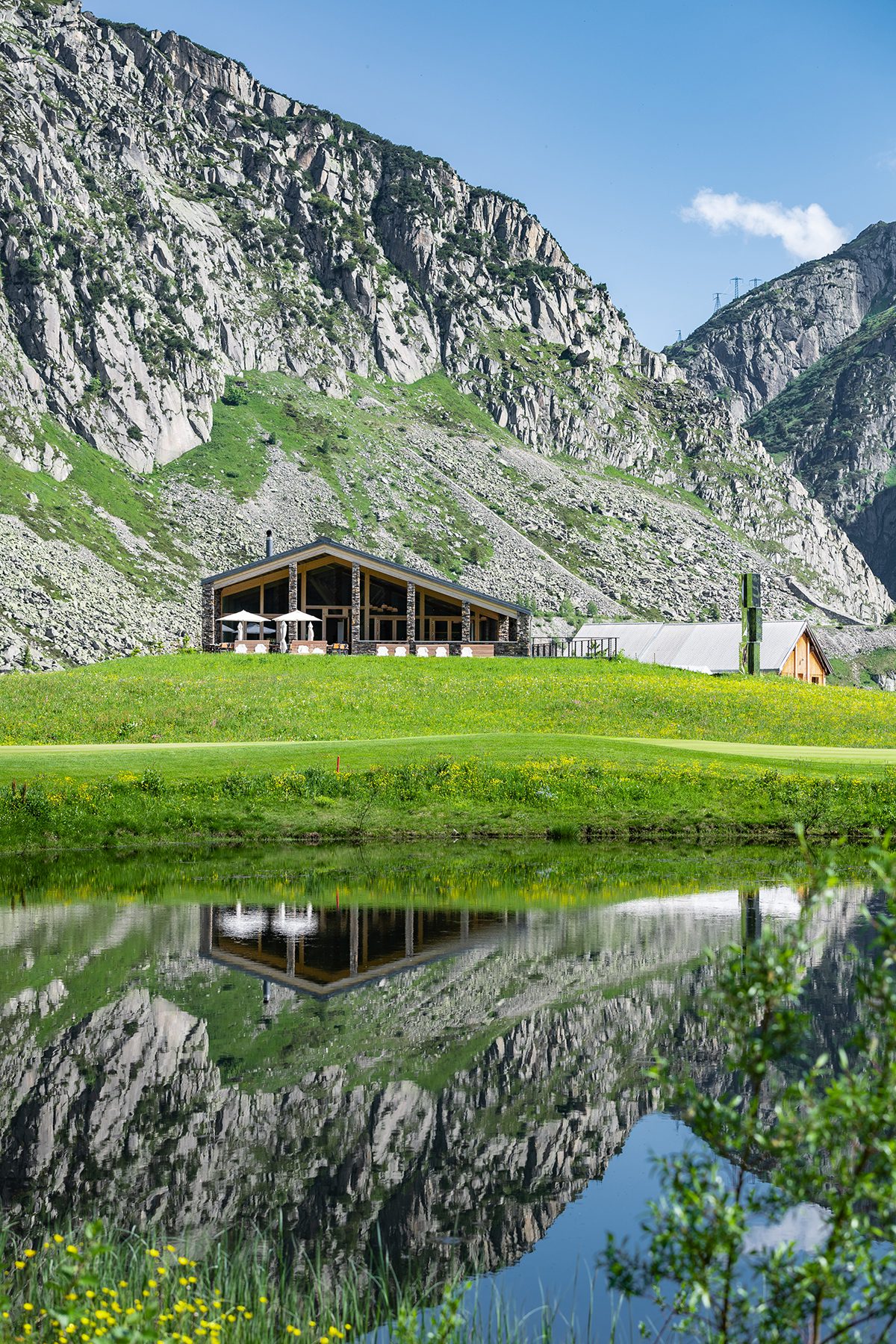
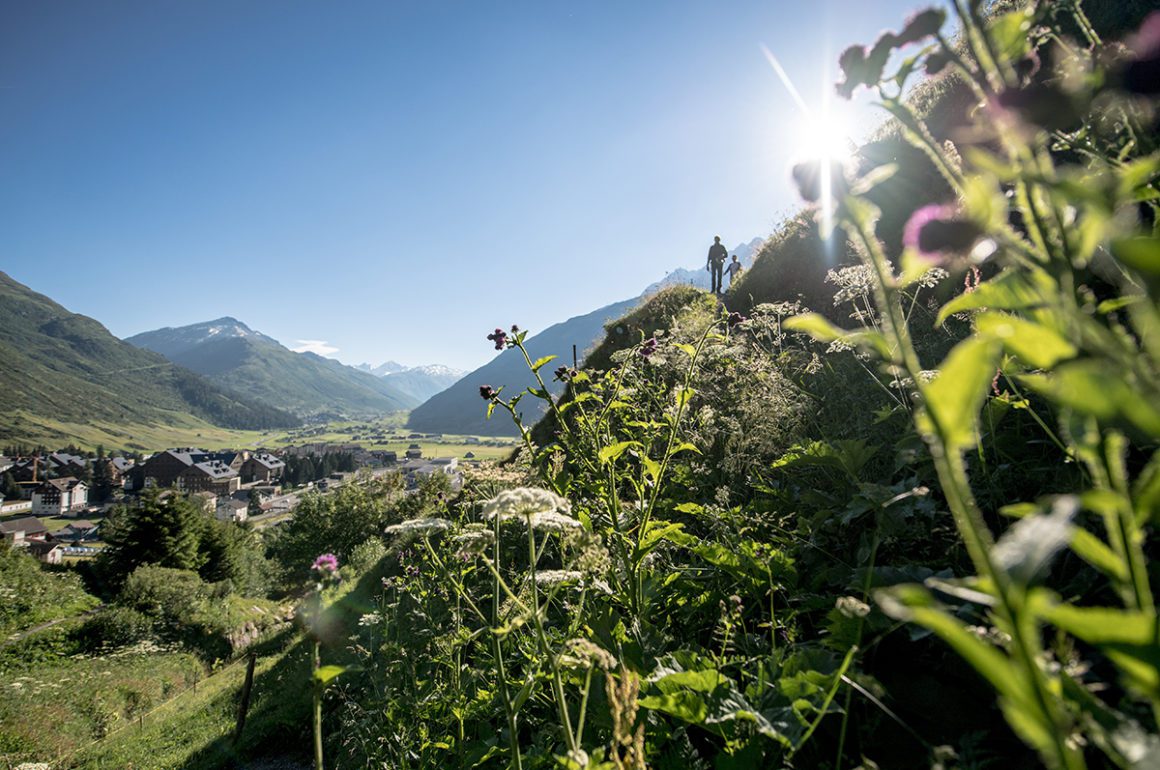

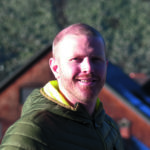 JOHAN GRANVIK
JOHAN GRANVIK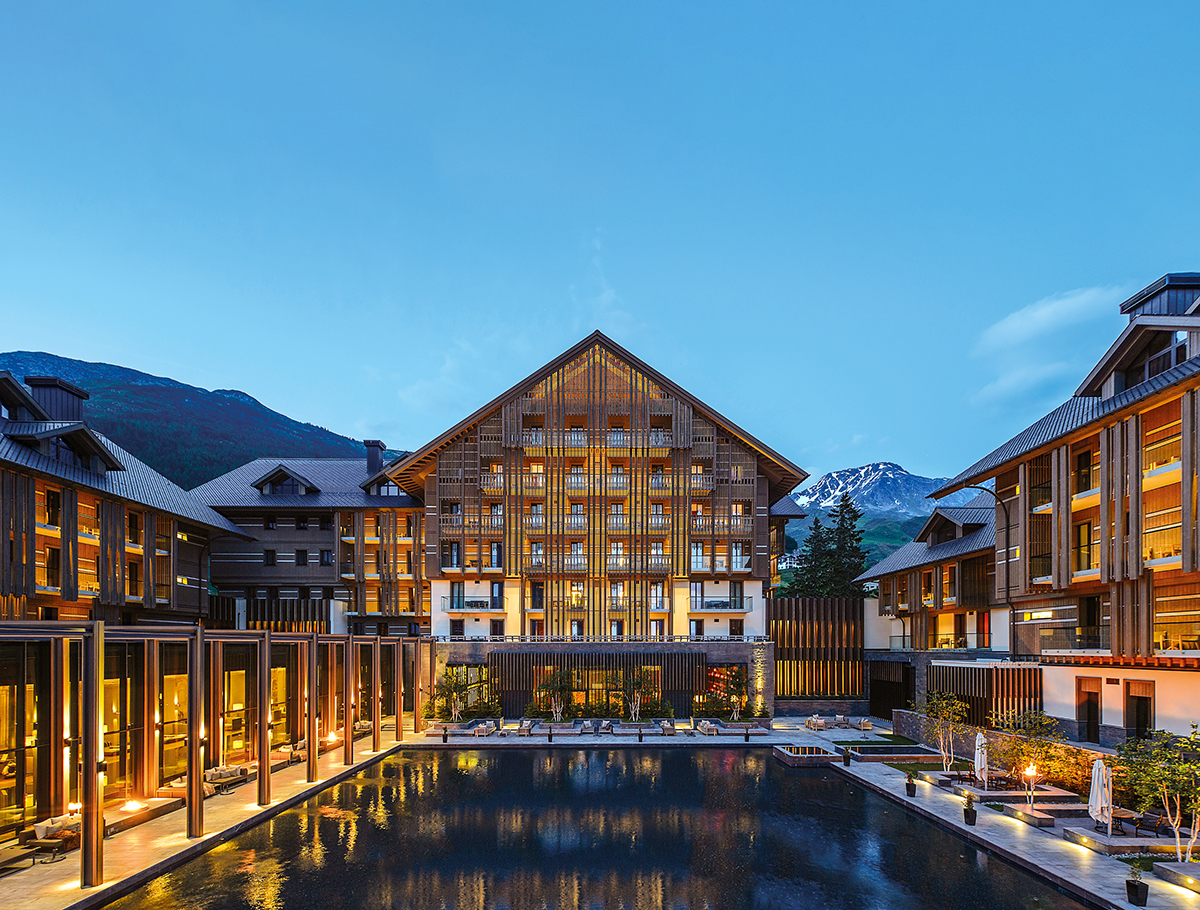
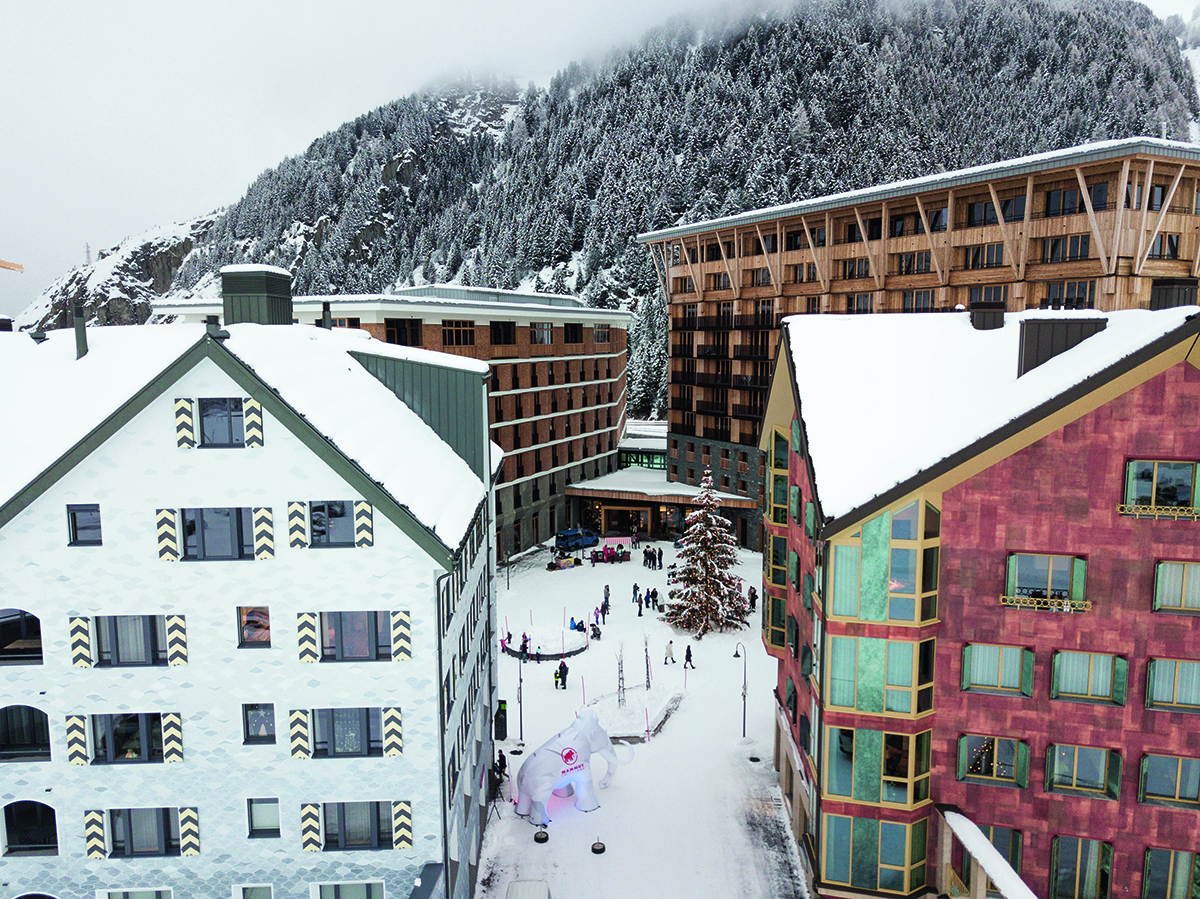
 KAREN O’MAHONY
KAREN O’MAHONY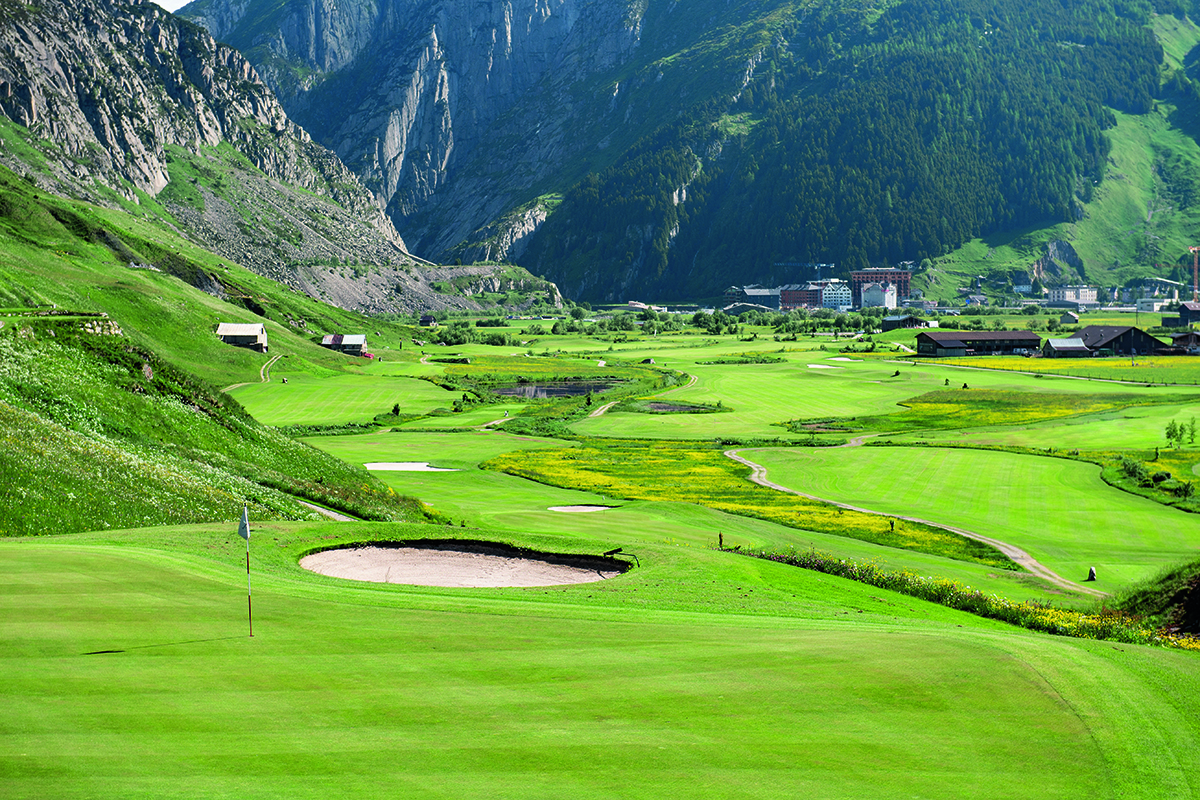
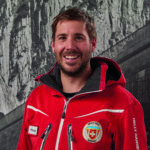
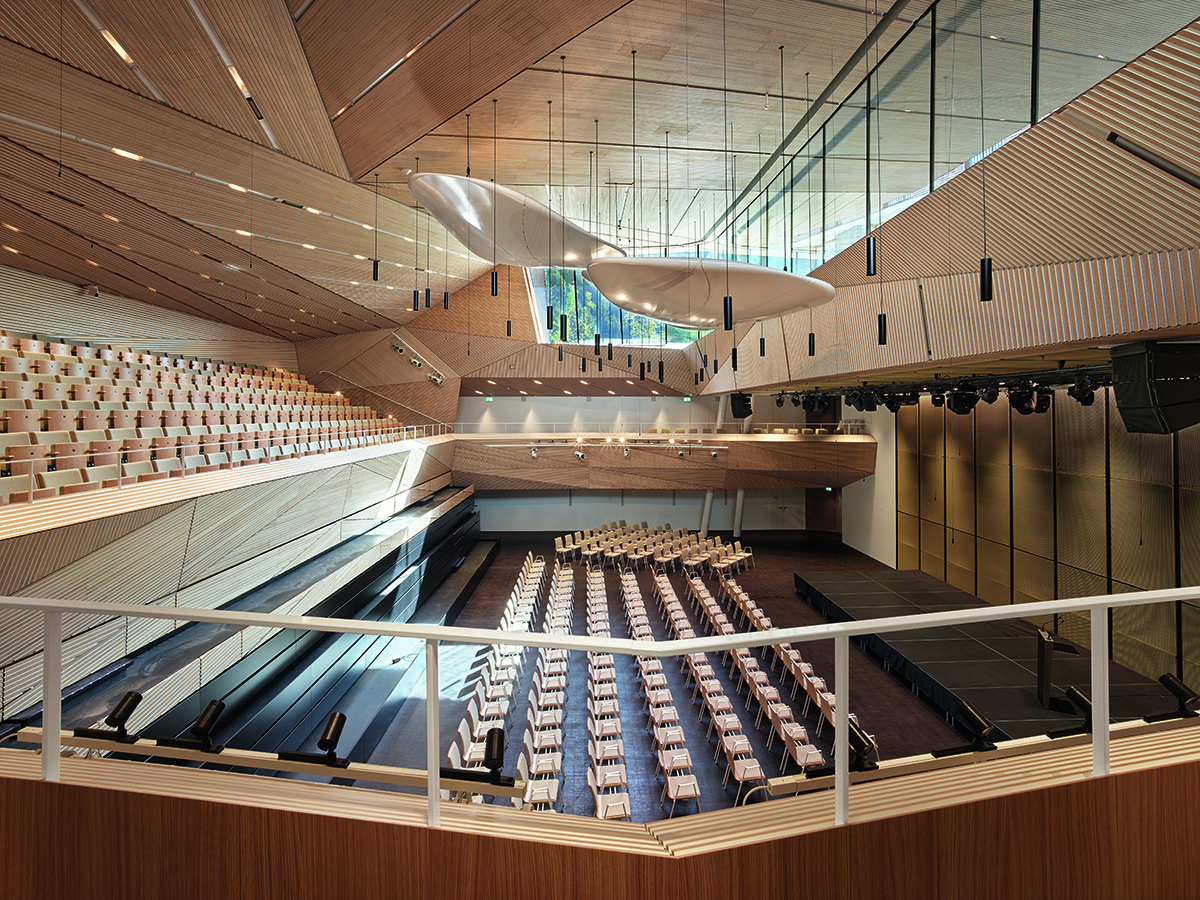
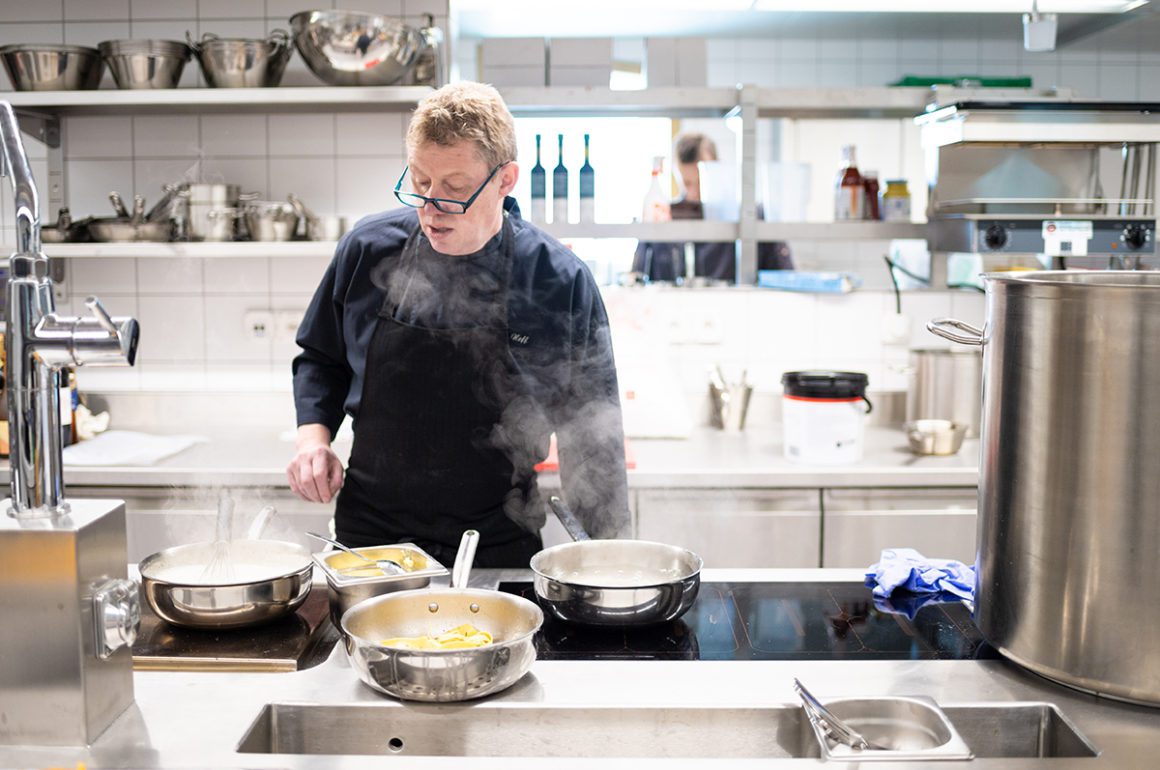
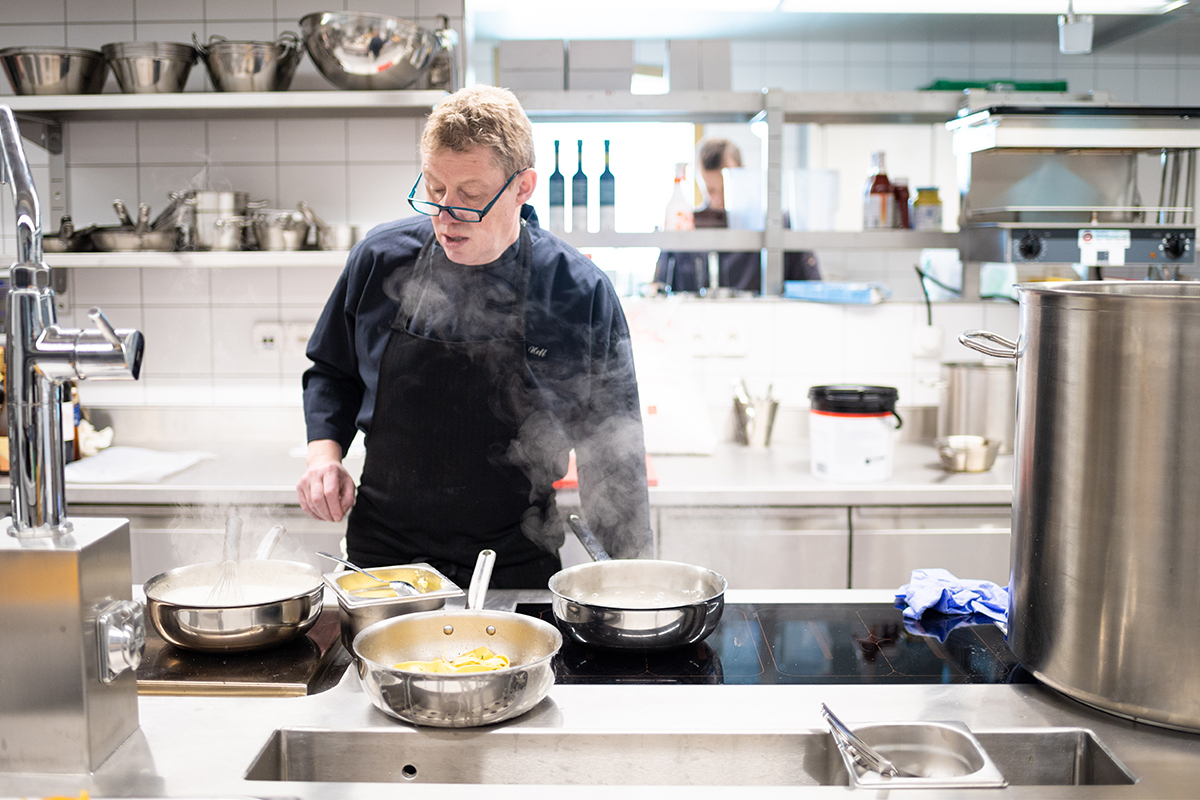
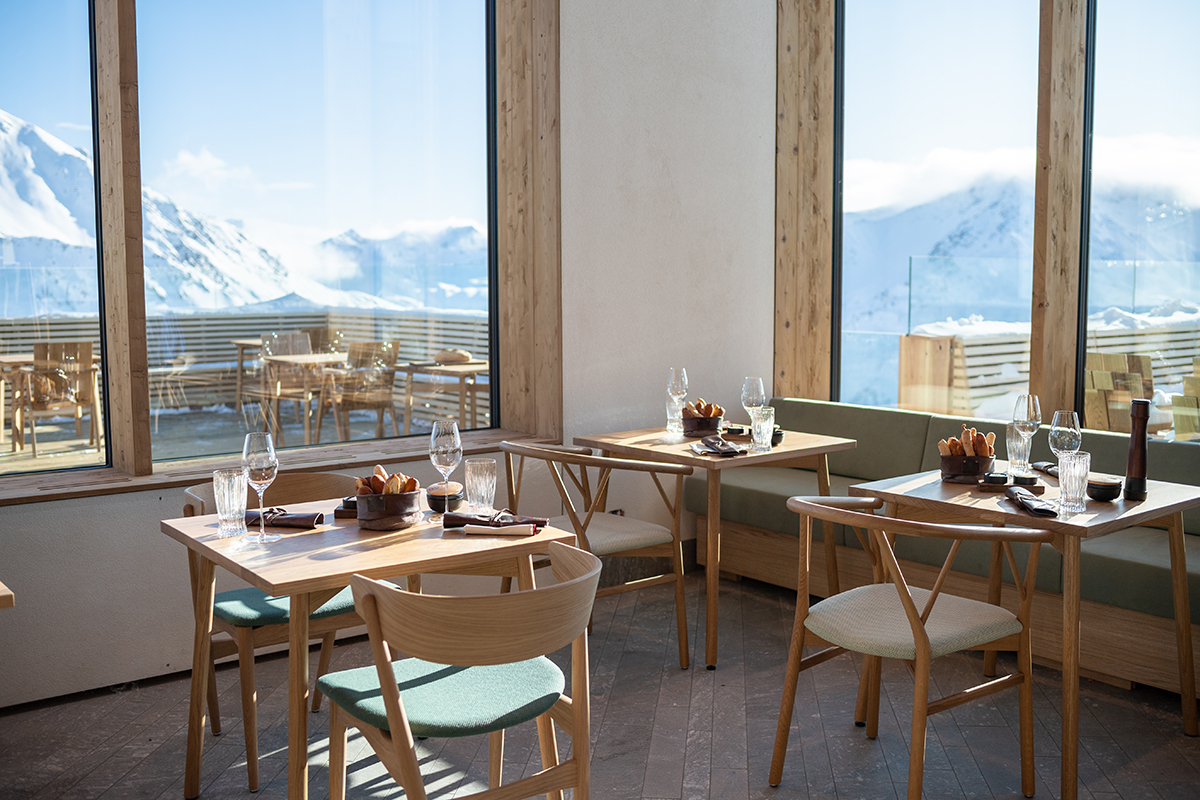
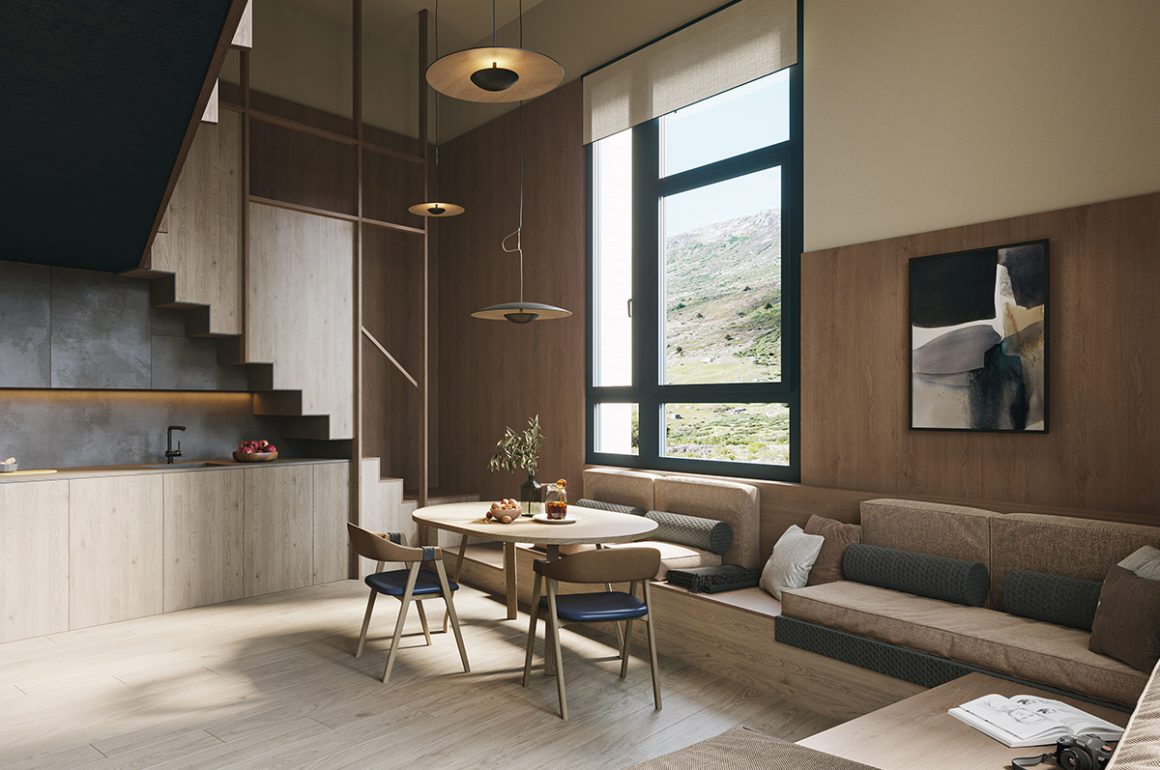
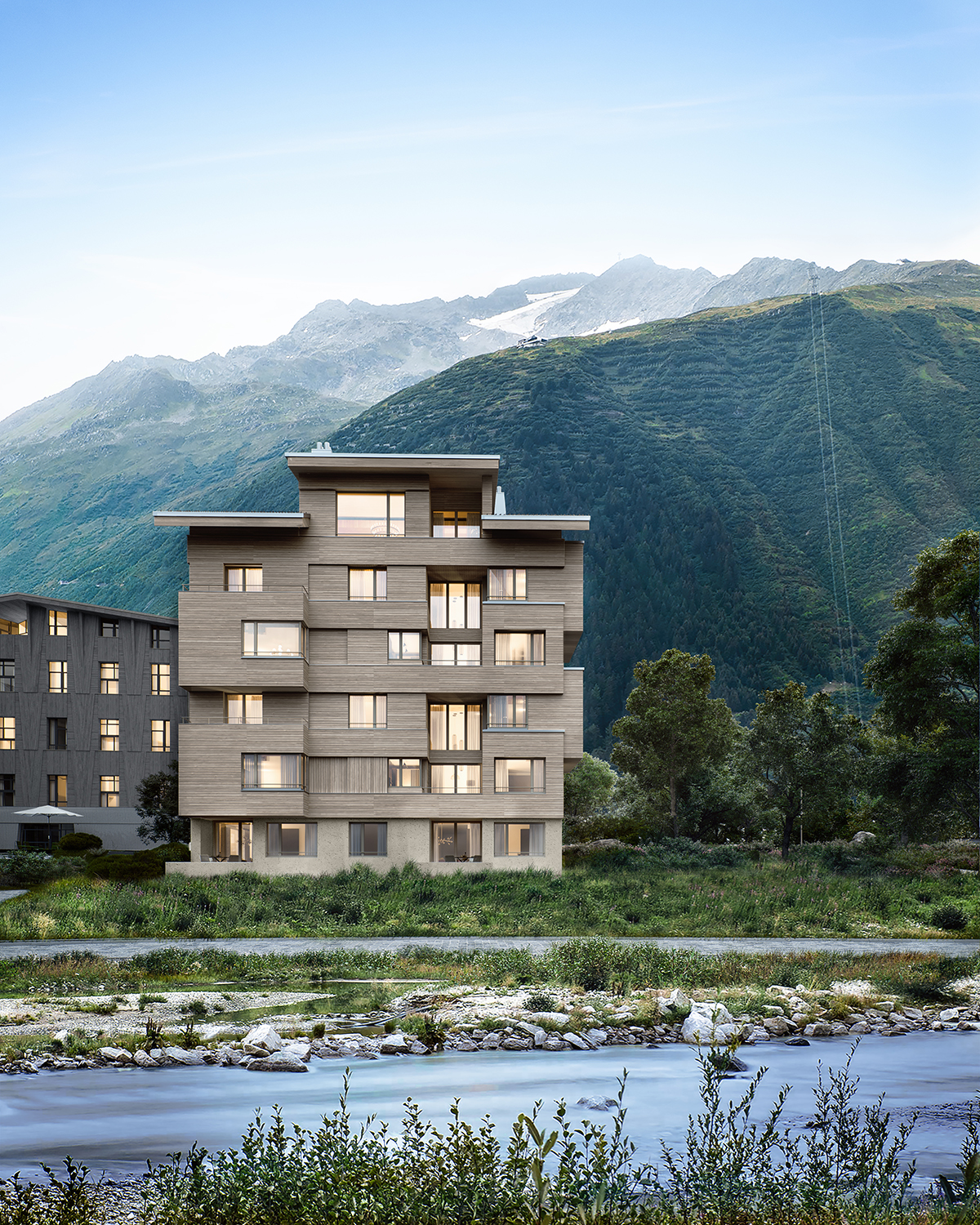
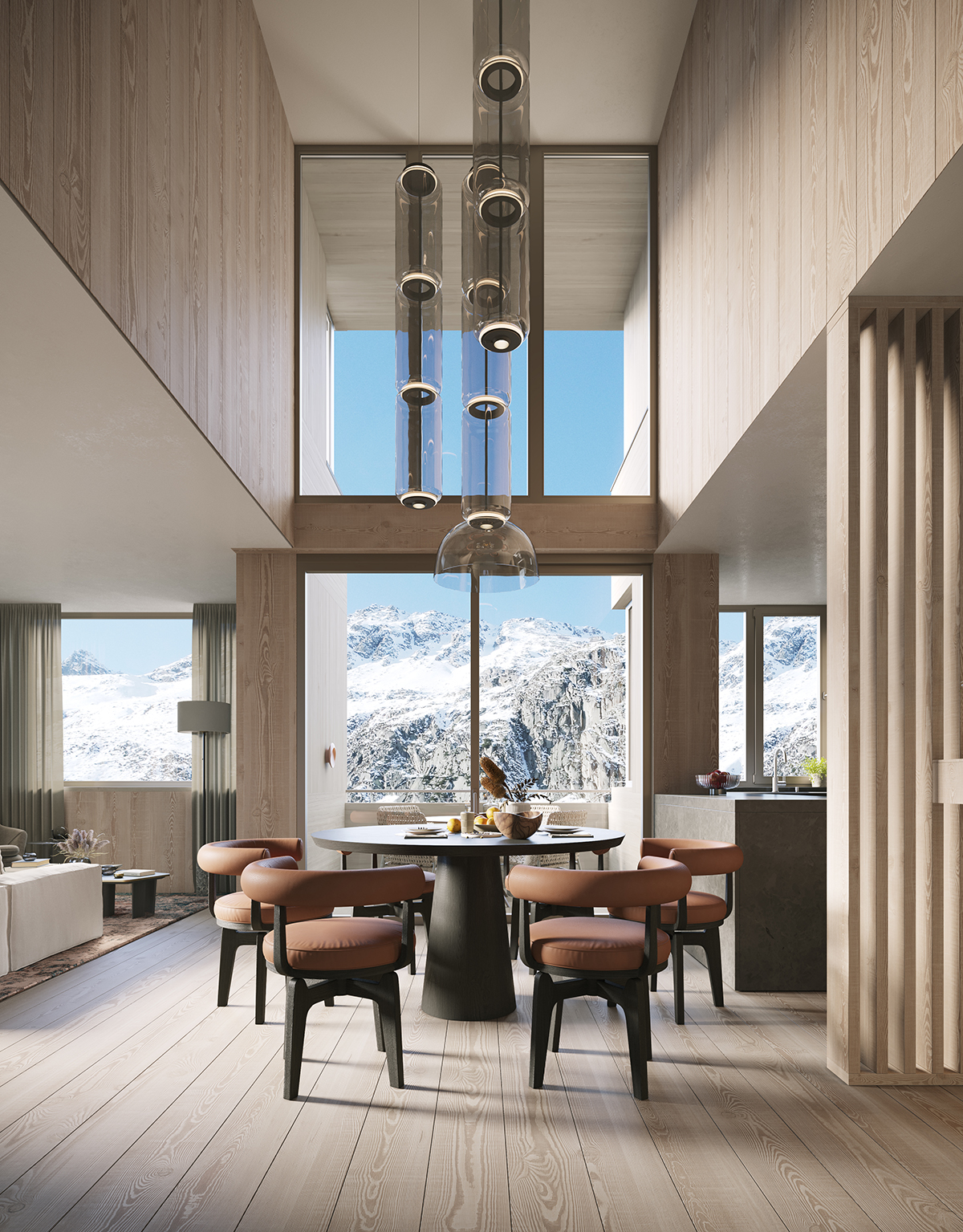




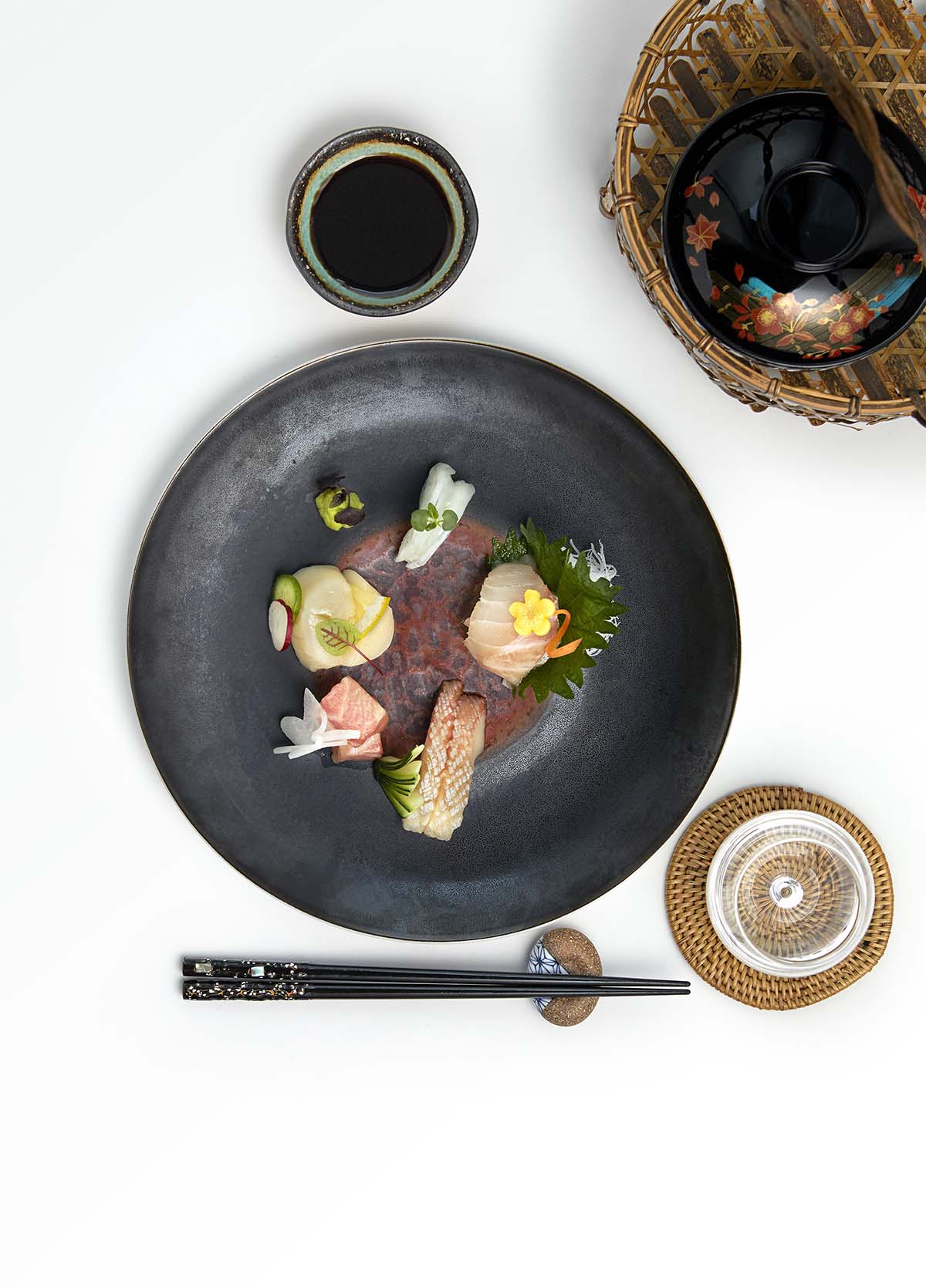

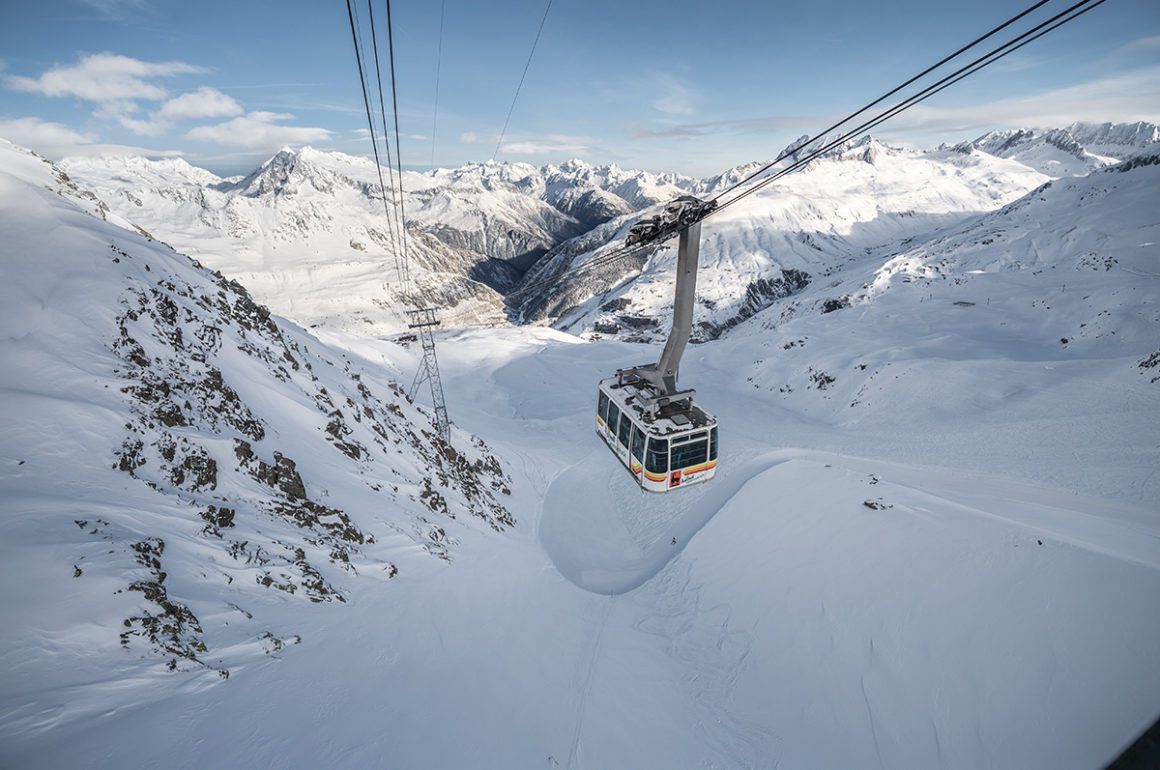
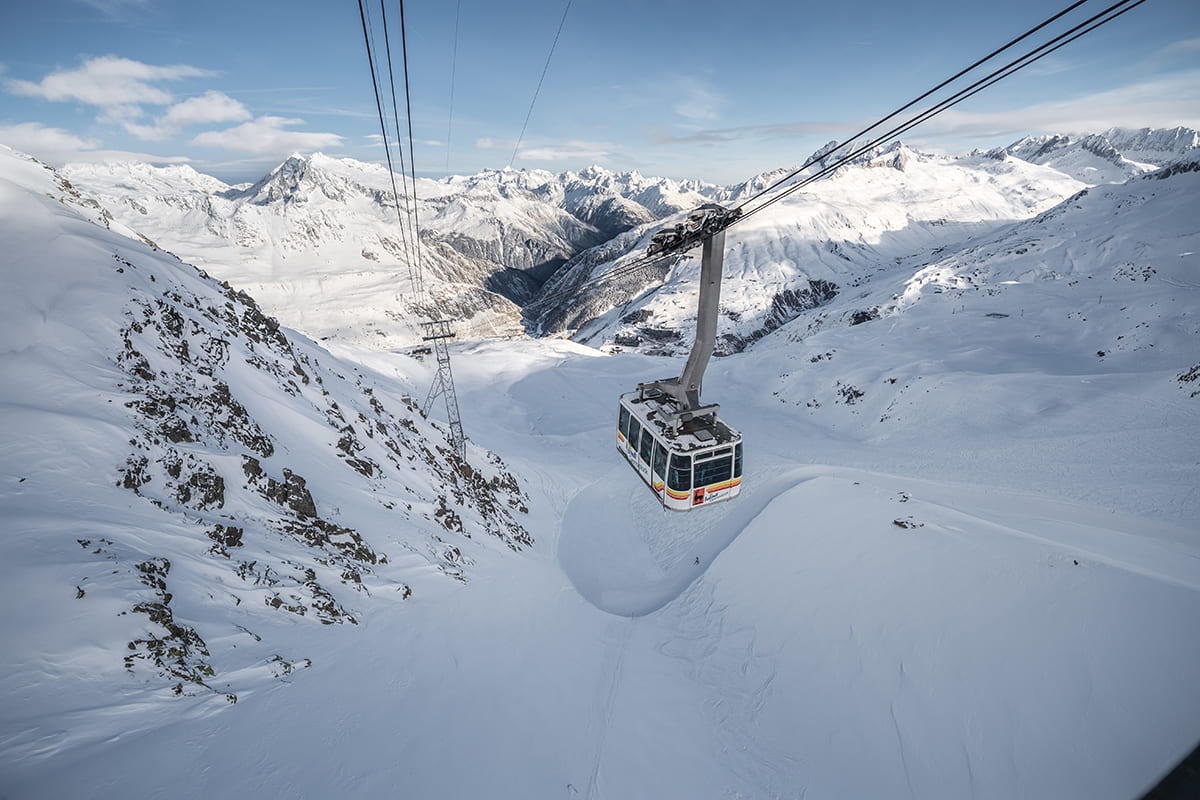
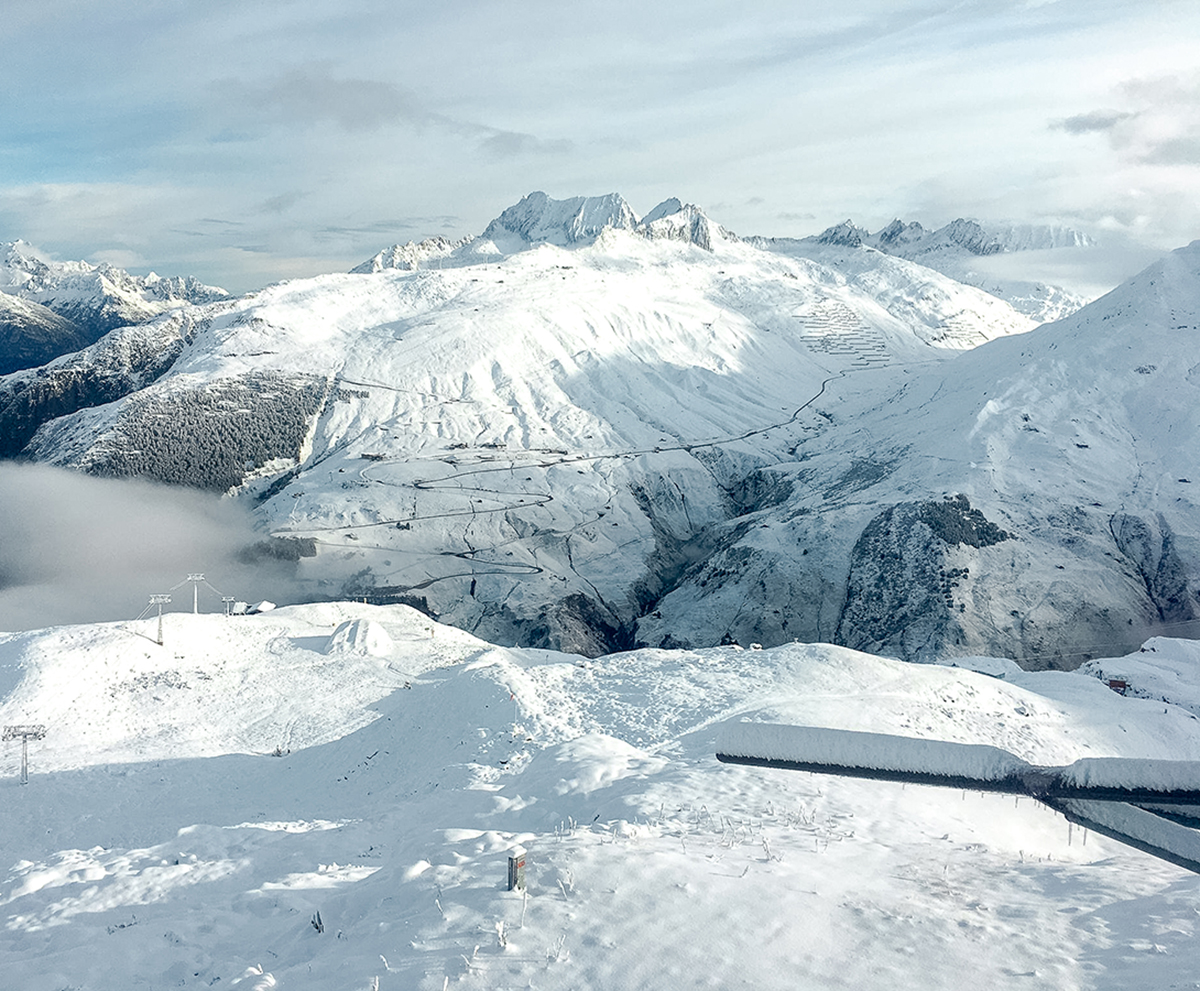
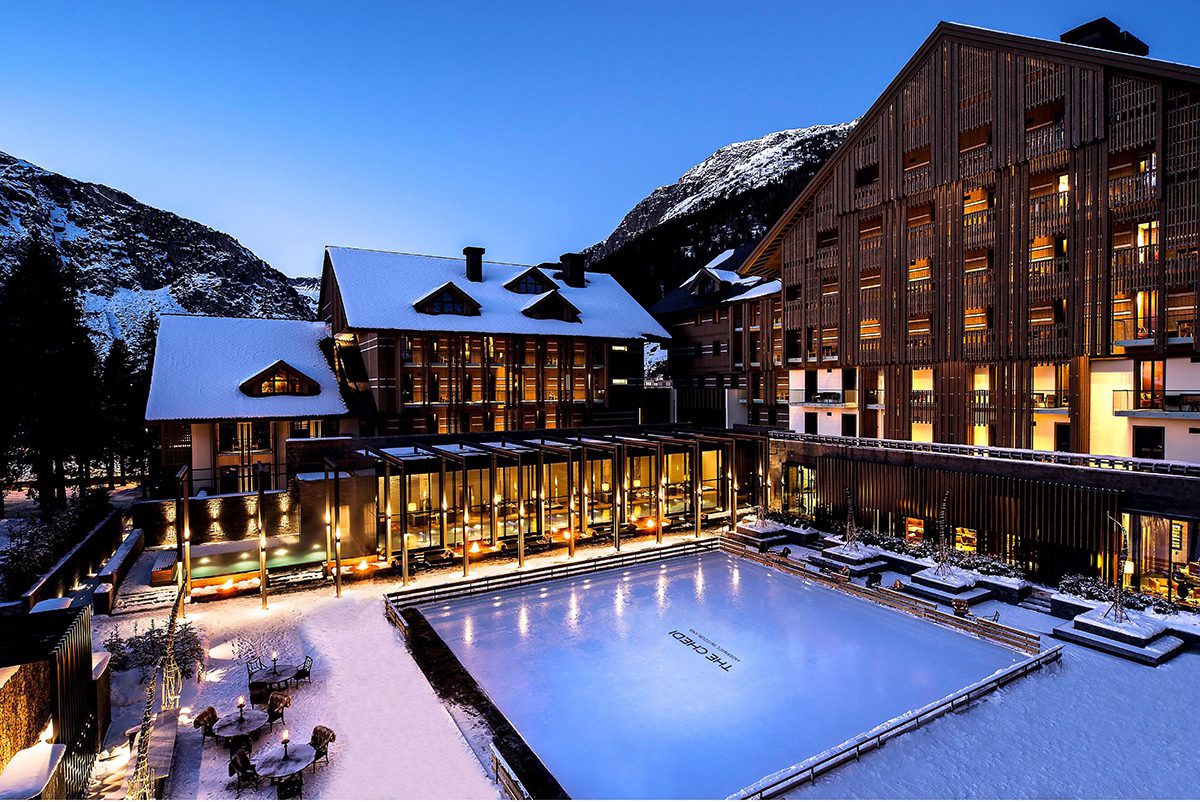
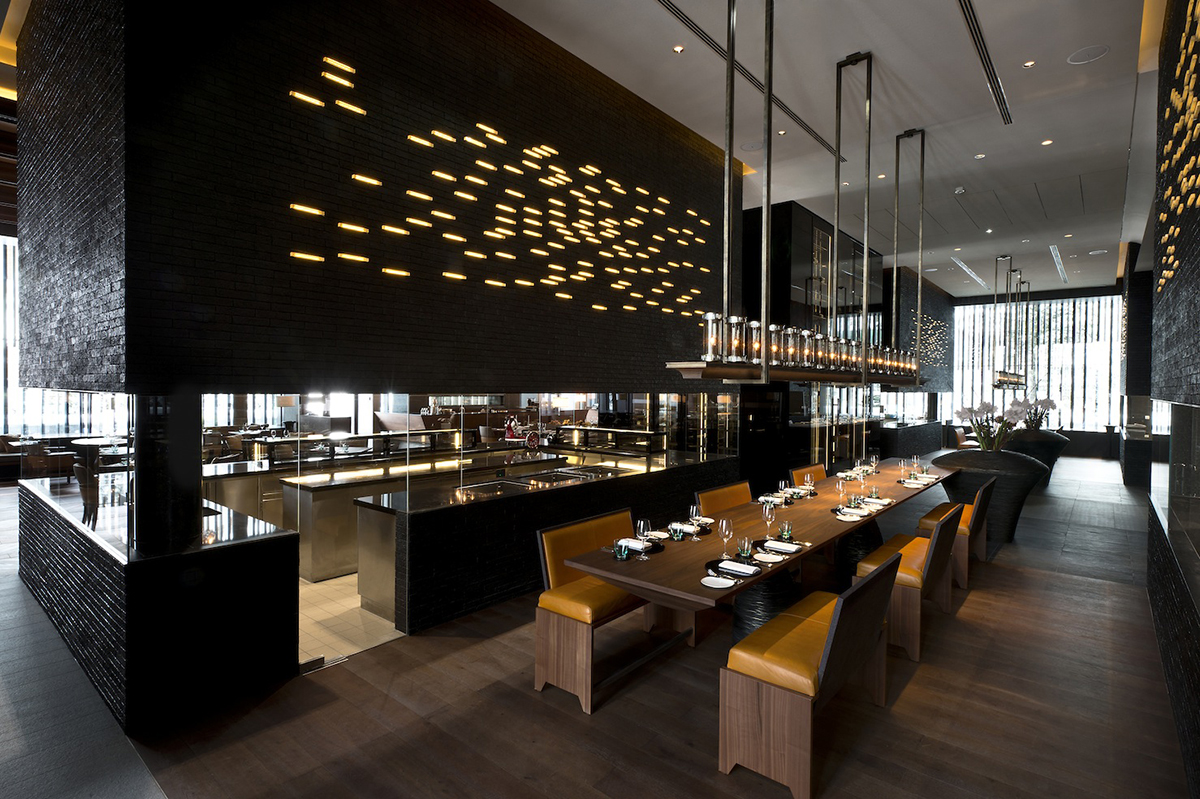
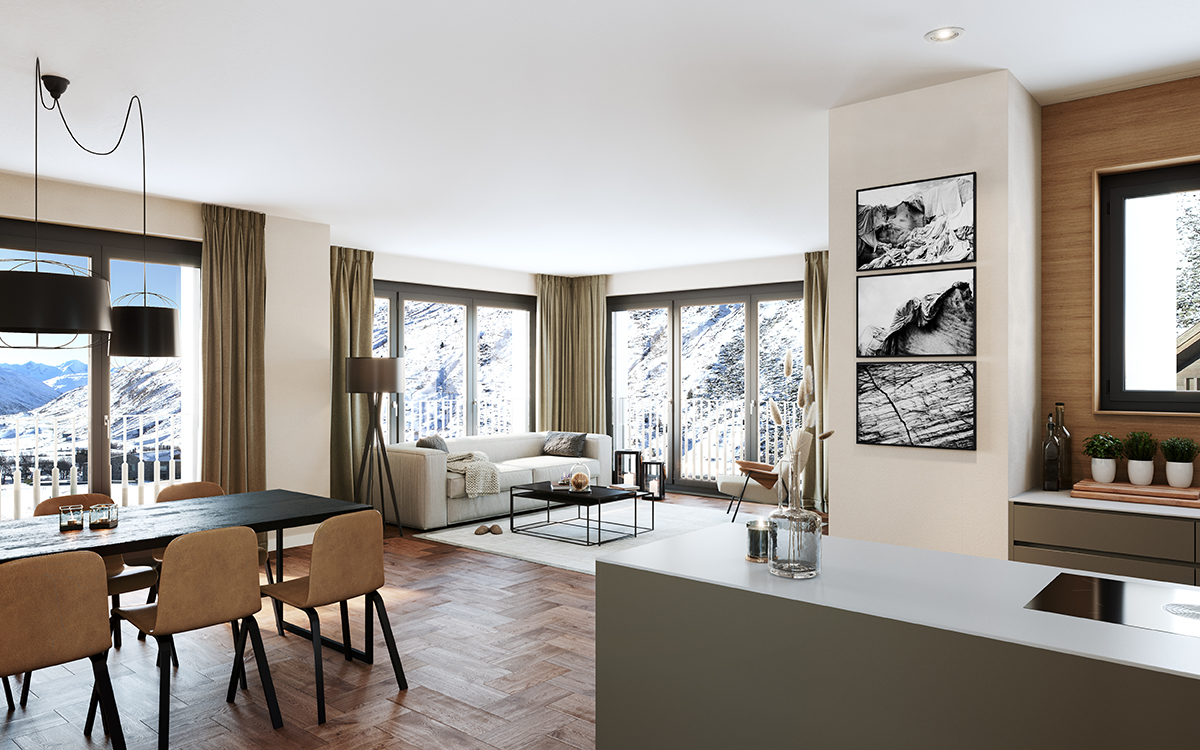
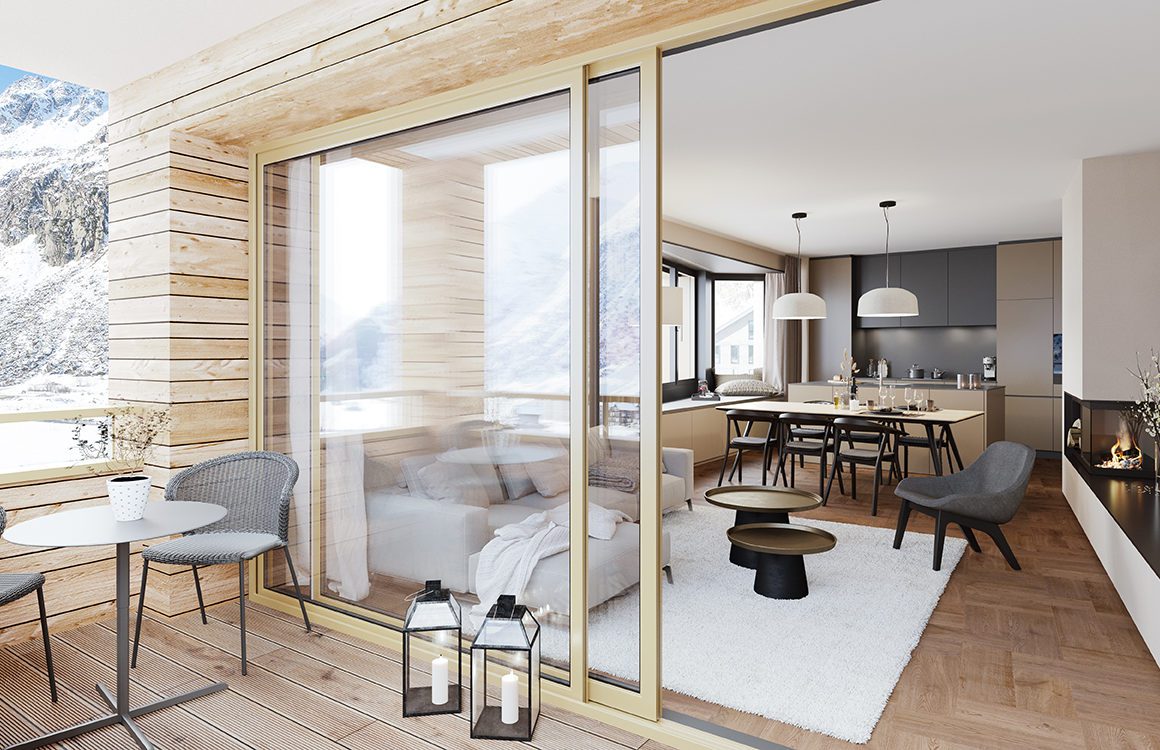
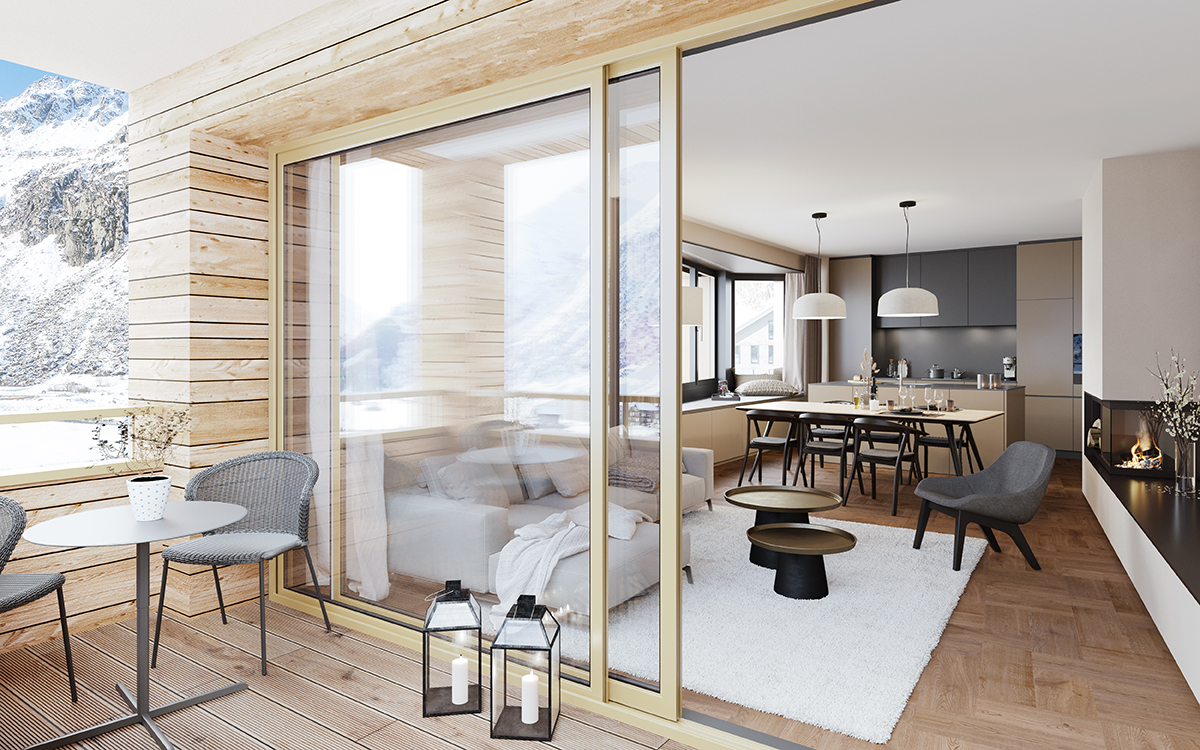
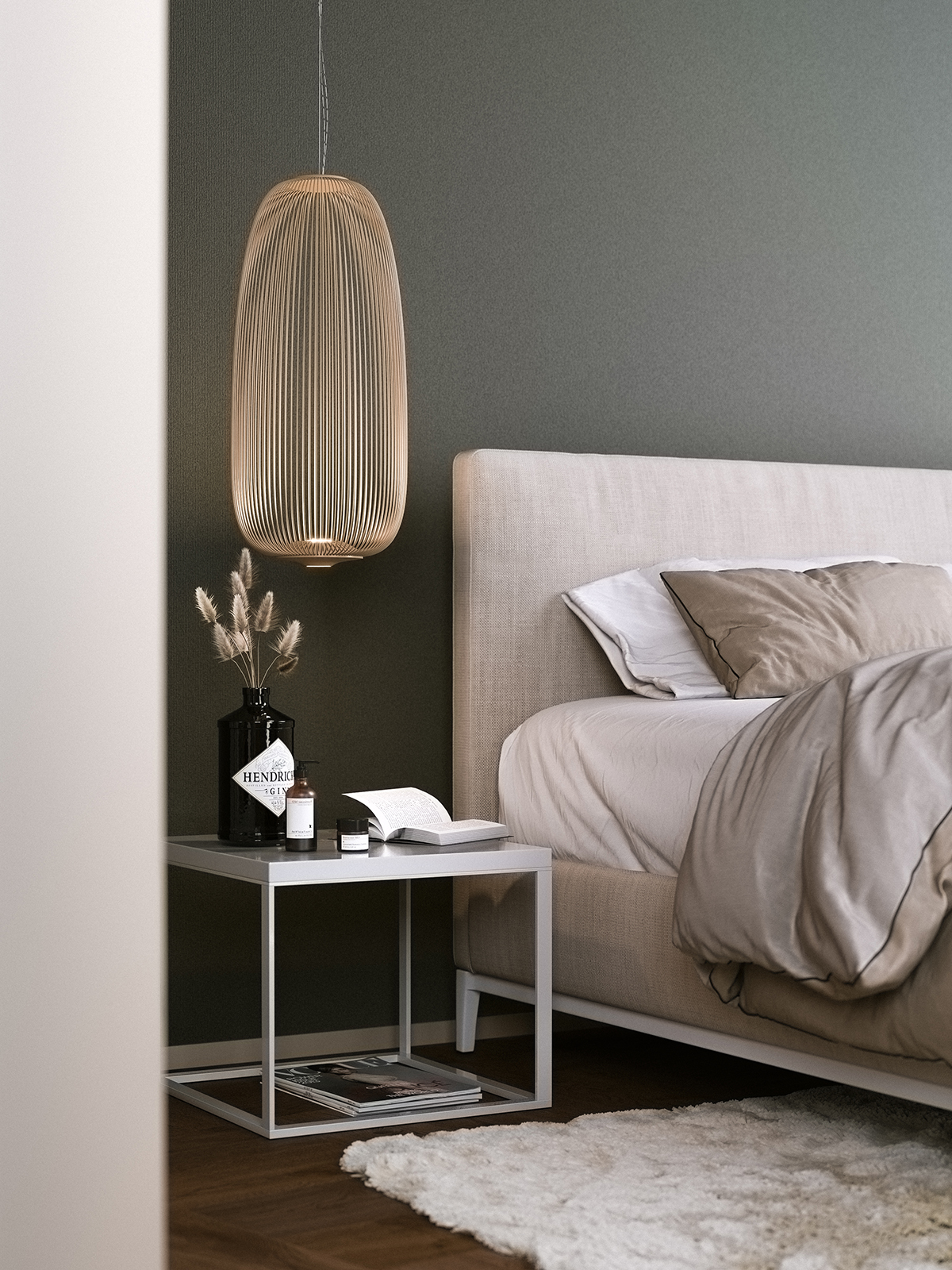

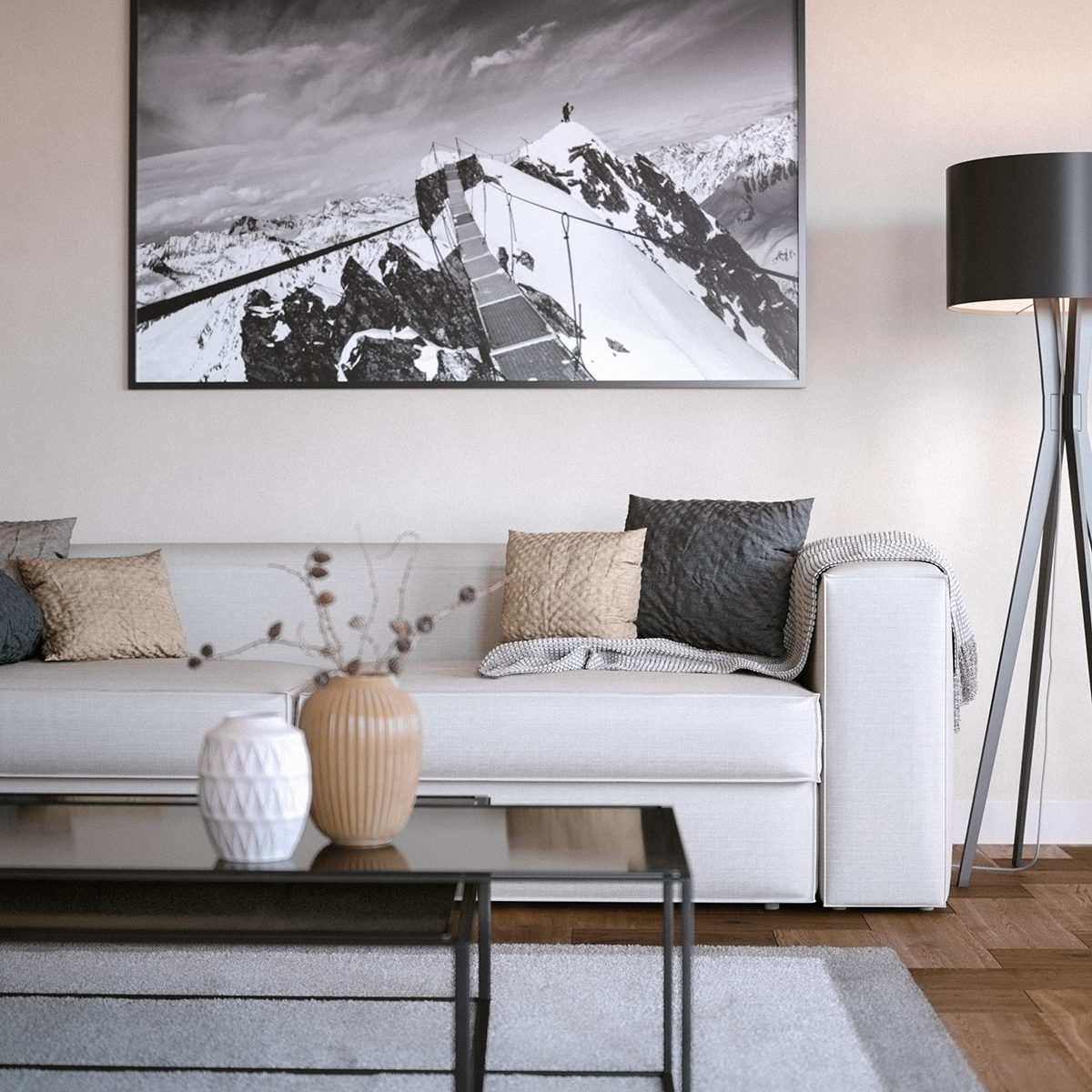

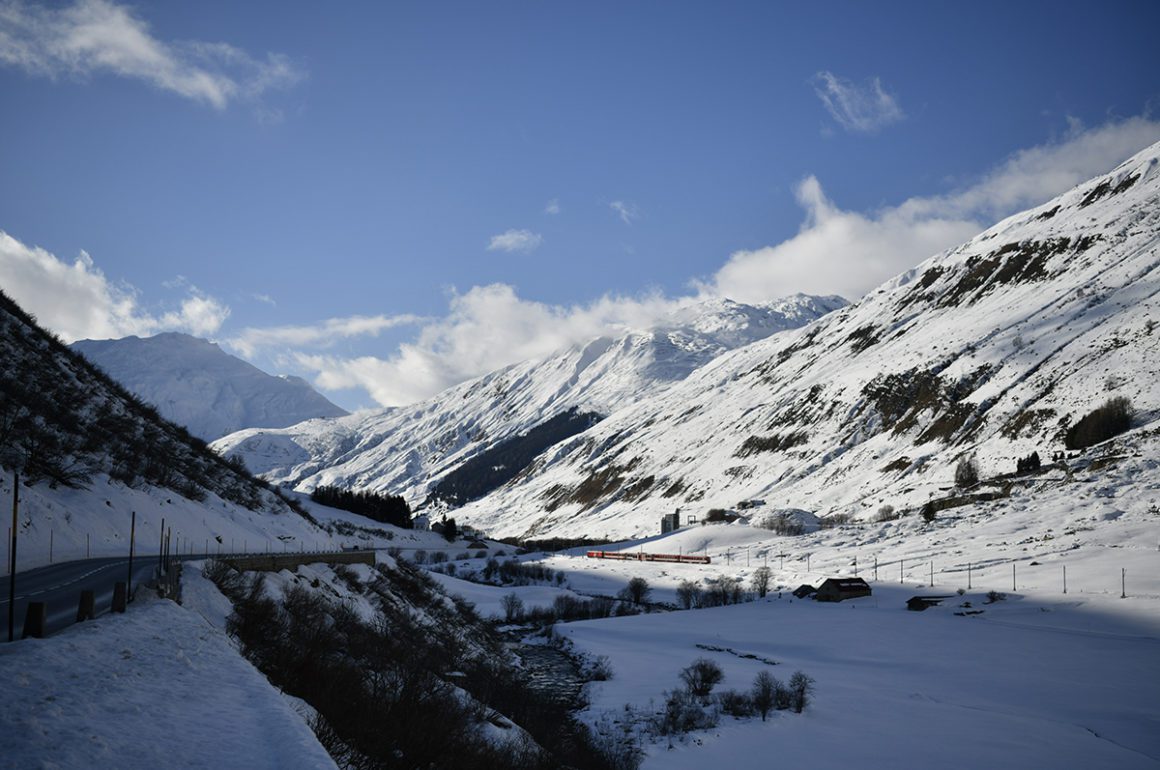
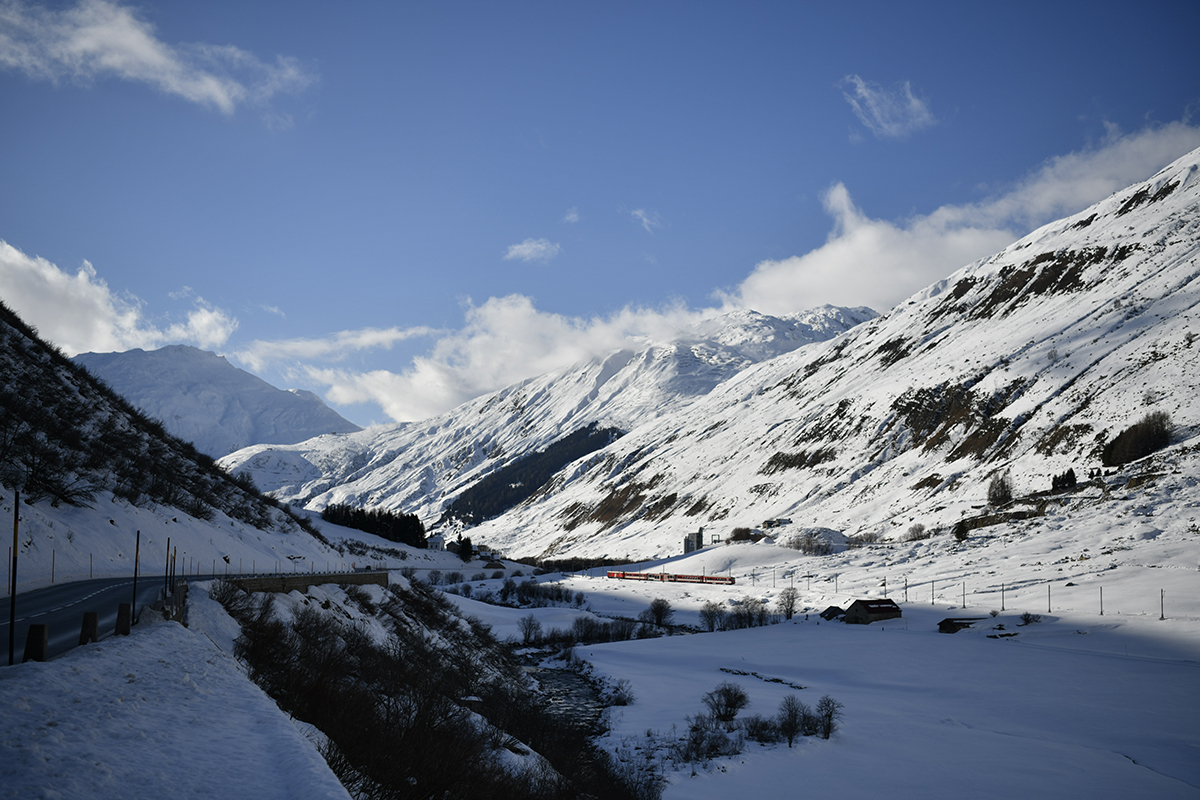
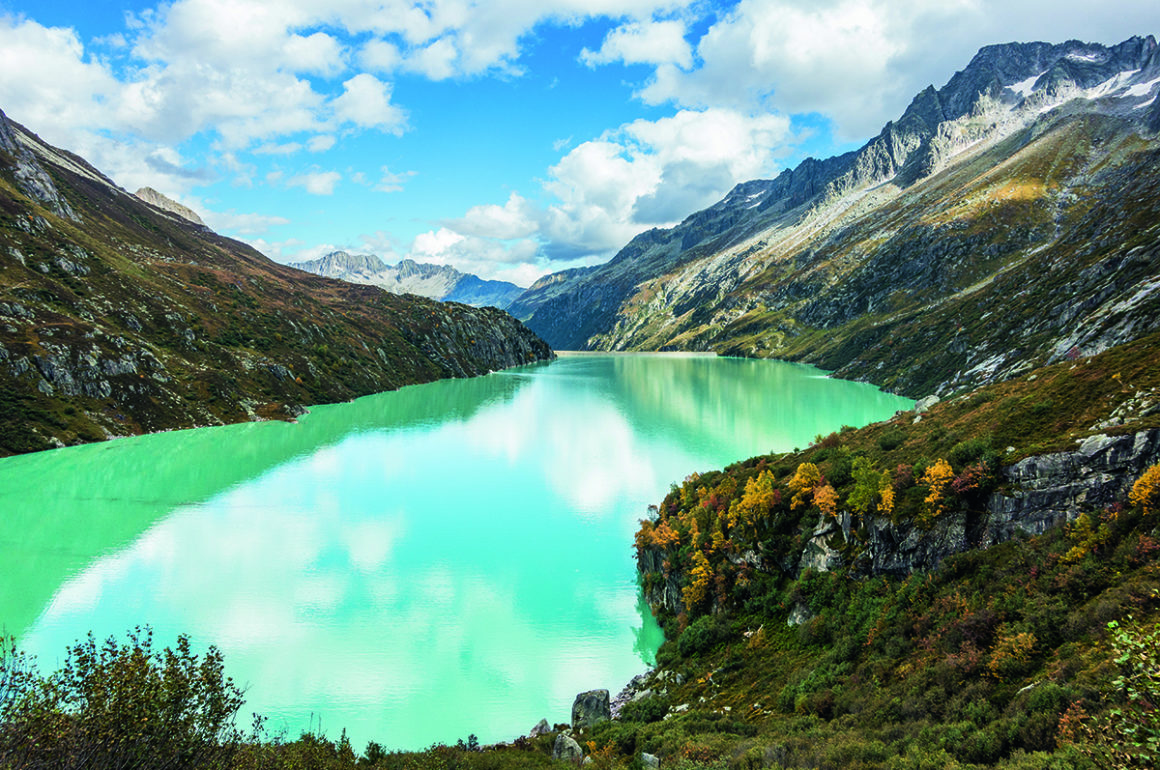
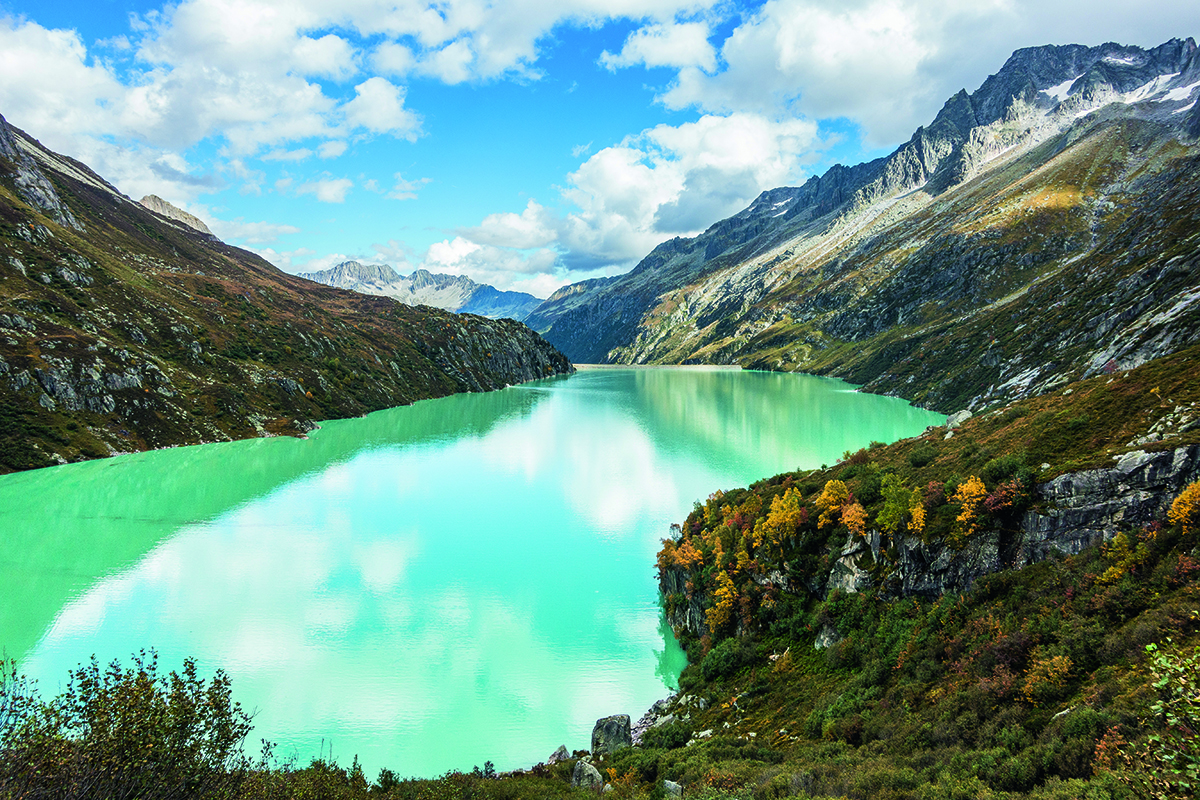
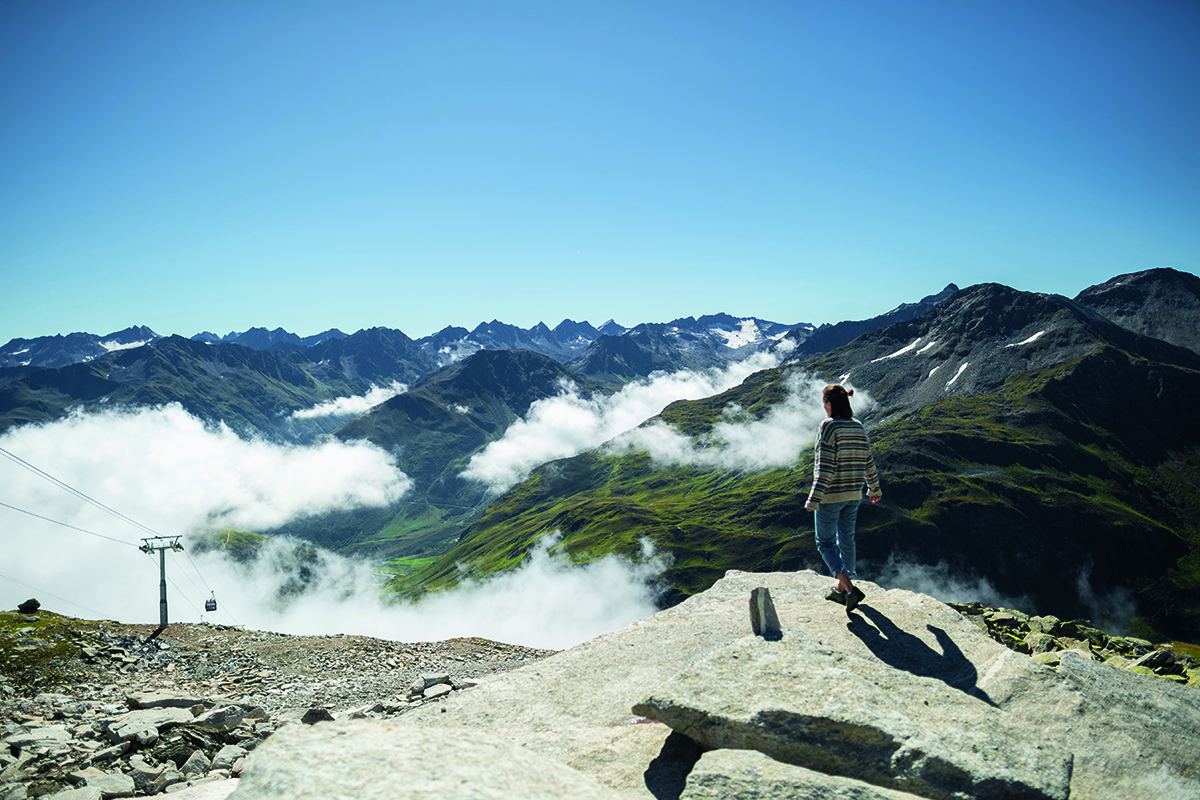
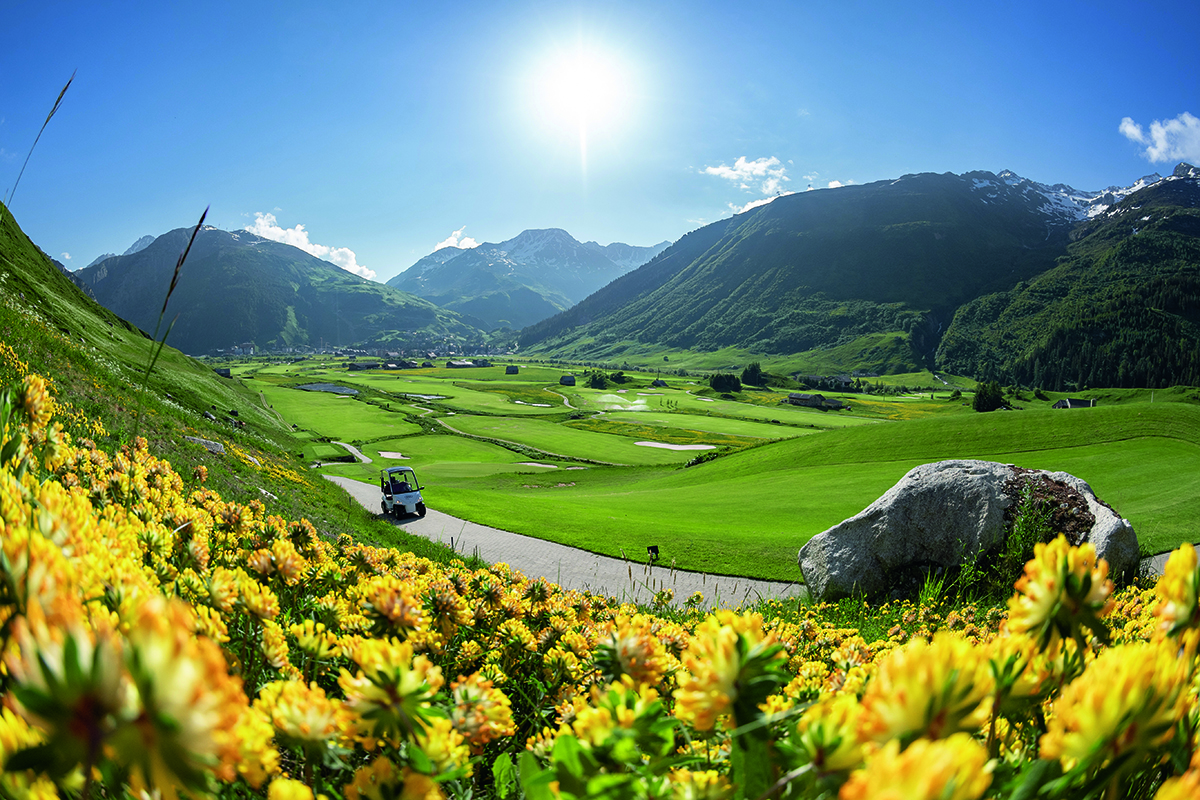
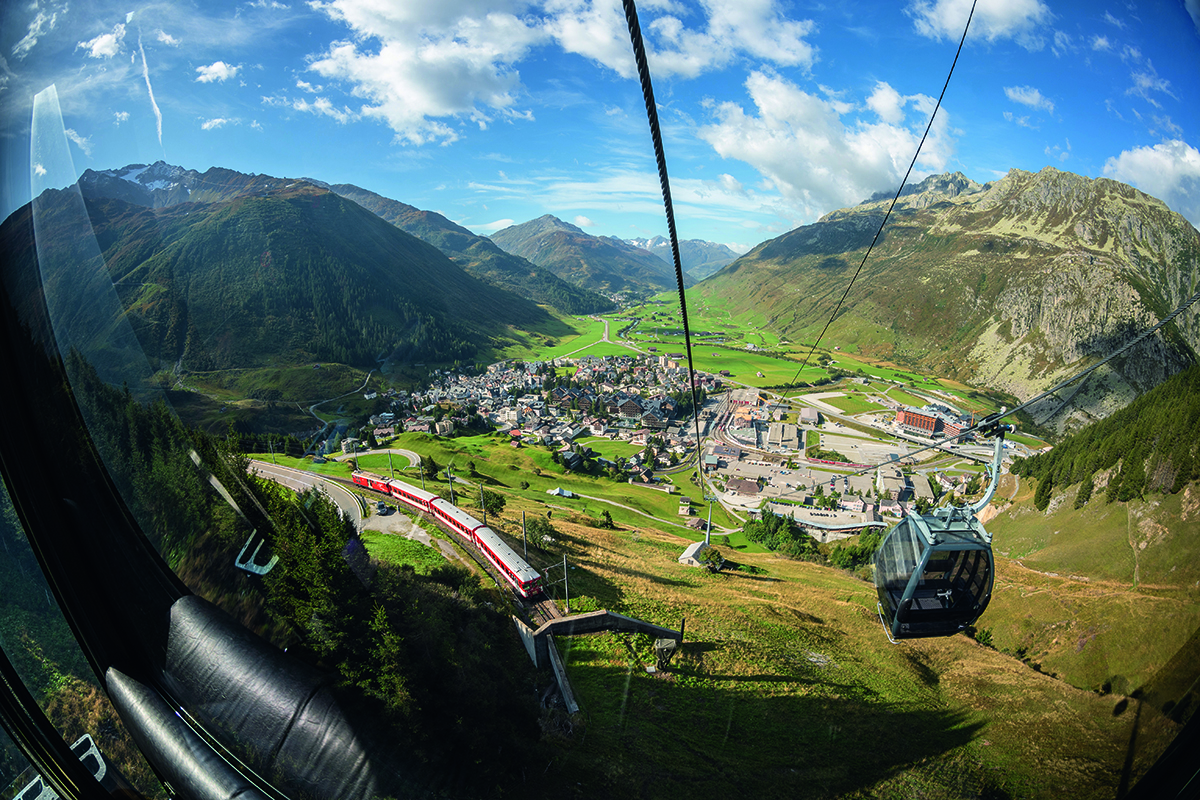
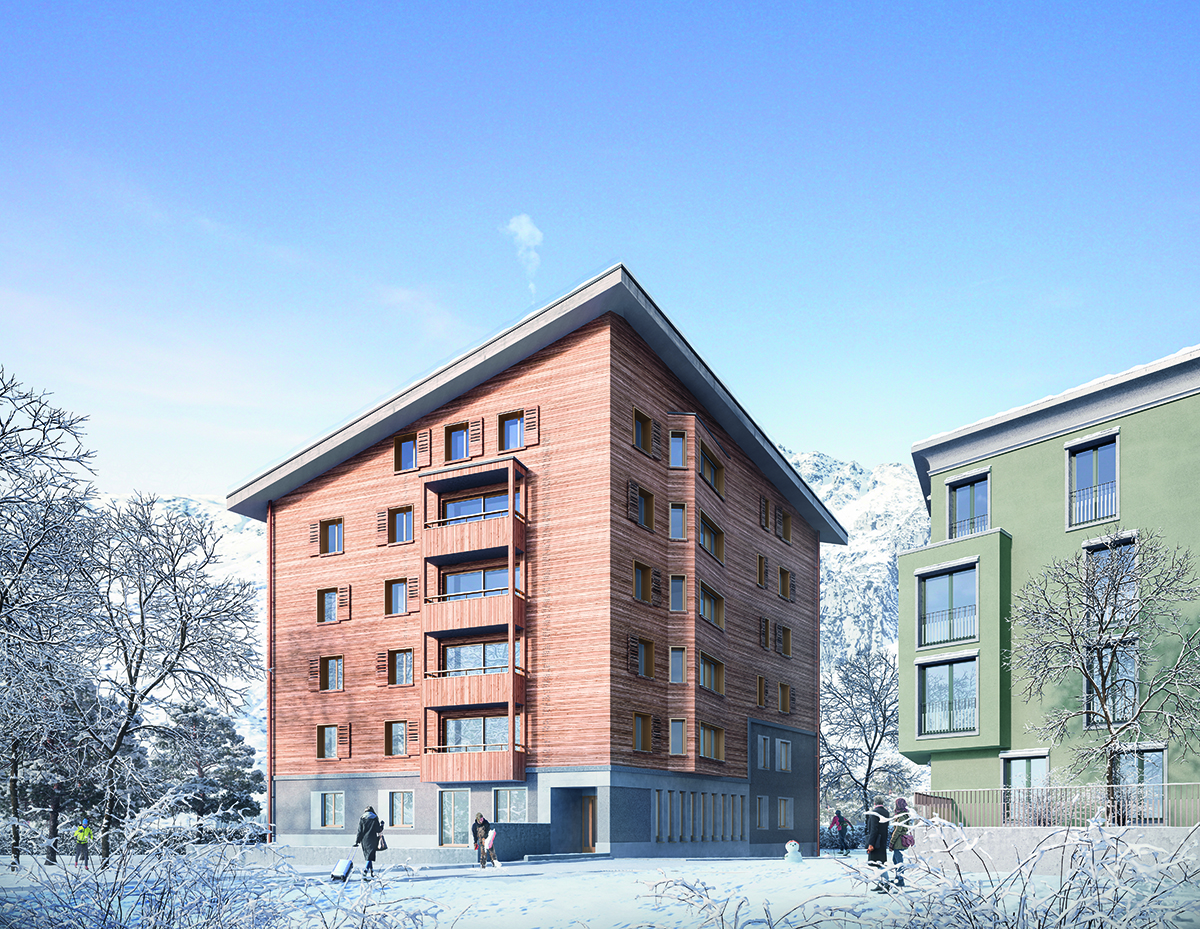

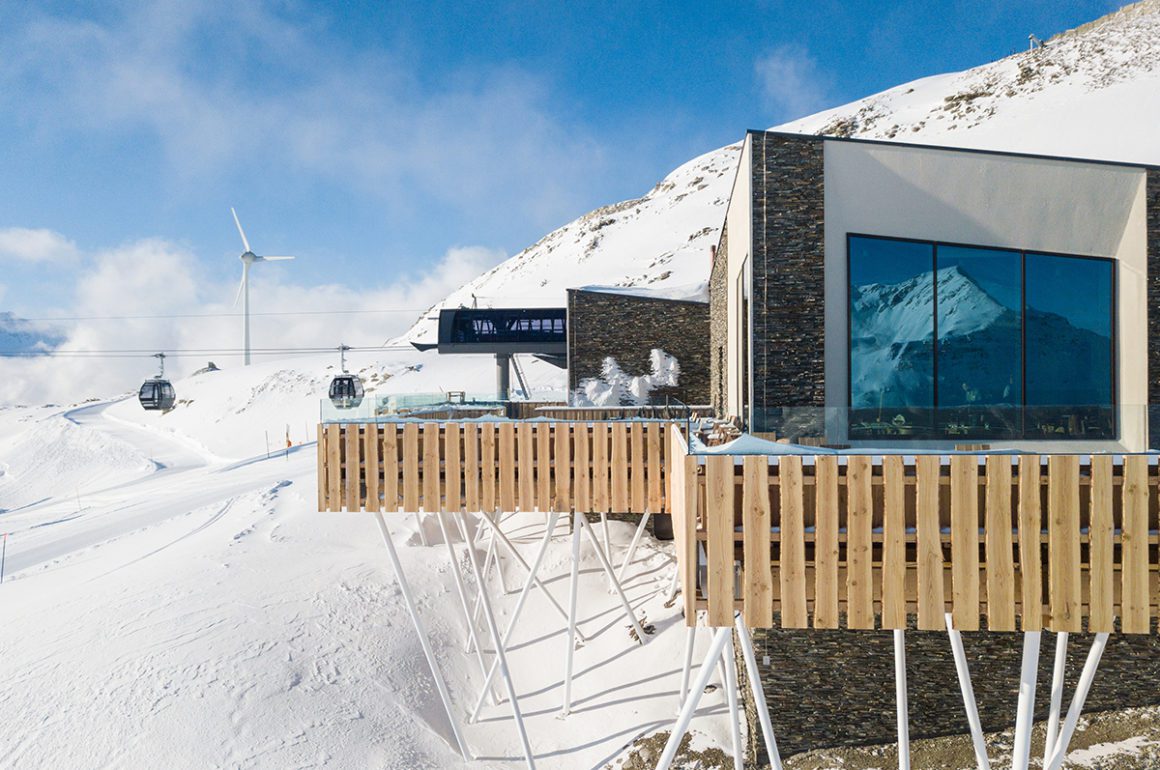
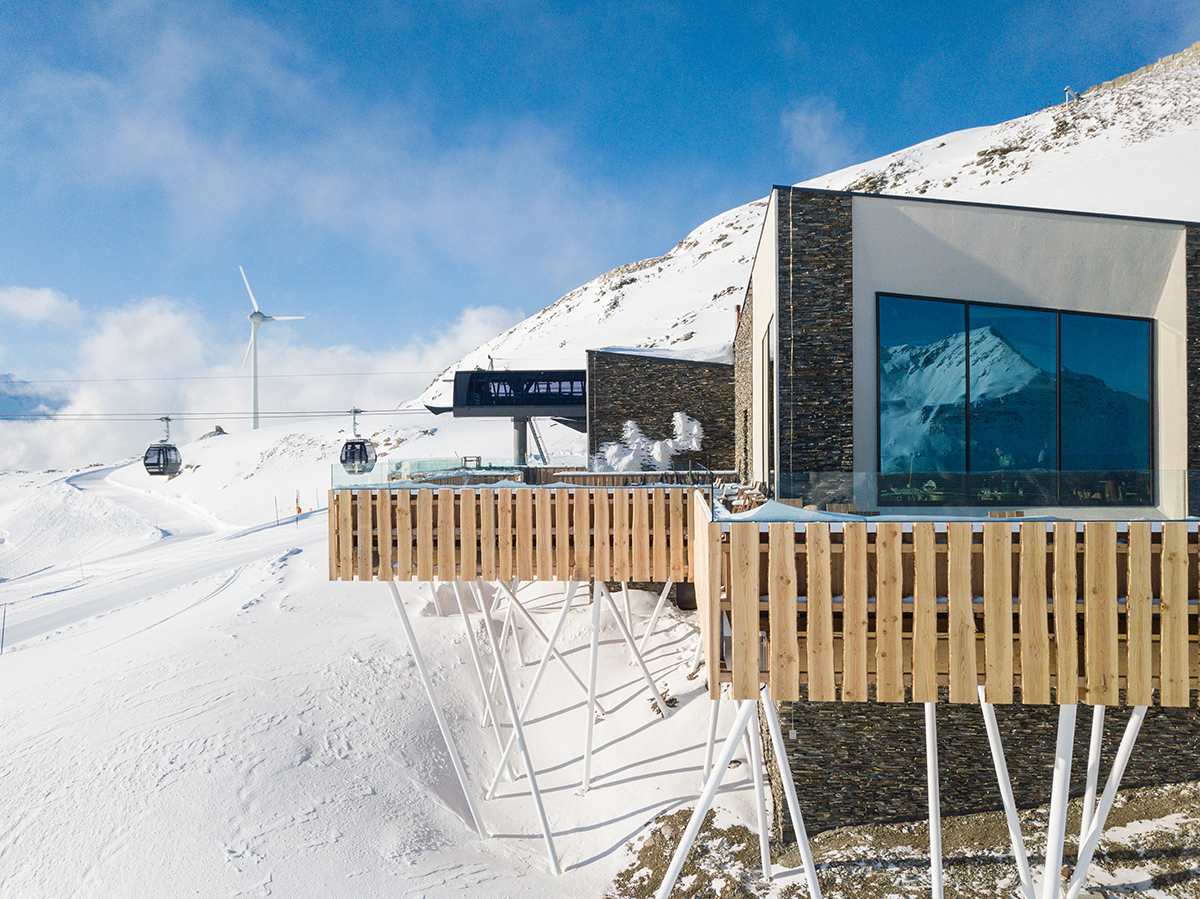
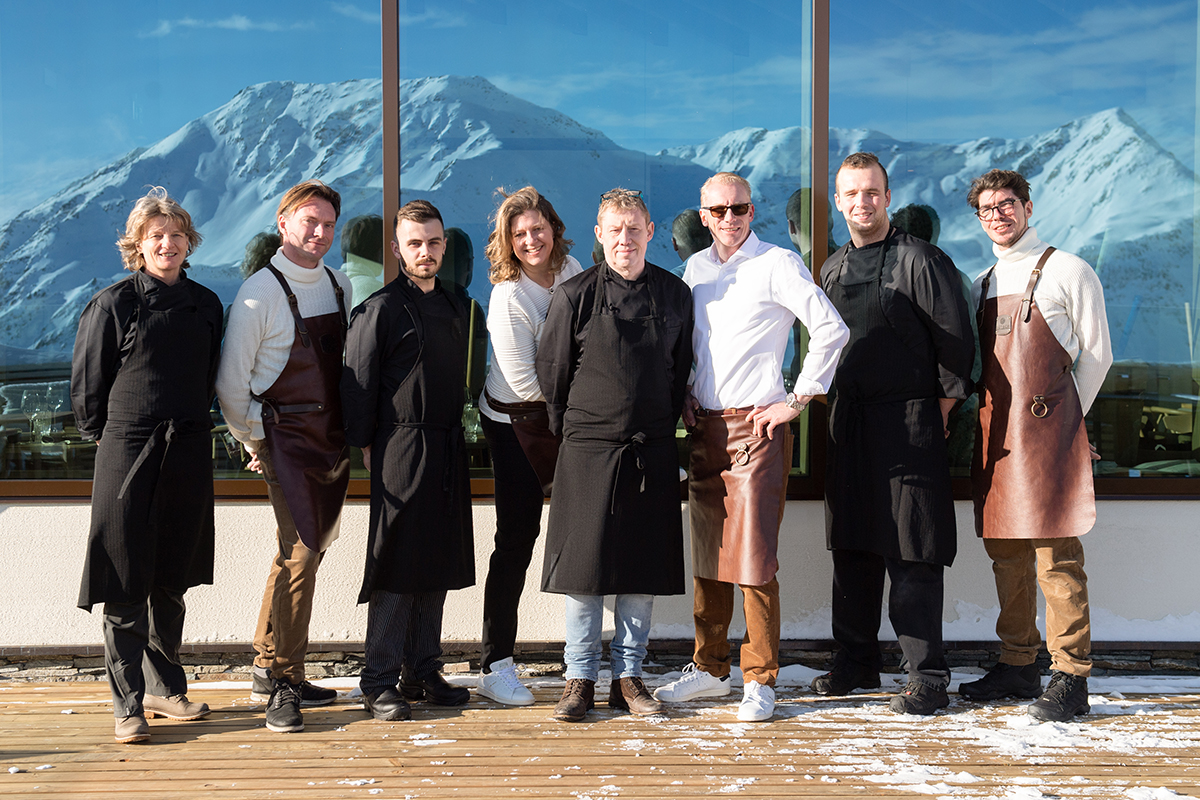
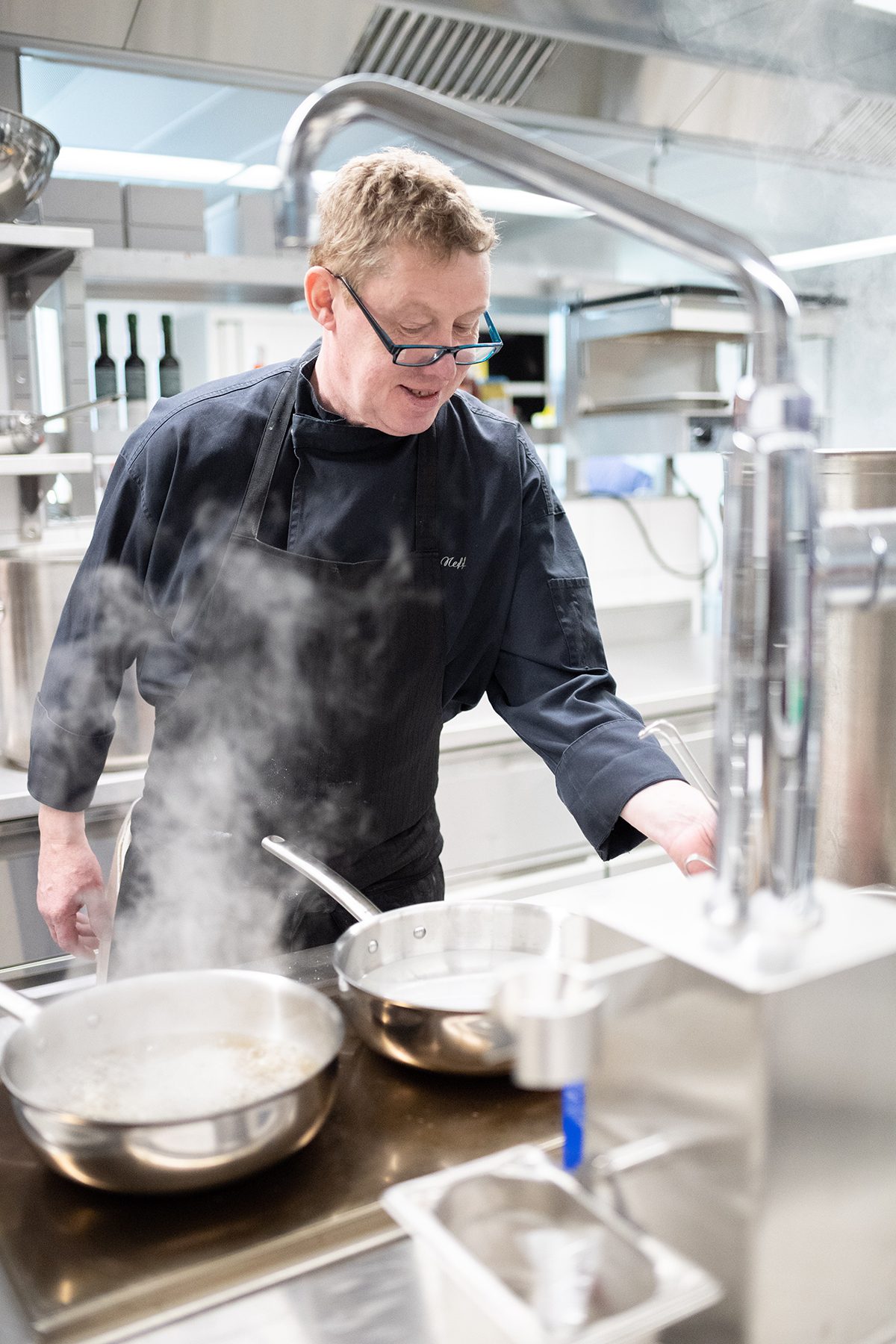
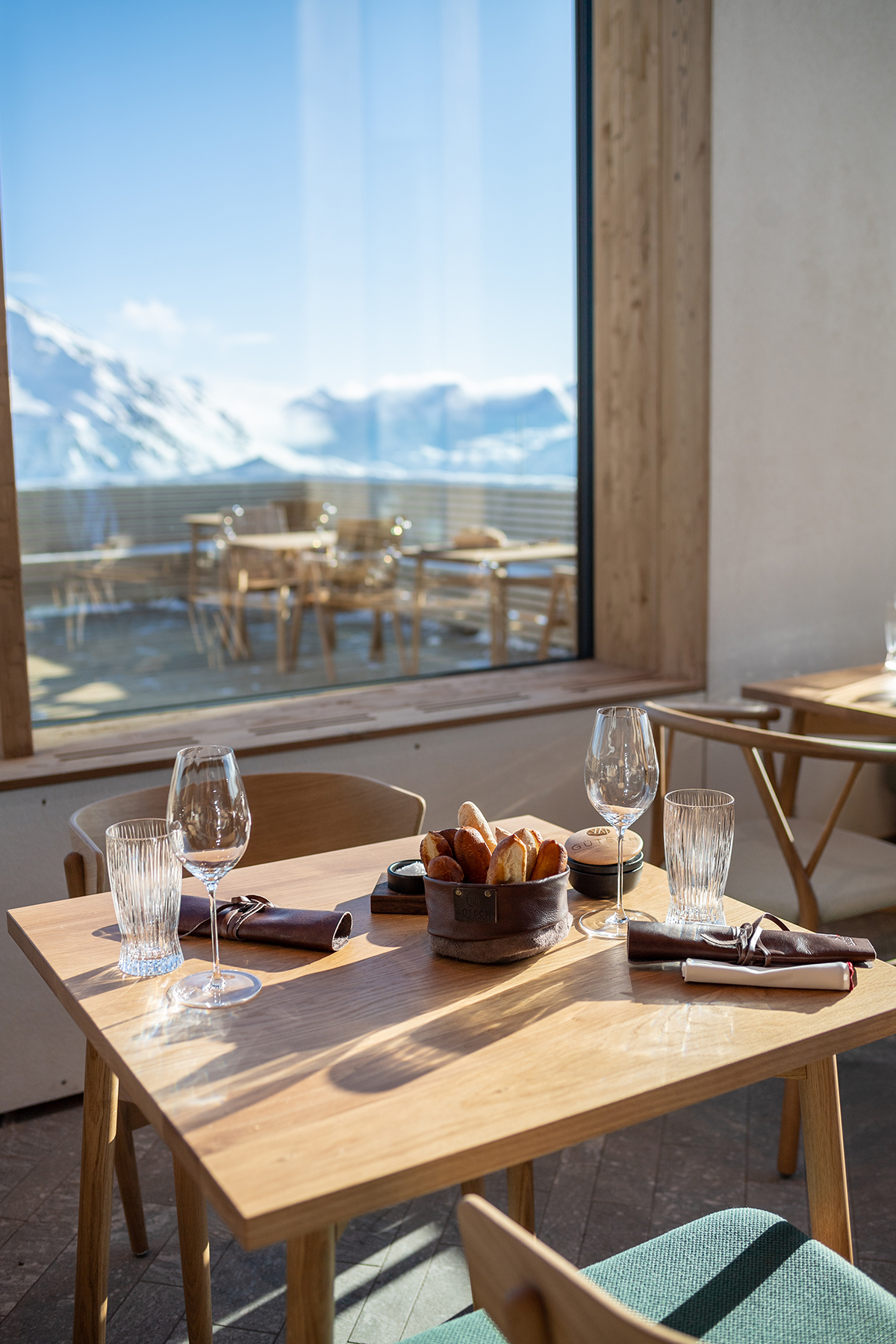
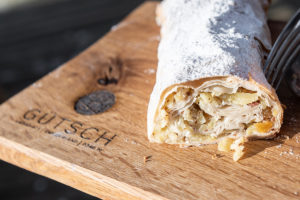


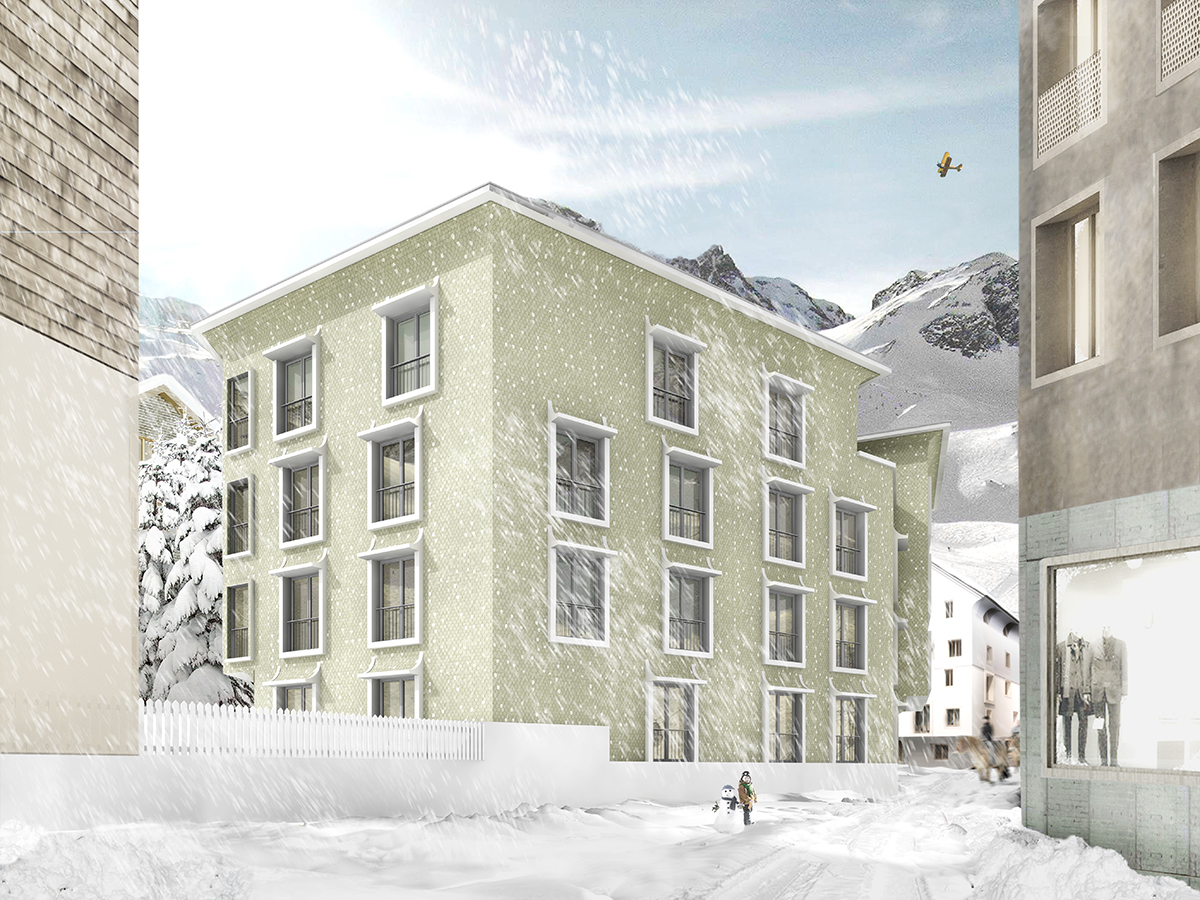
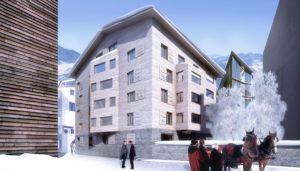 In 2020, the building of two new residential properties will commence for those who are looking to own in
In 2020, the building of two new residential properties will commence for those who are looking to own in 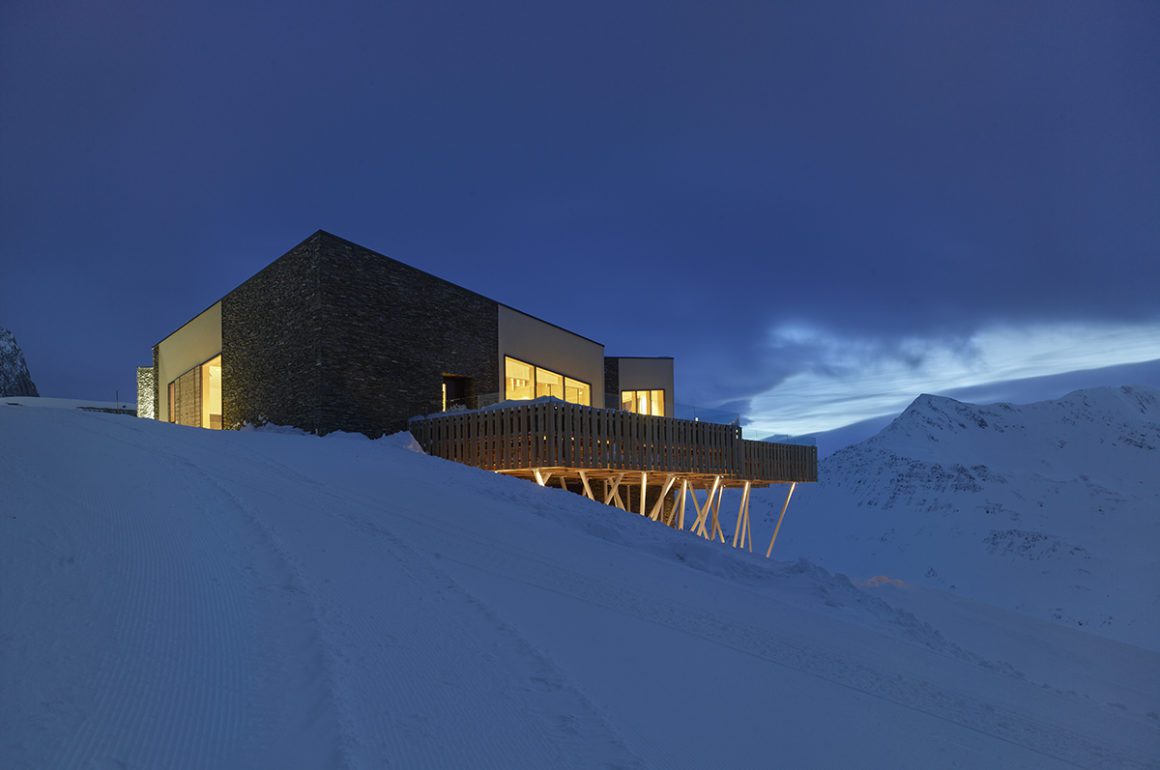
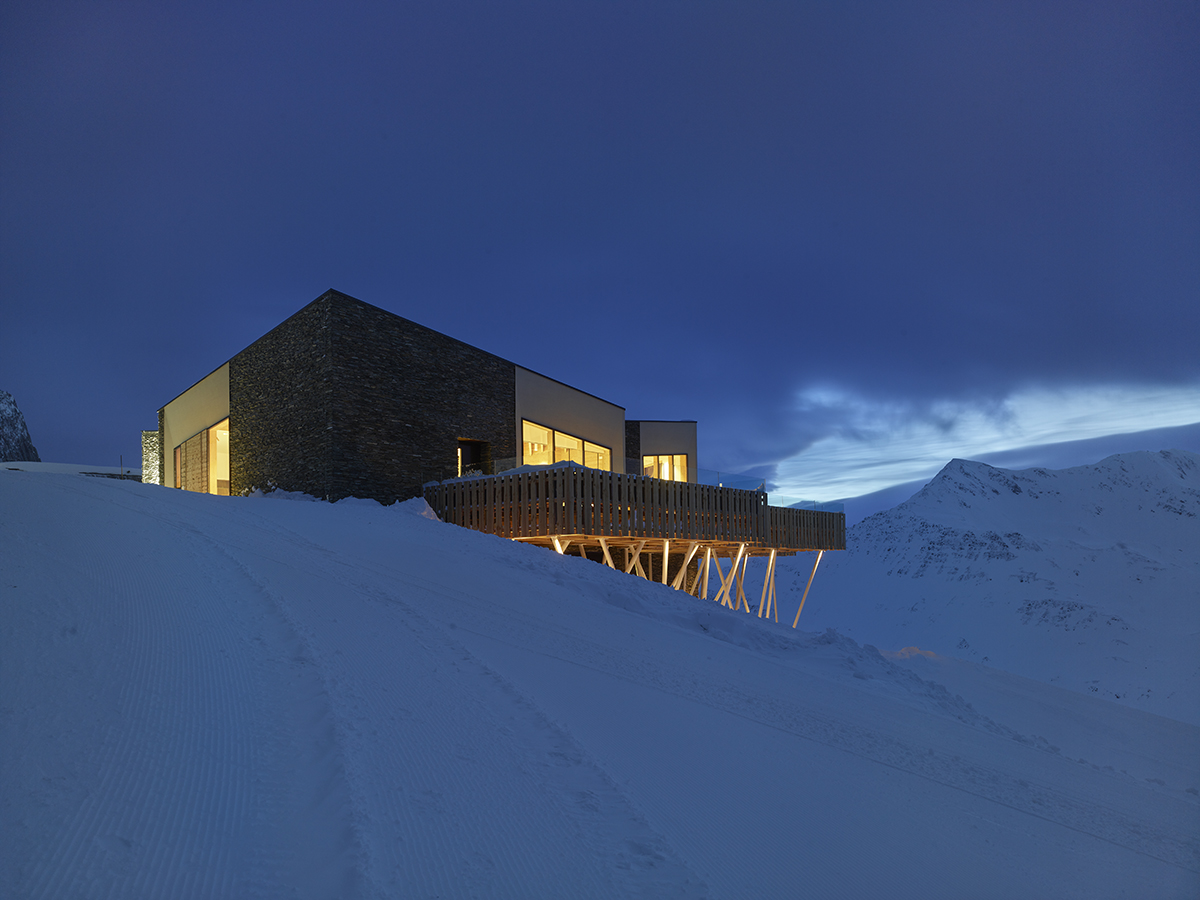

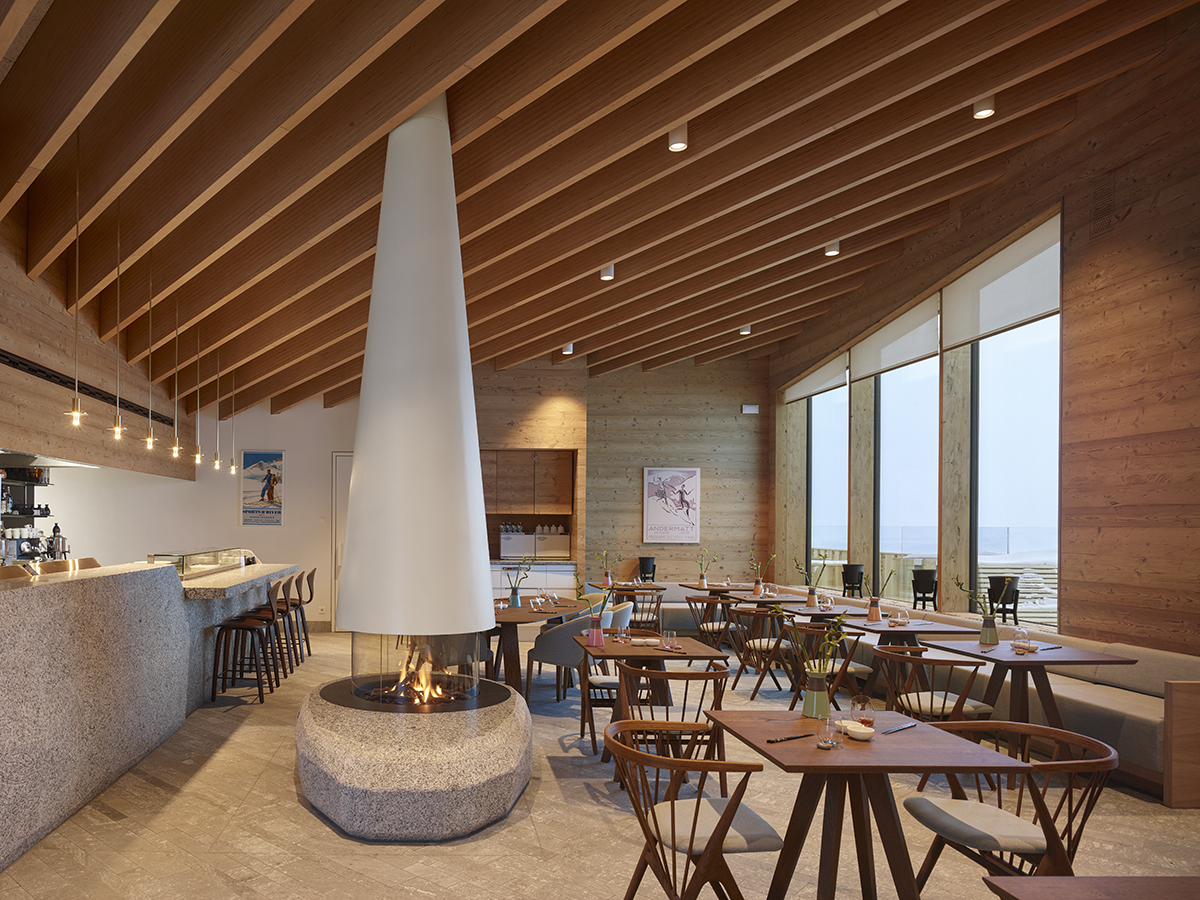

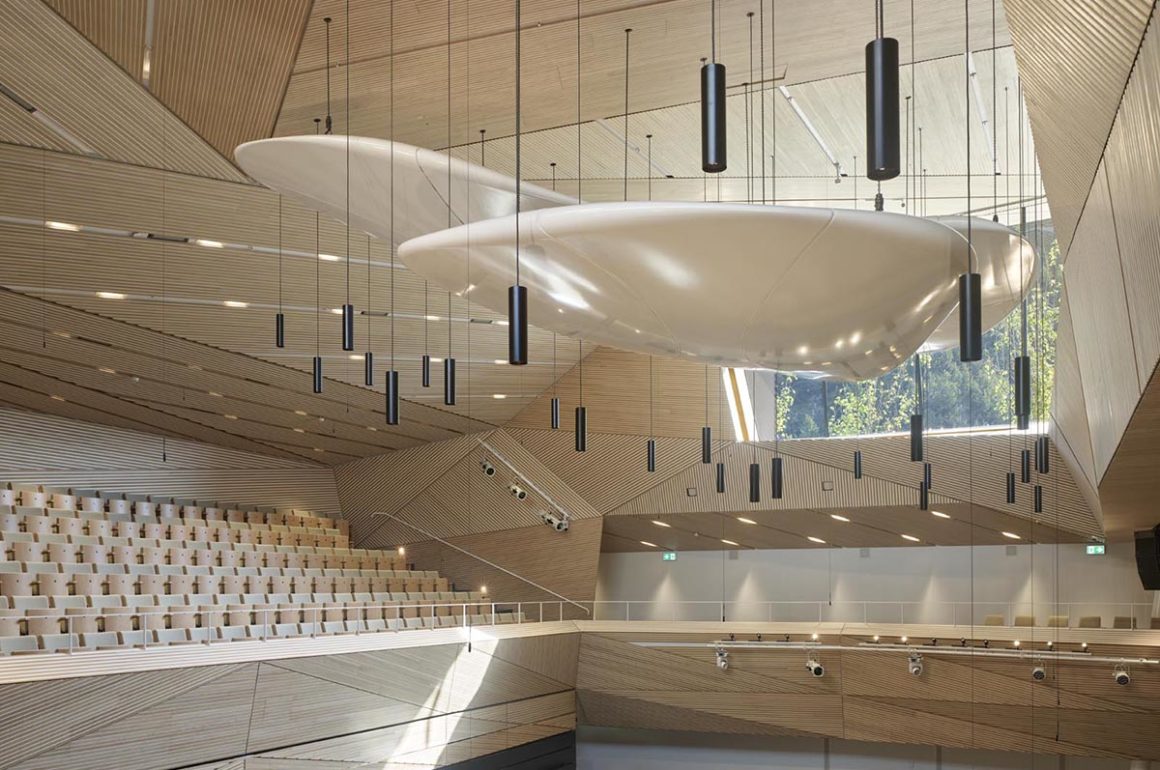
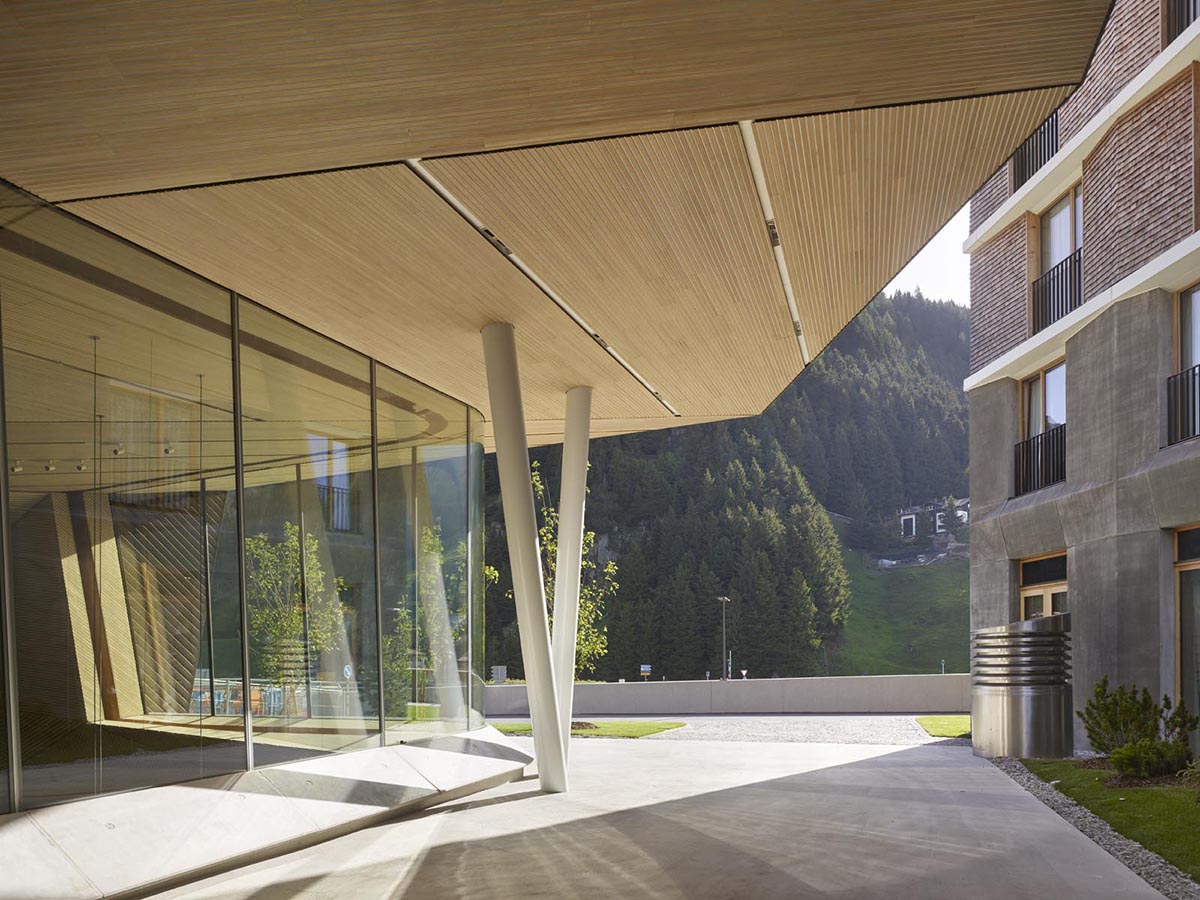
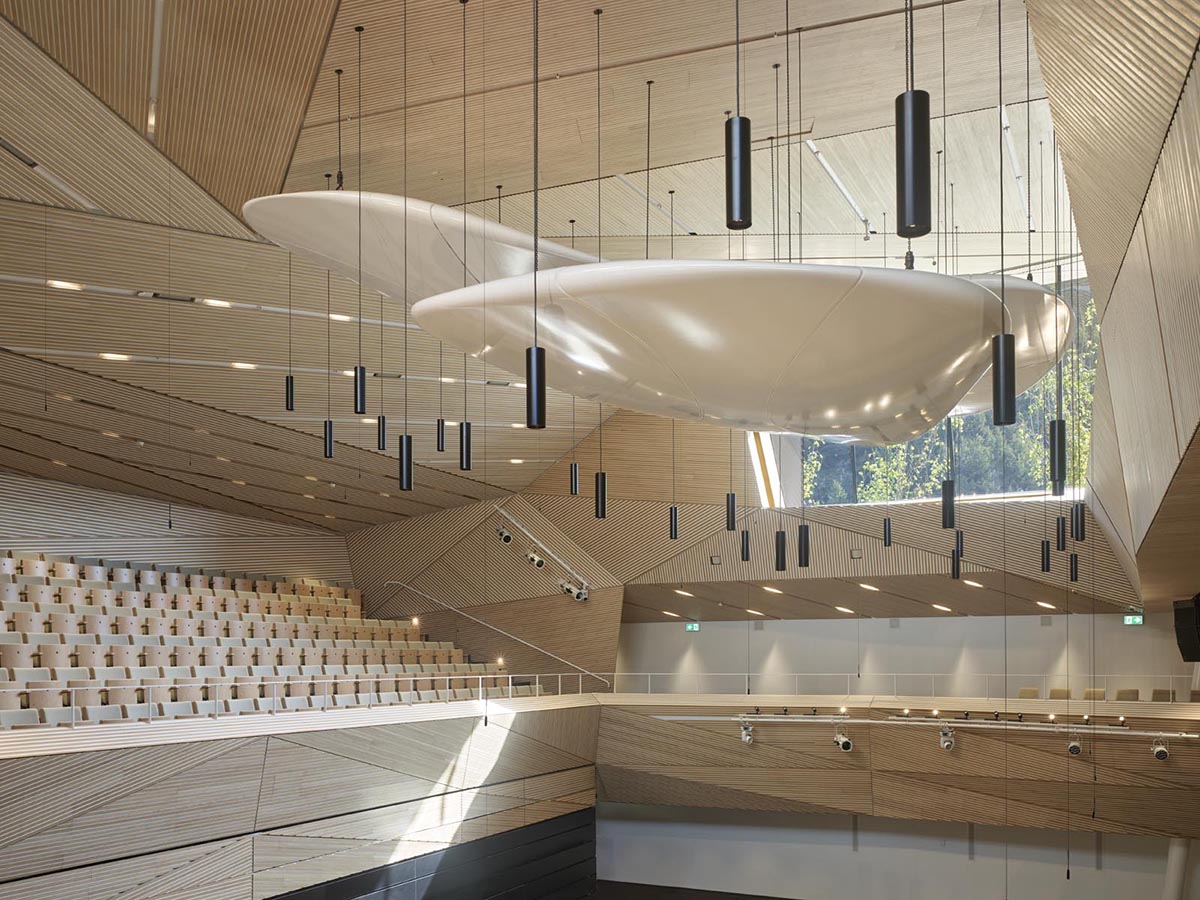
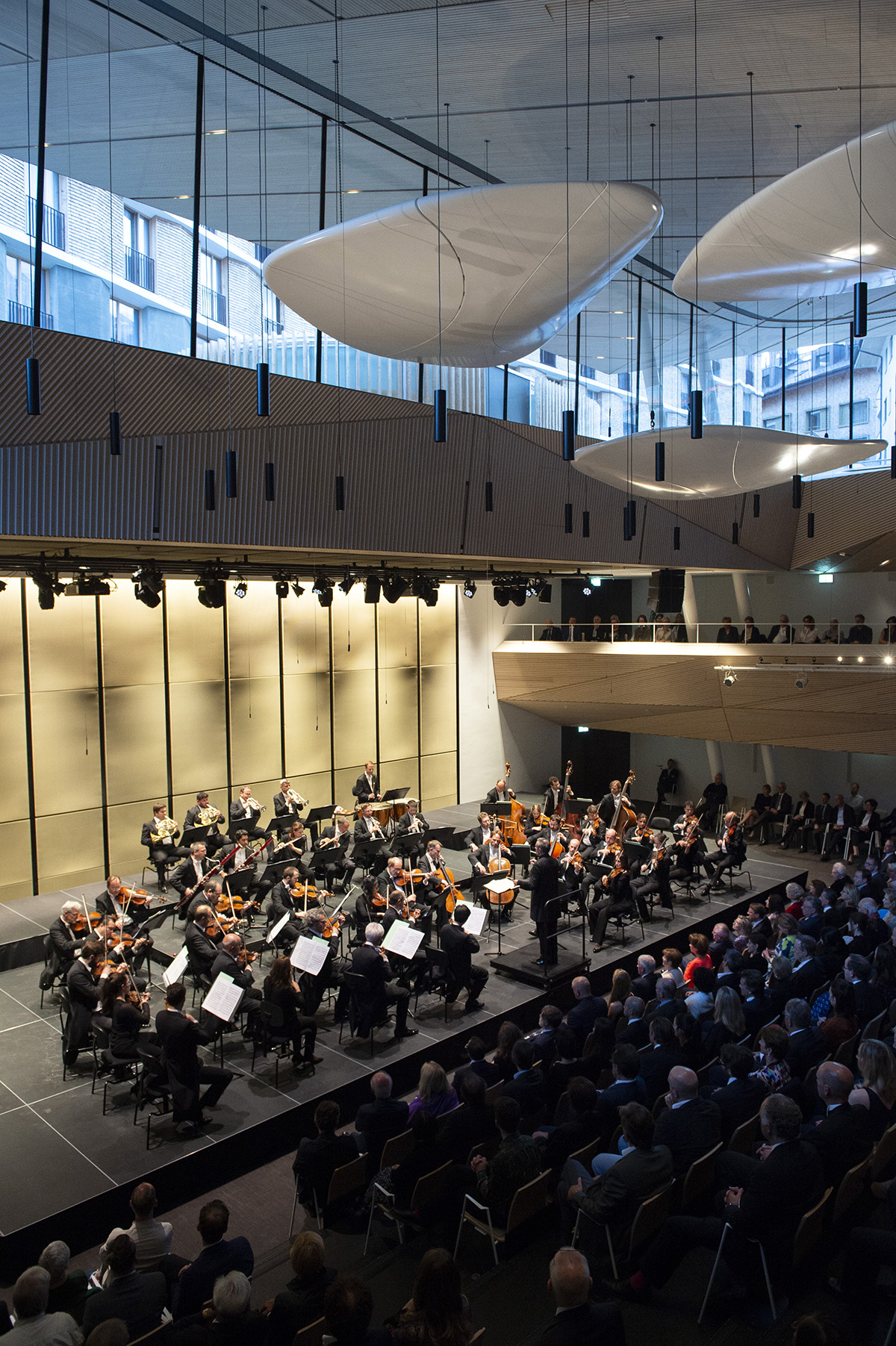
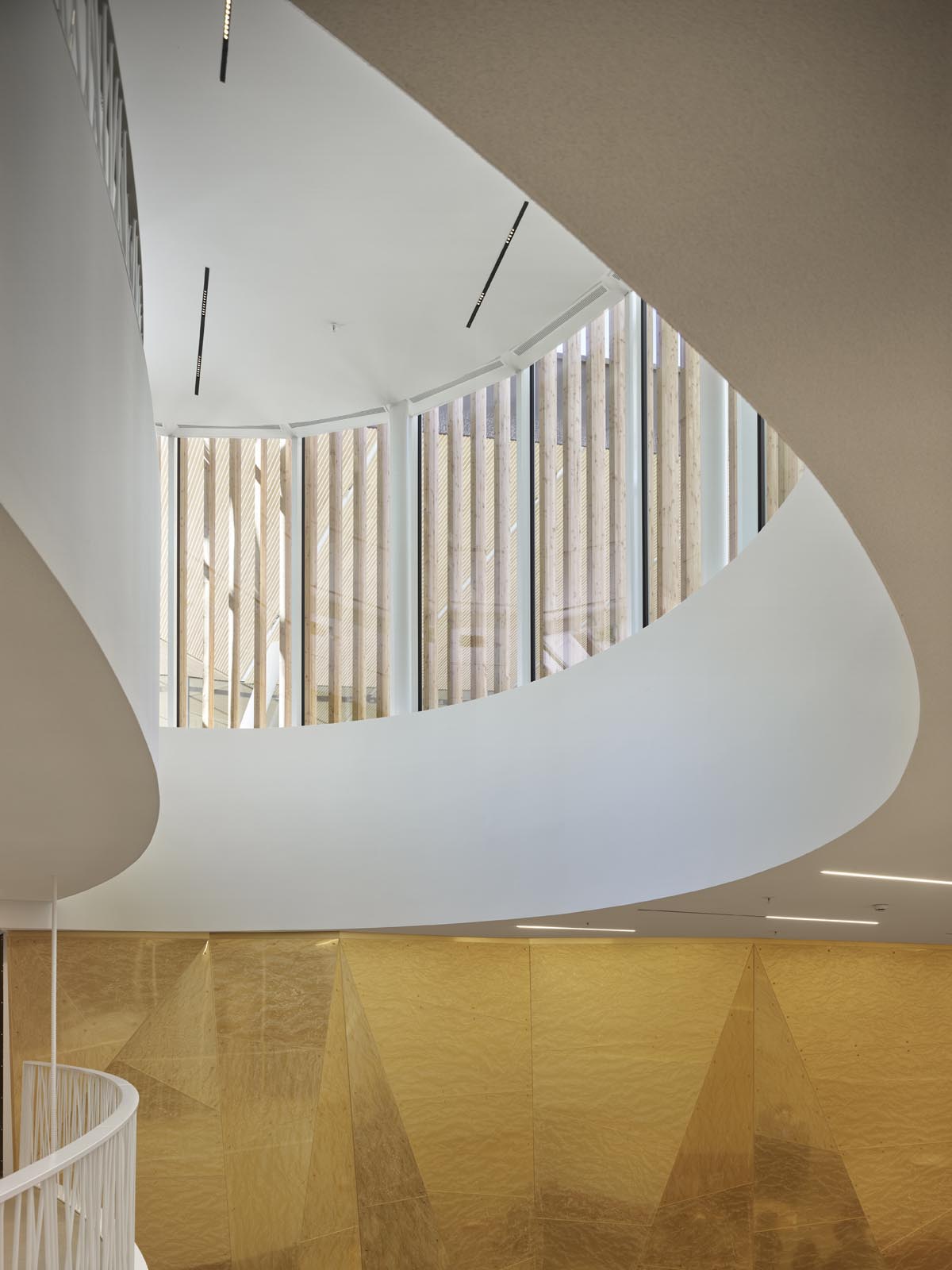
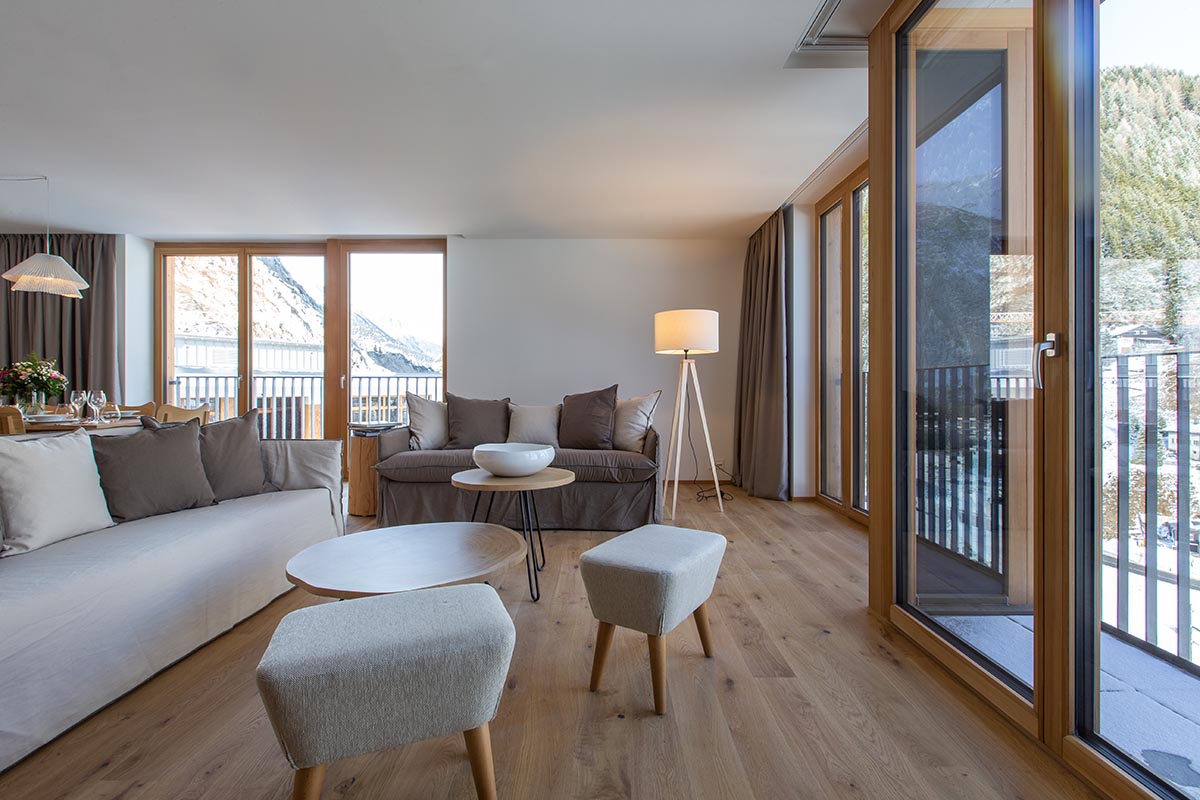
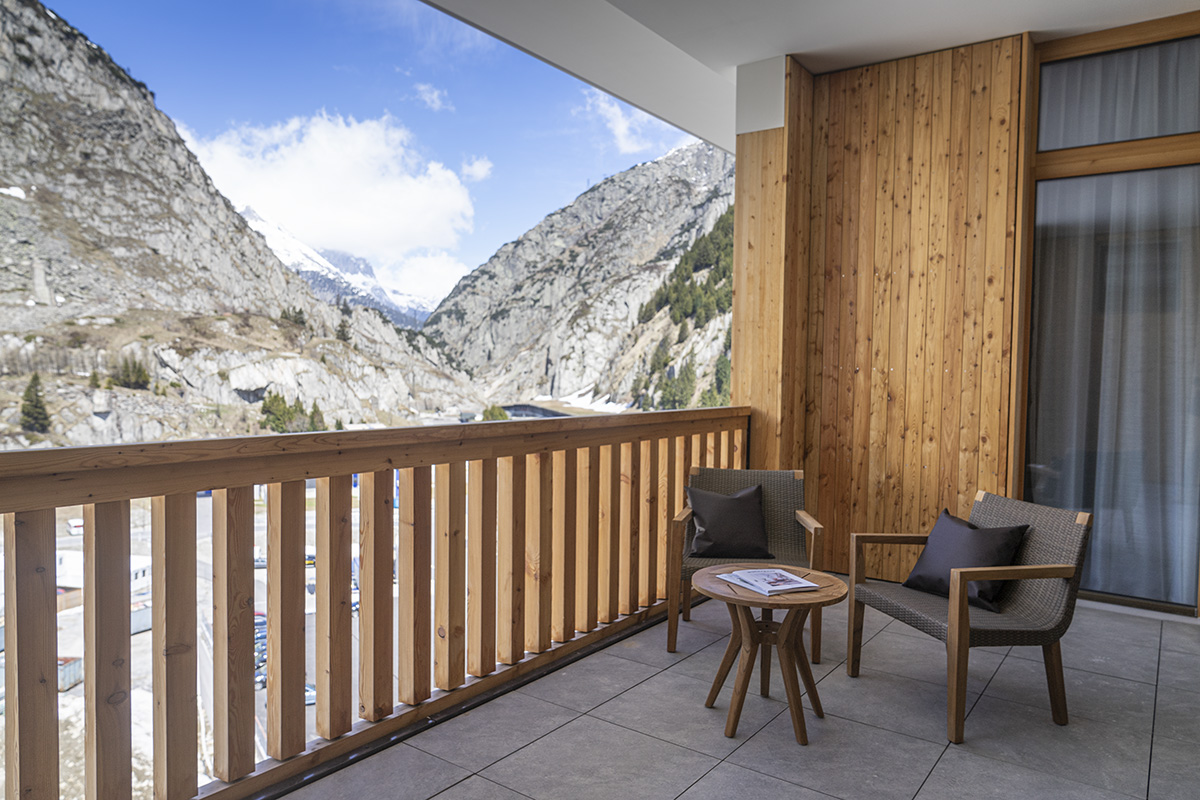

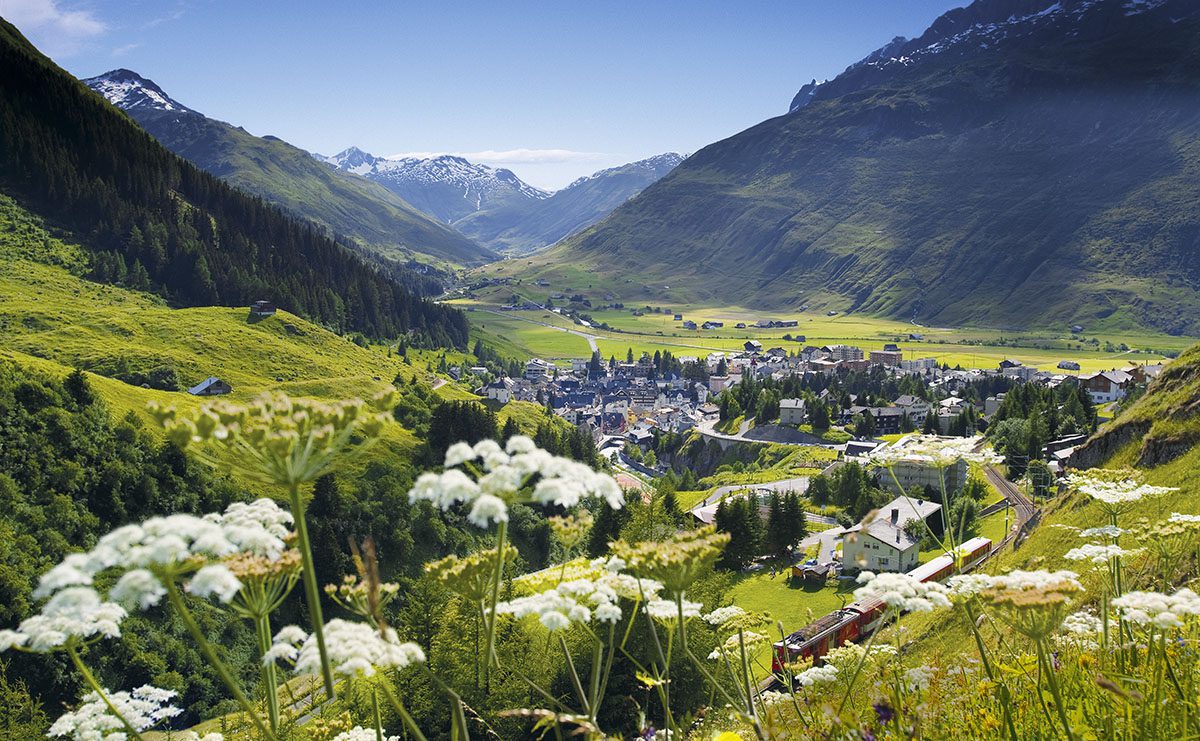
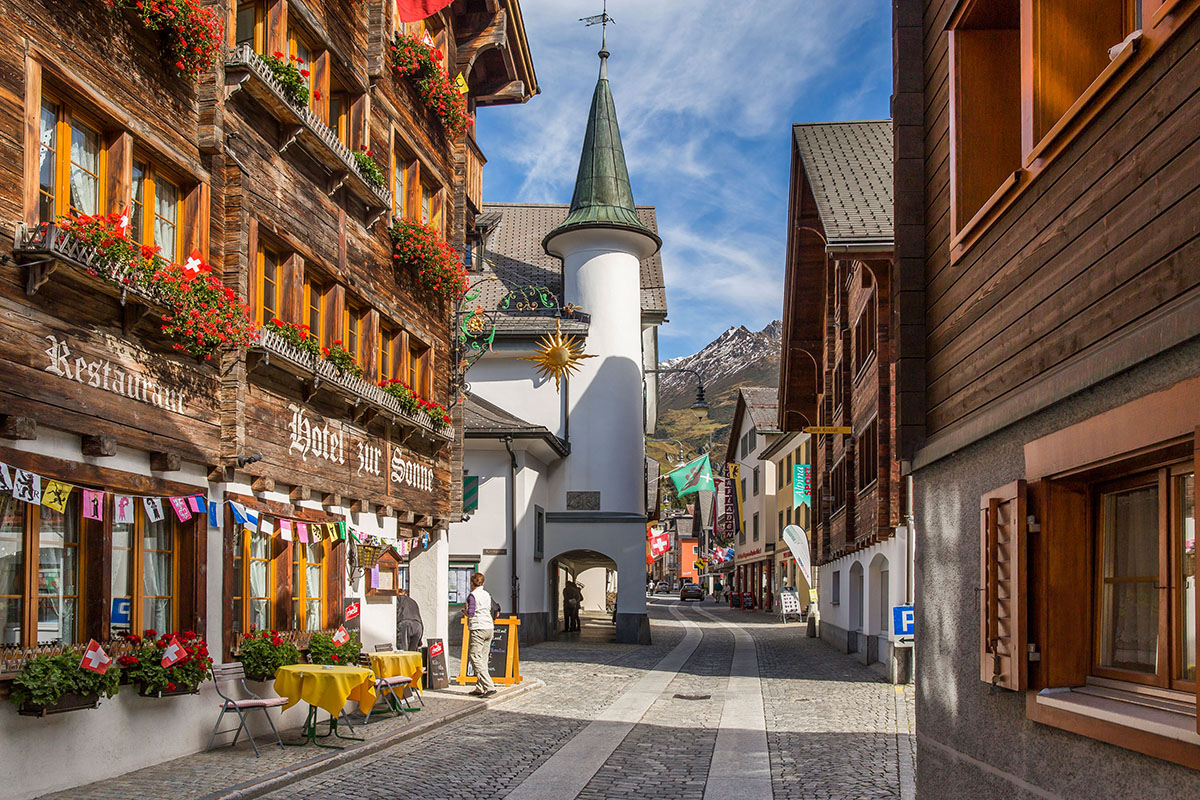
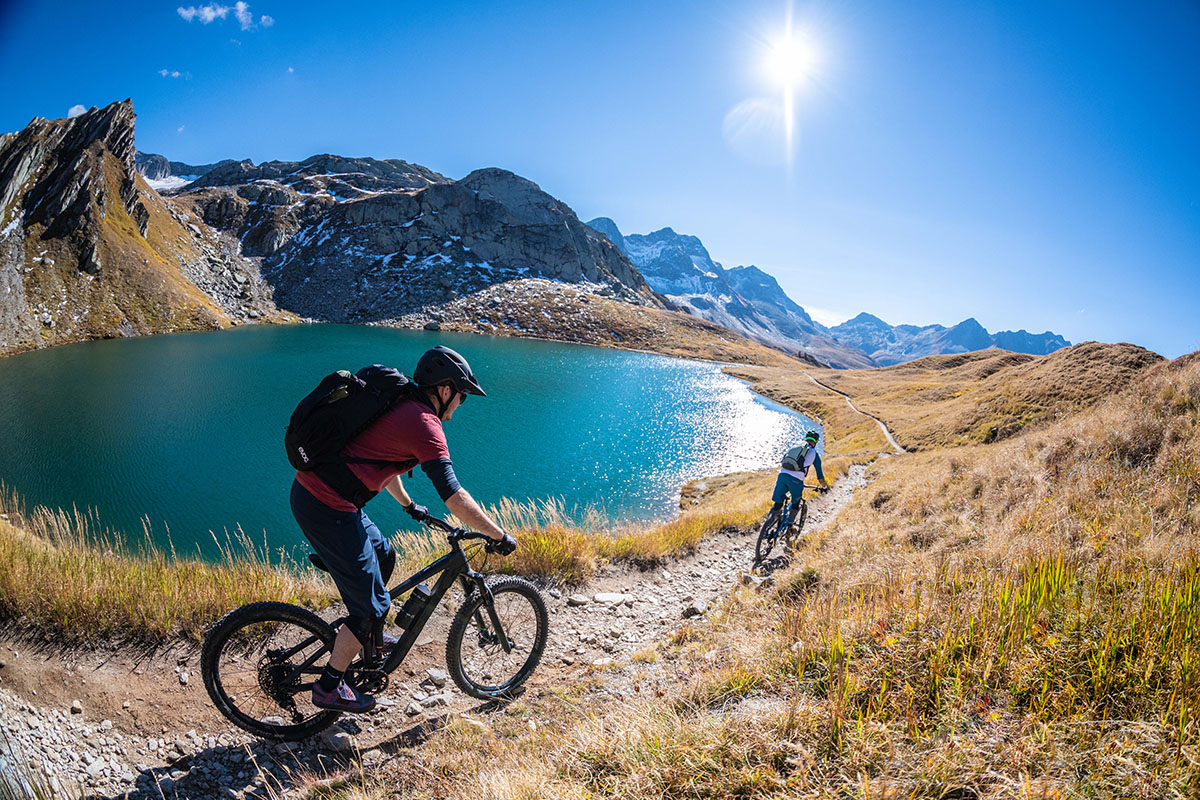
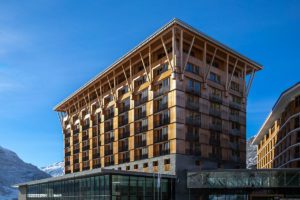
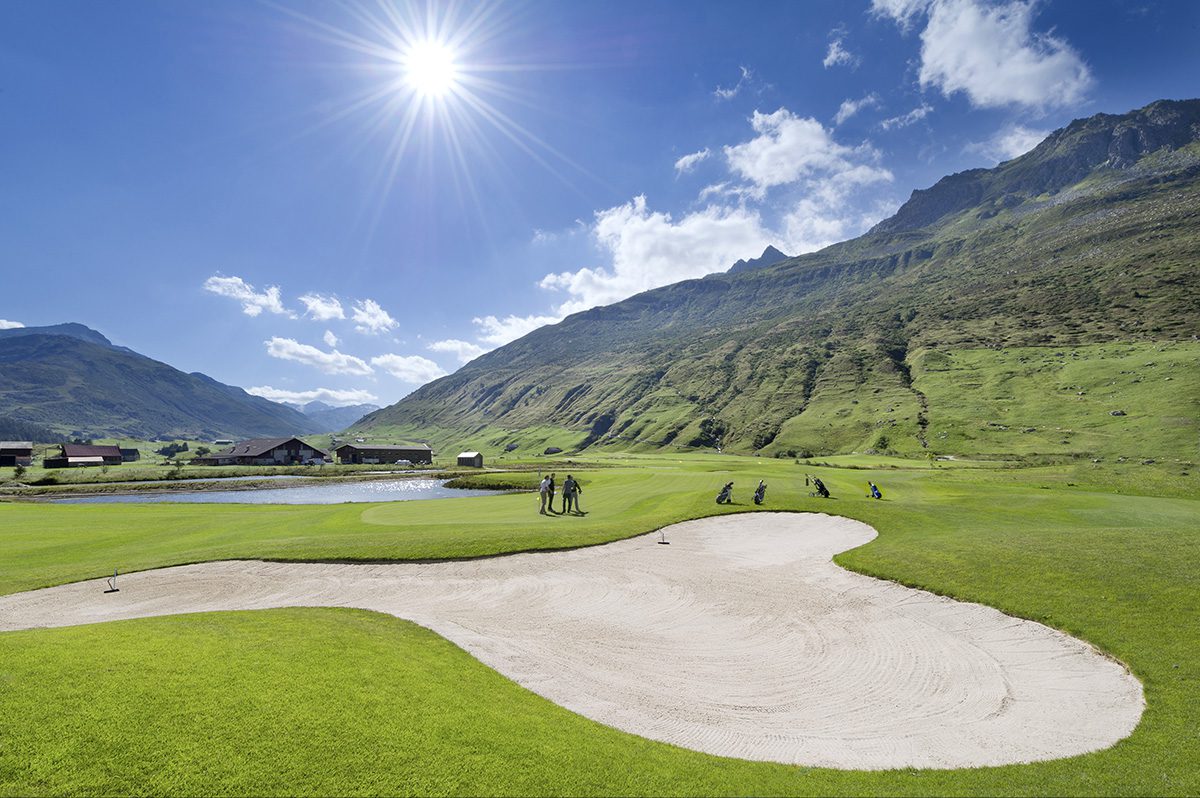

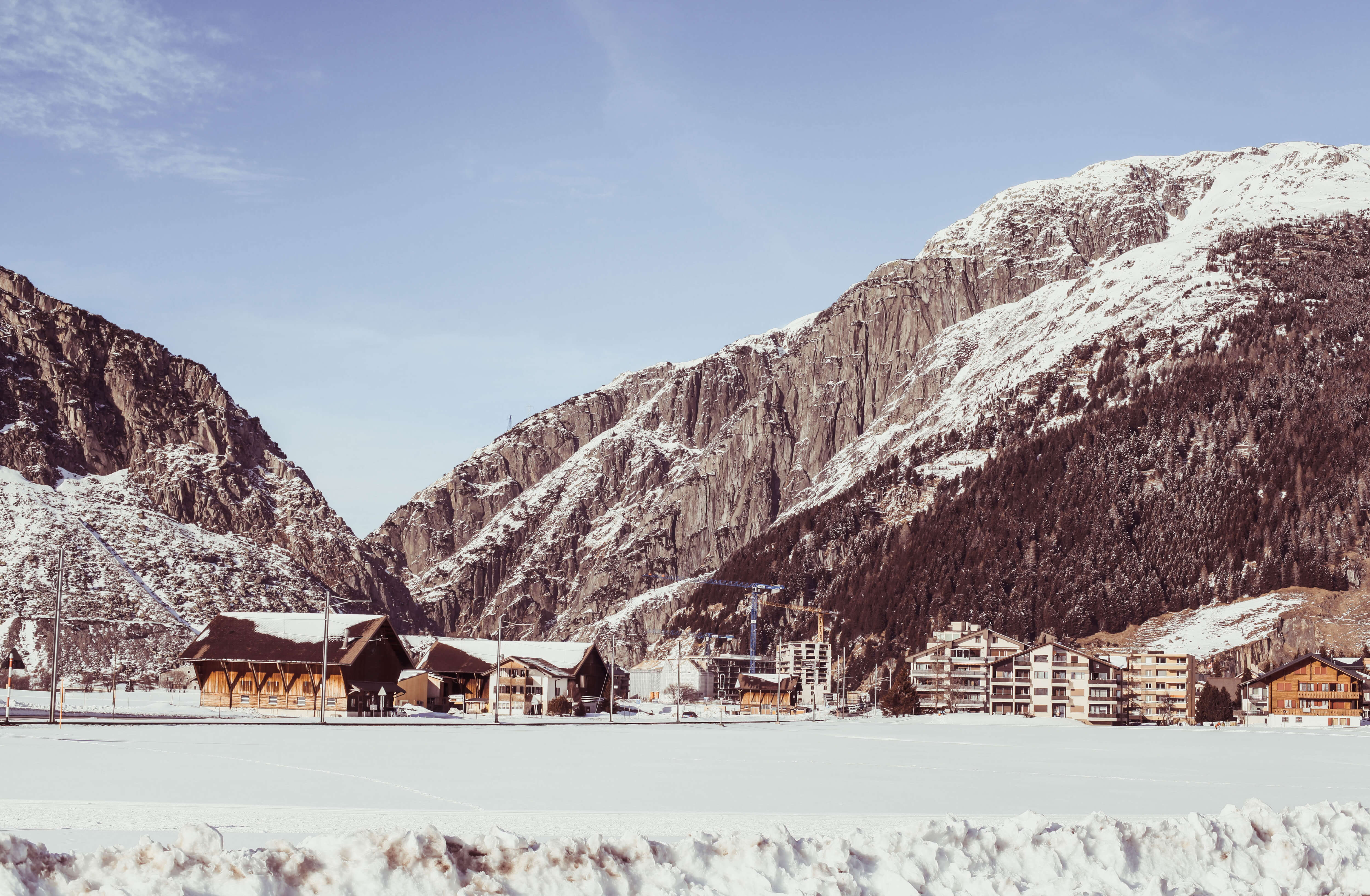
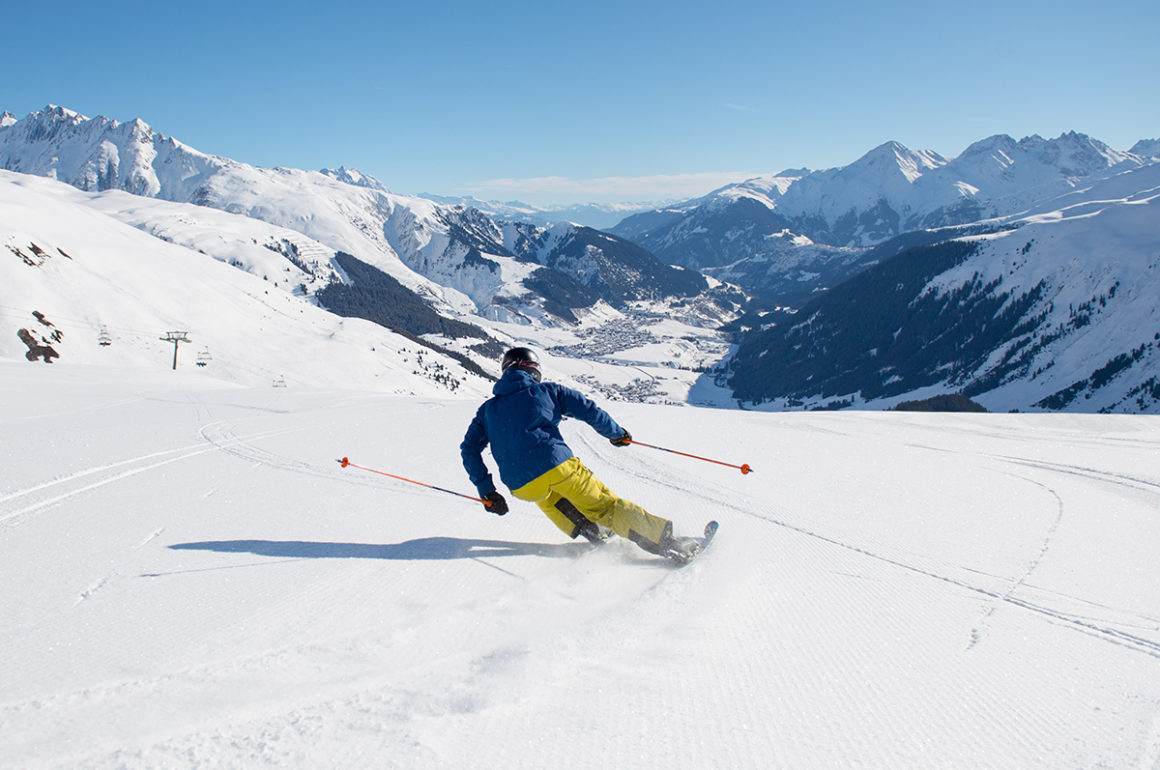

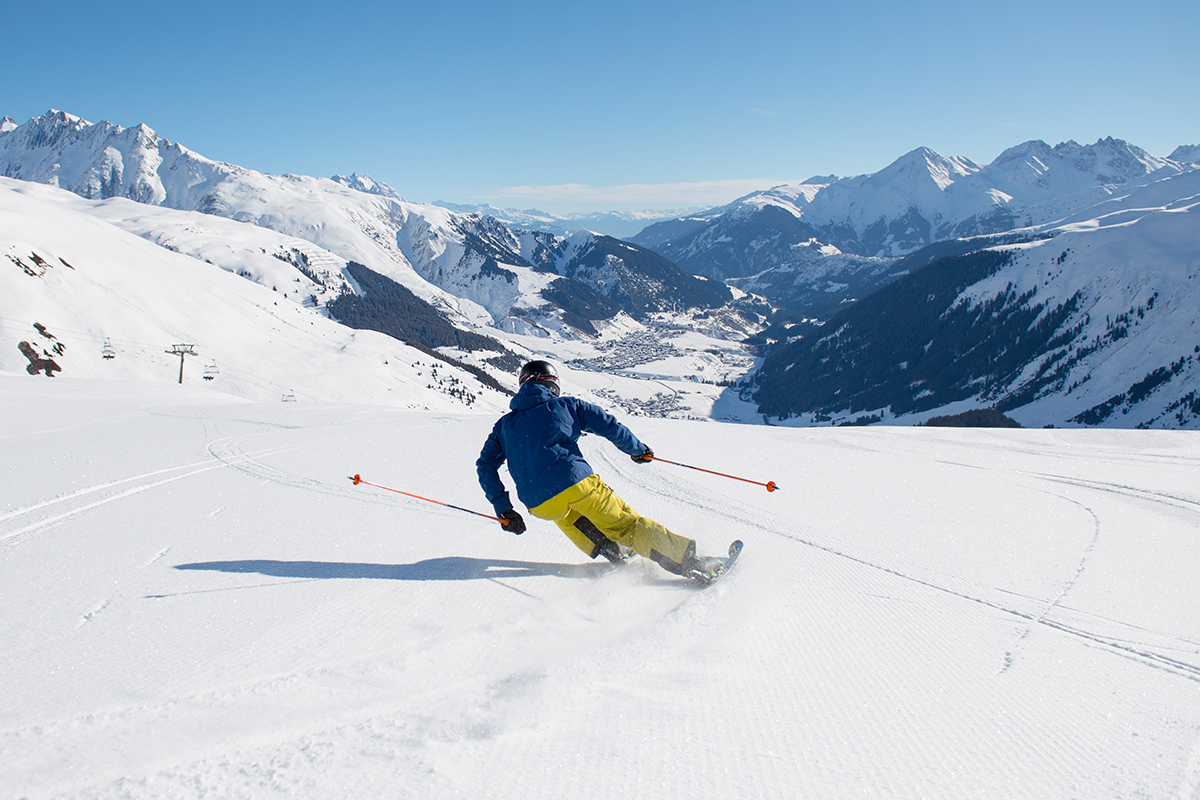


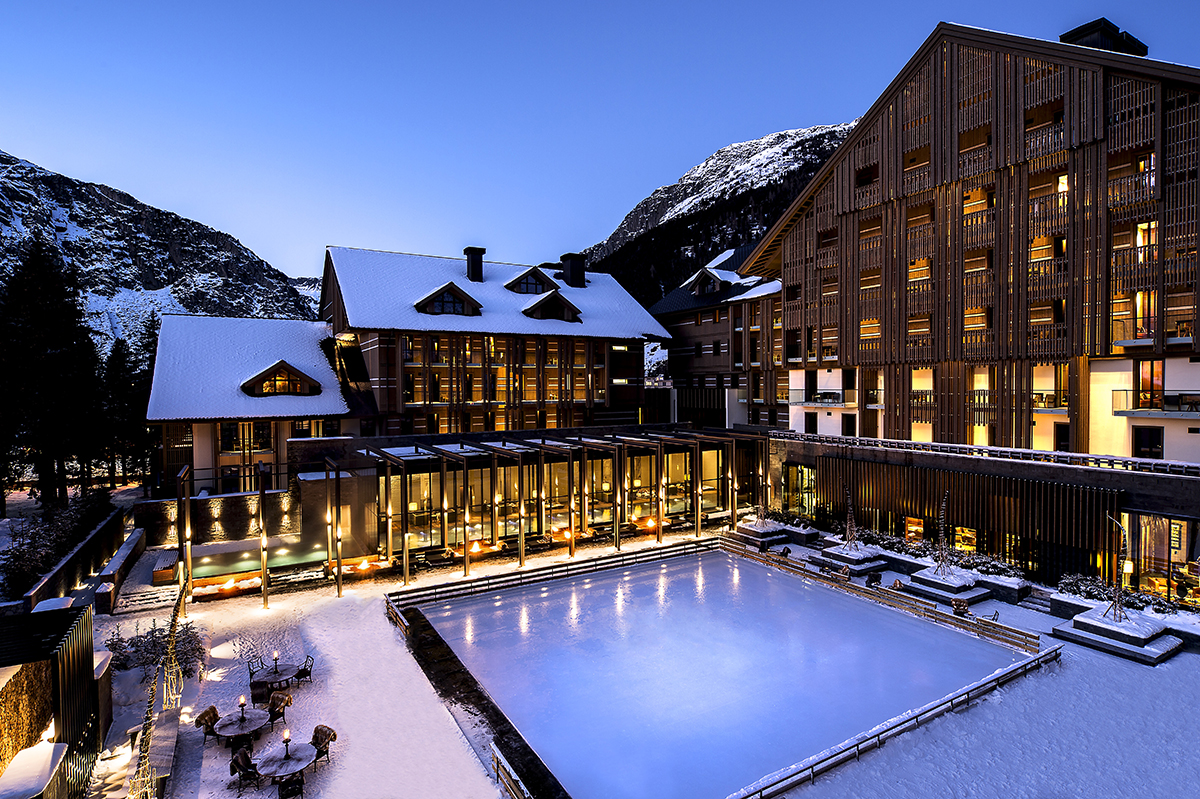
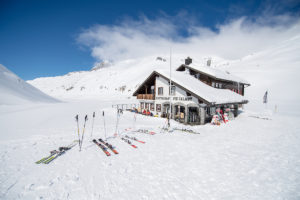
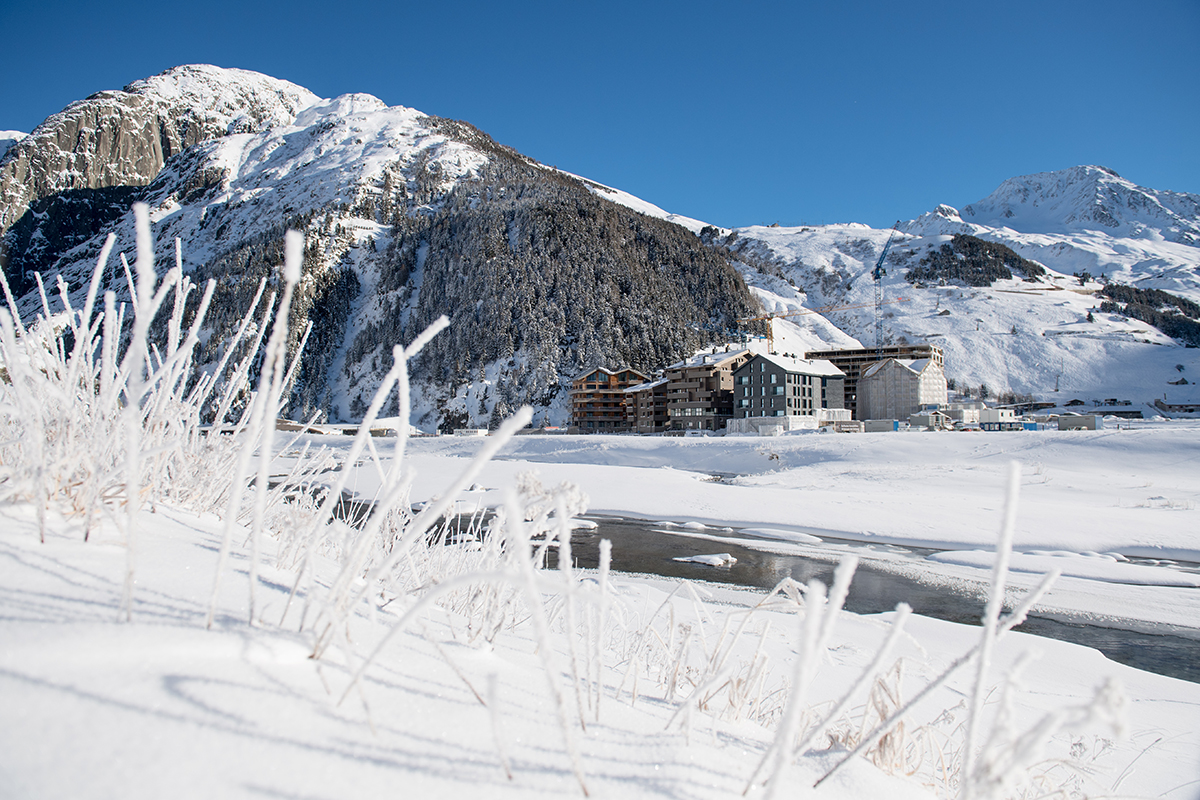

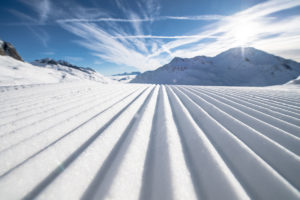

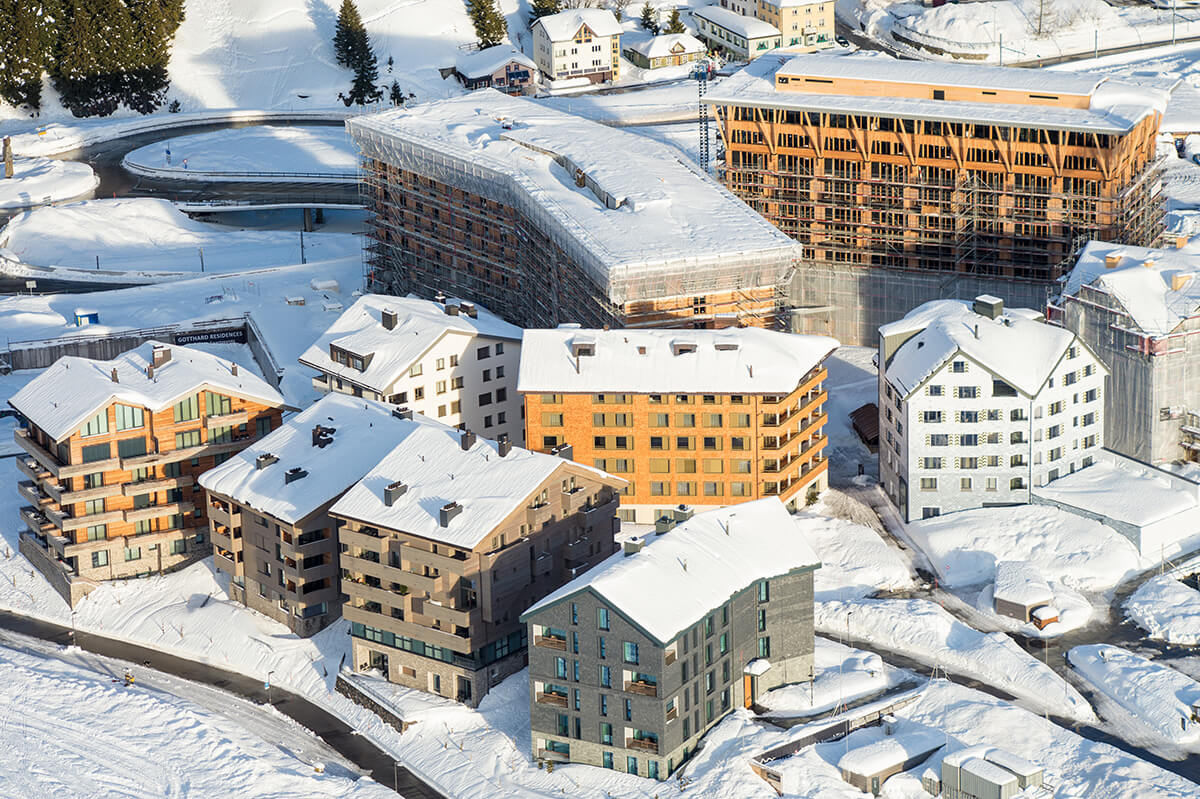
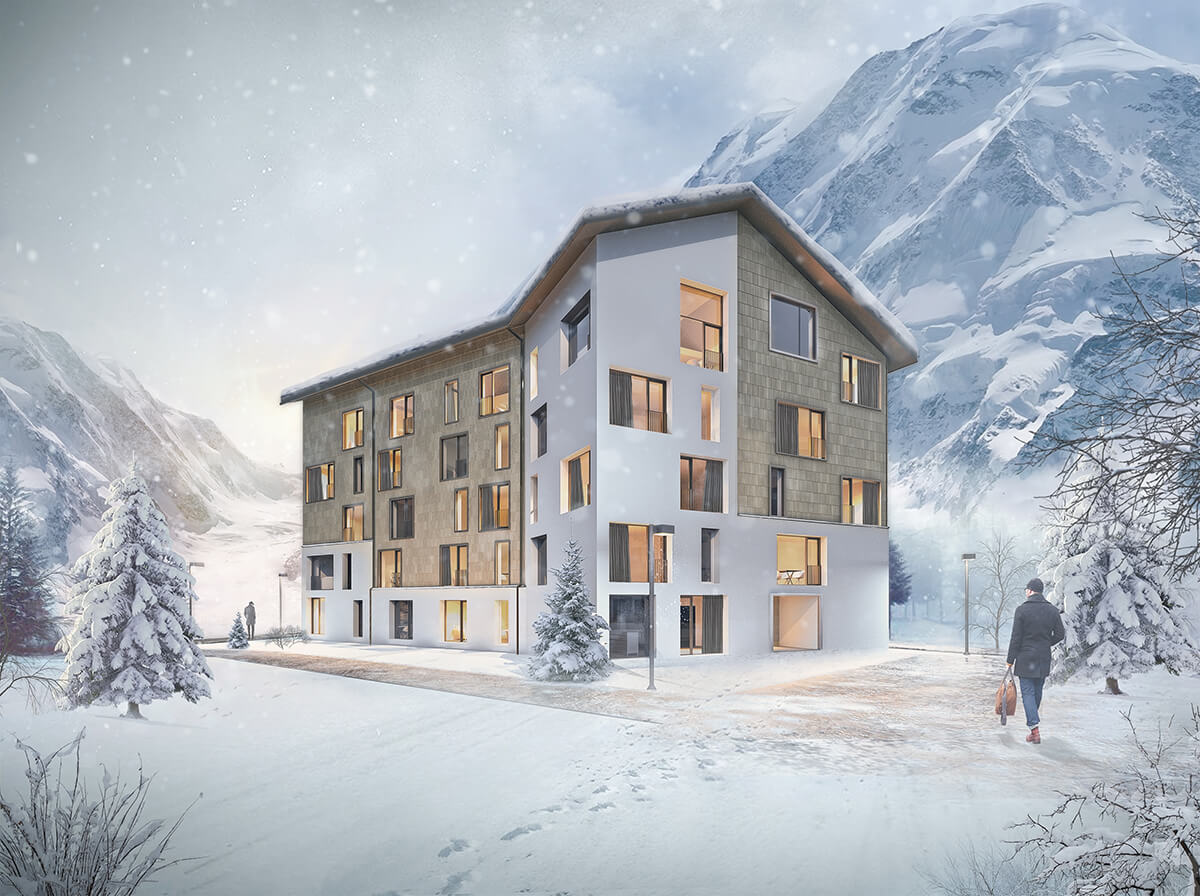
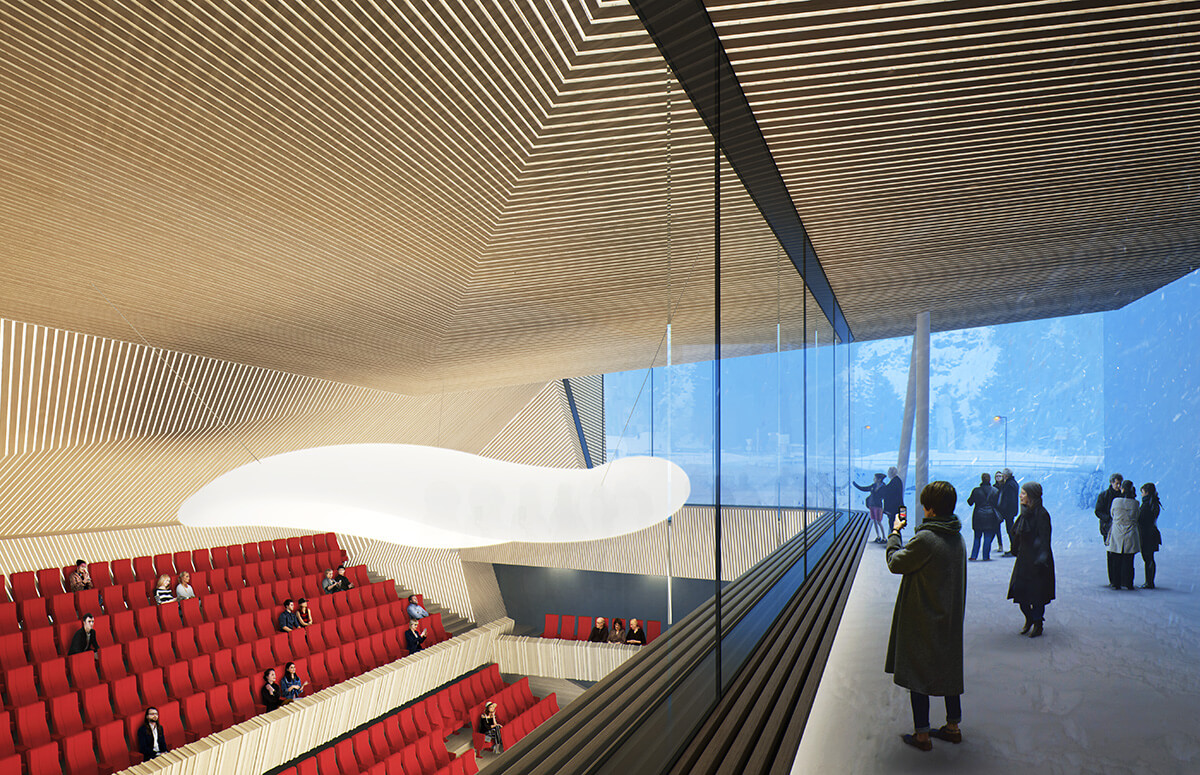
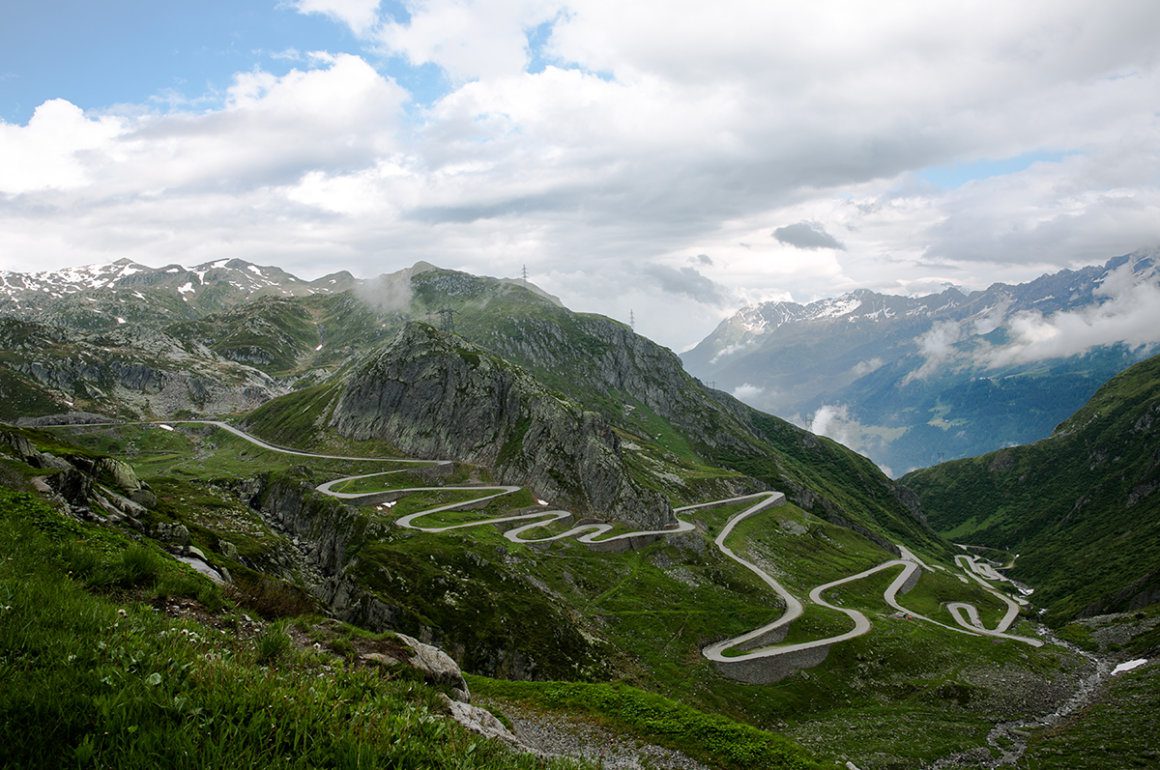
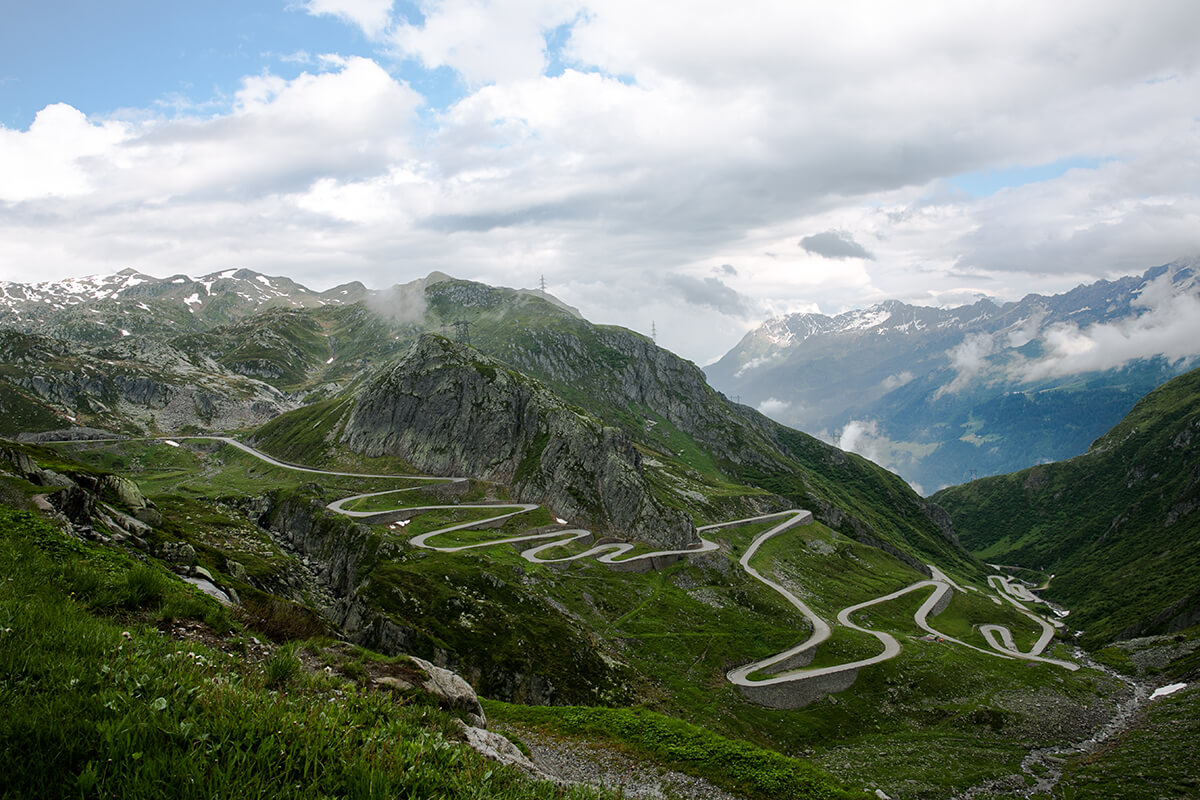
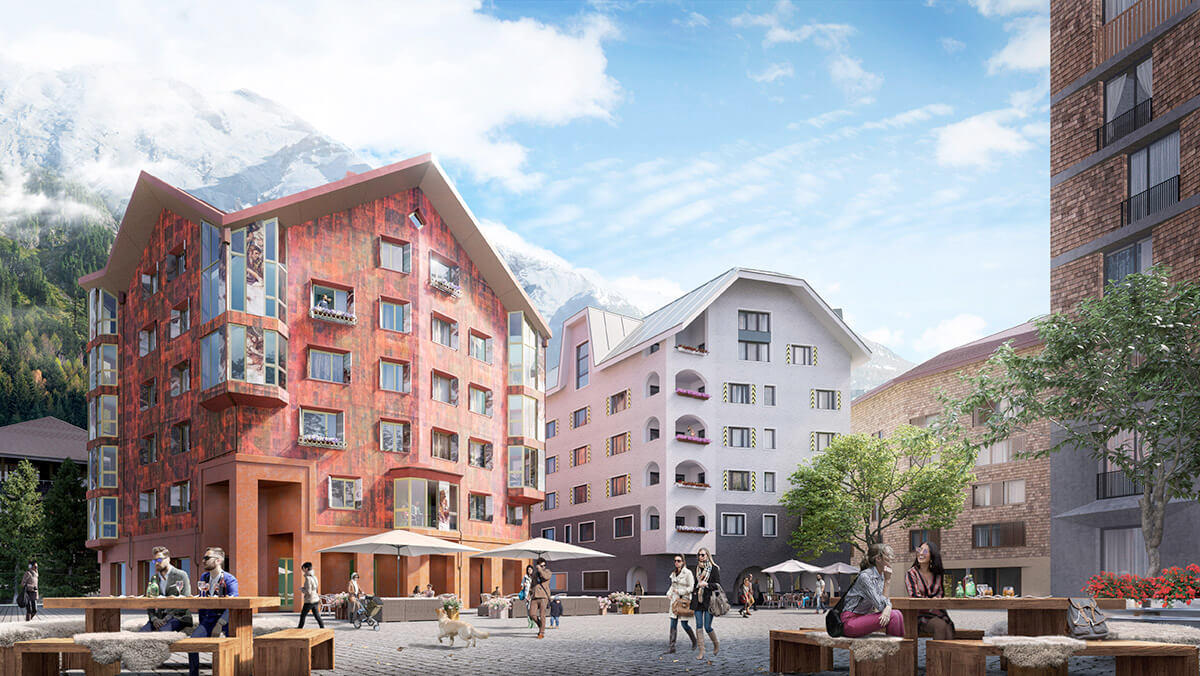
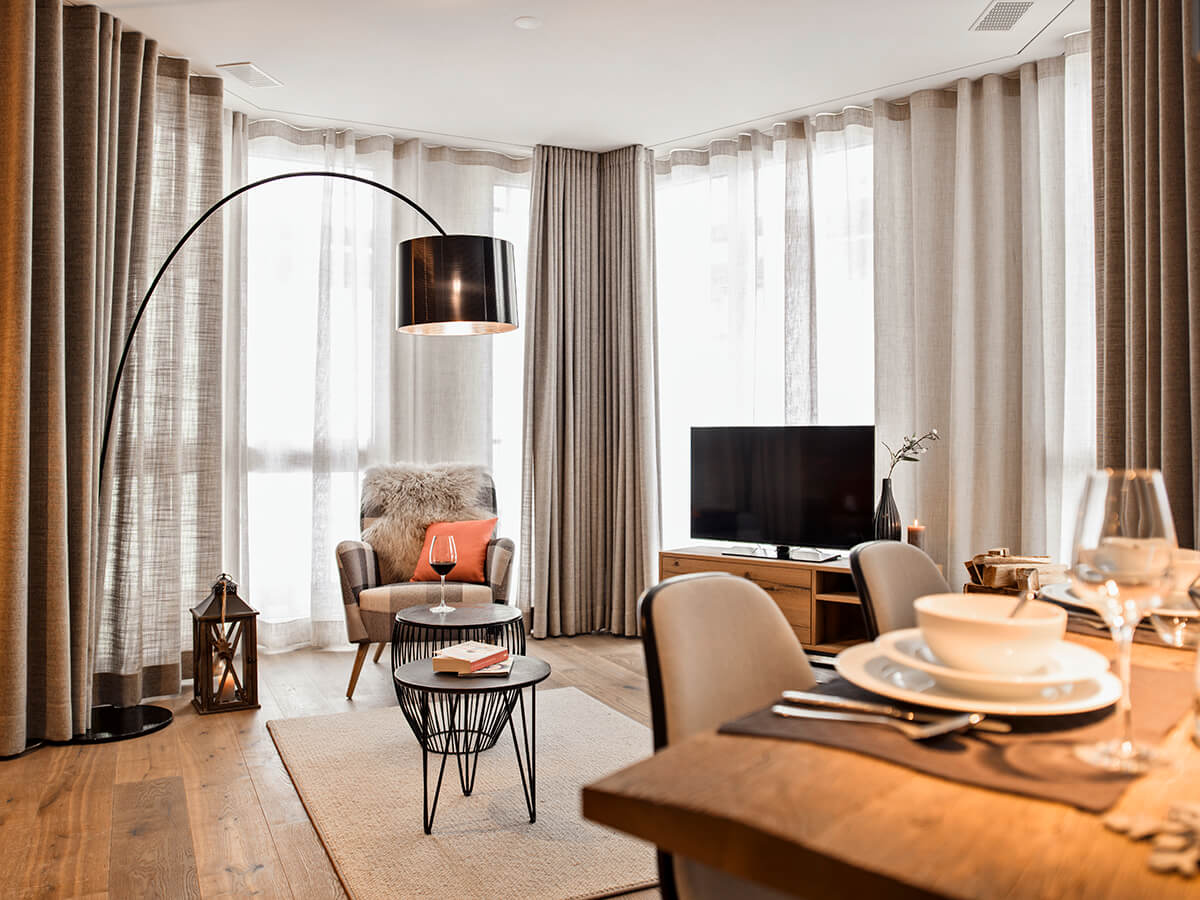
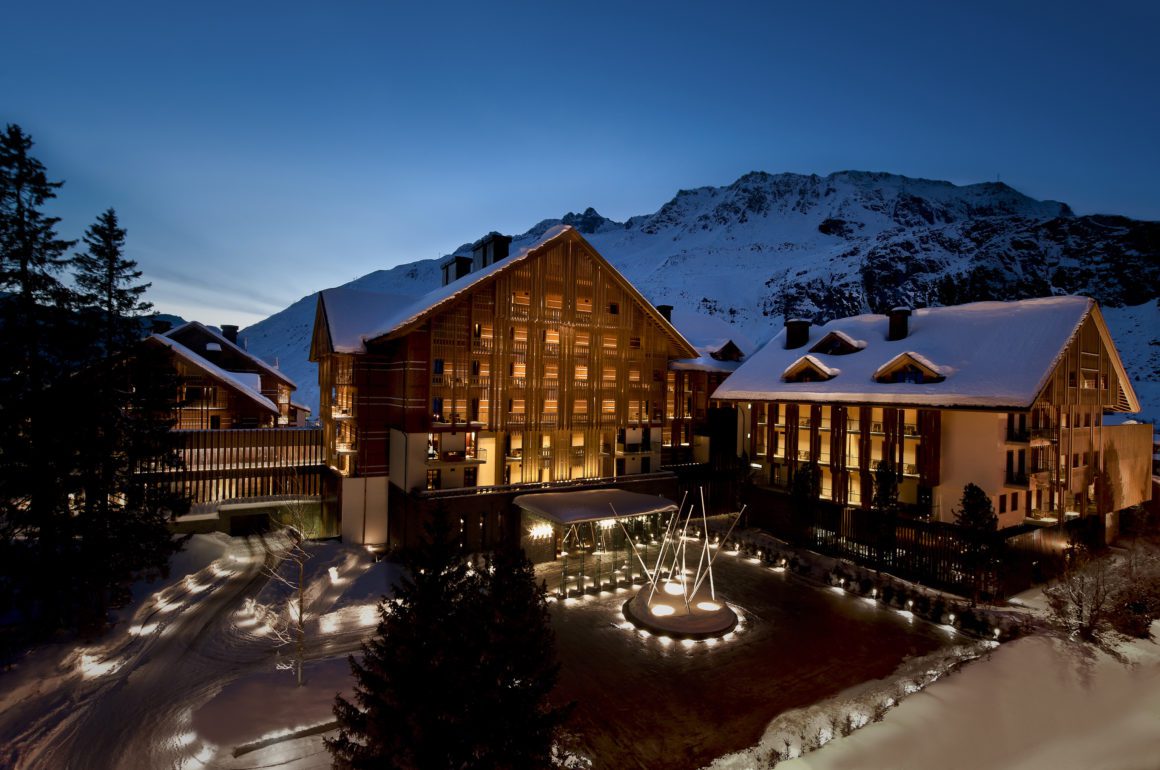
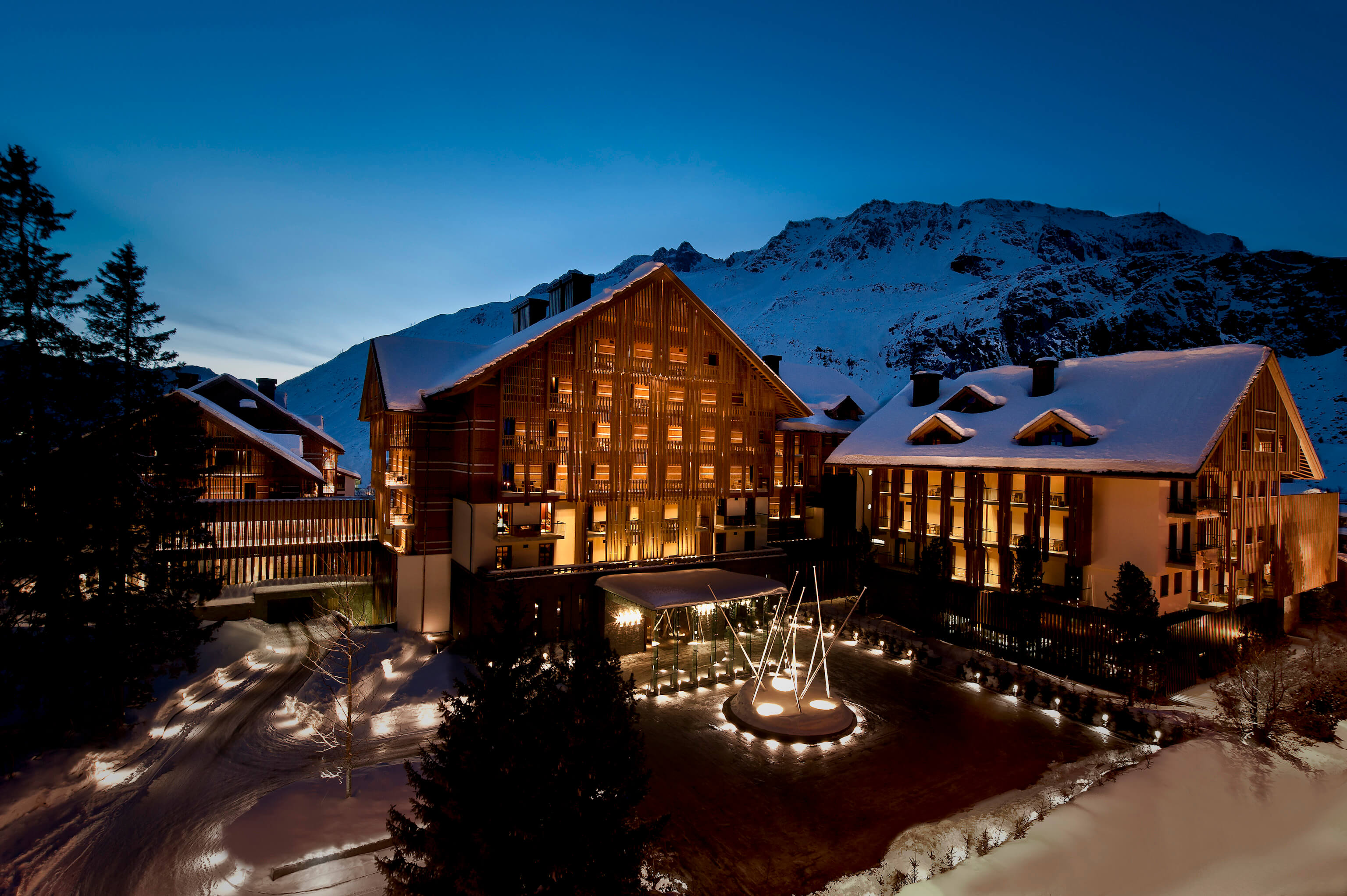
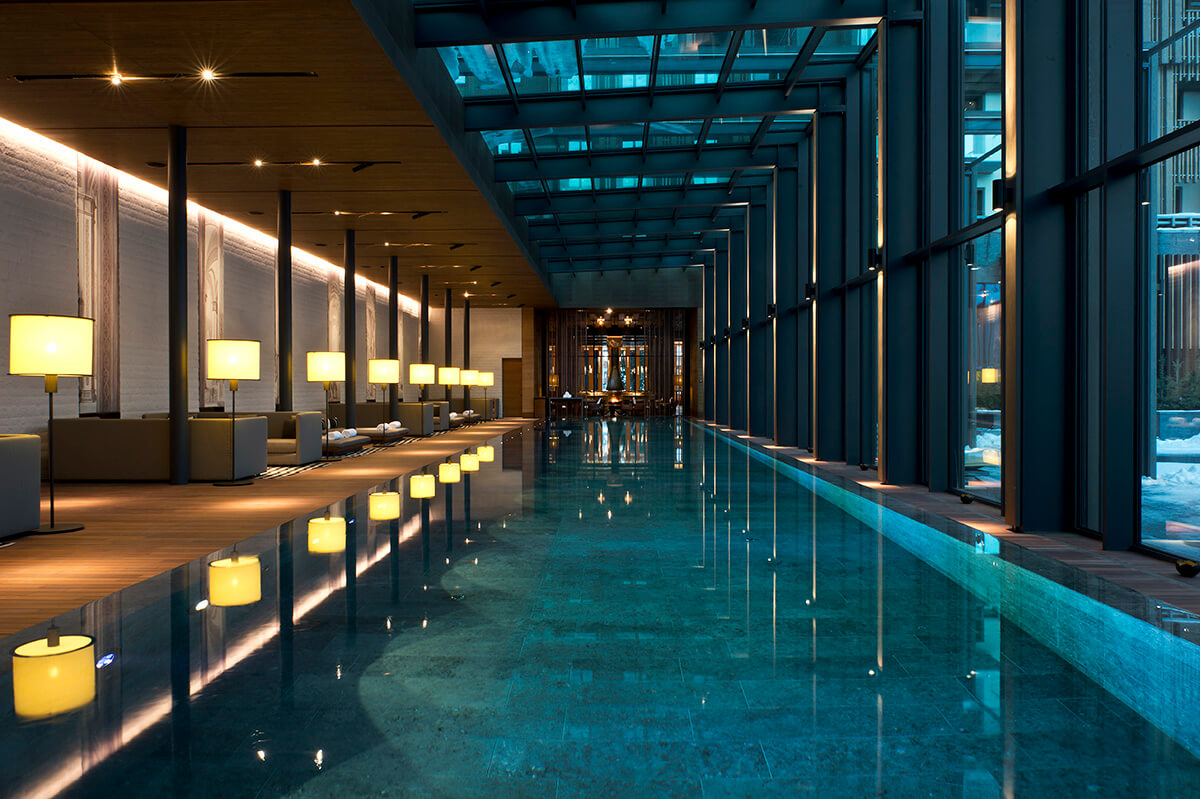
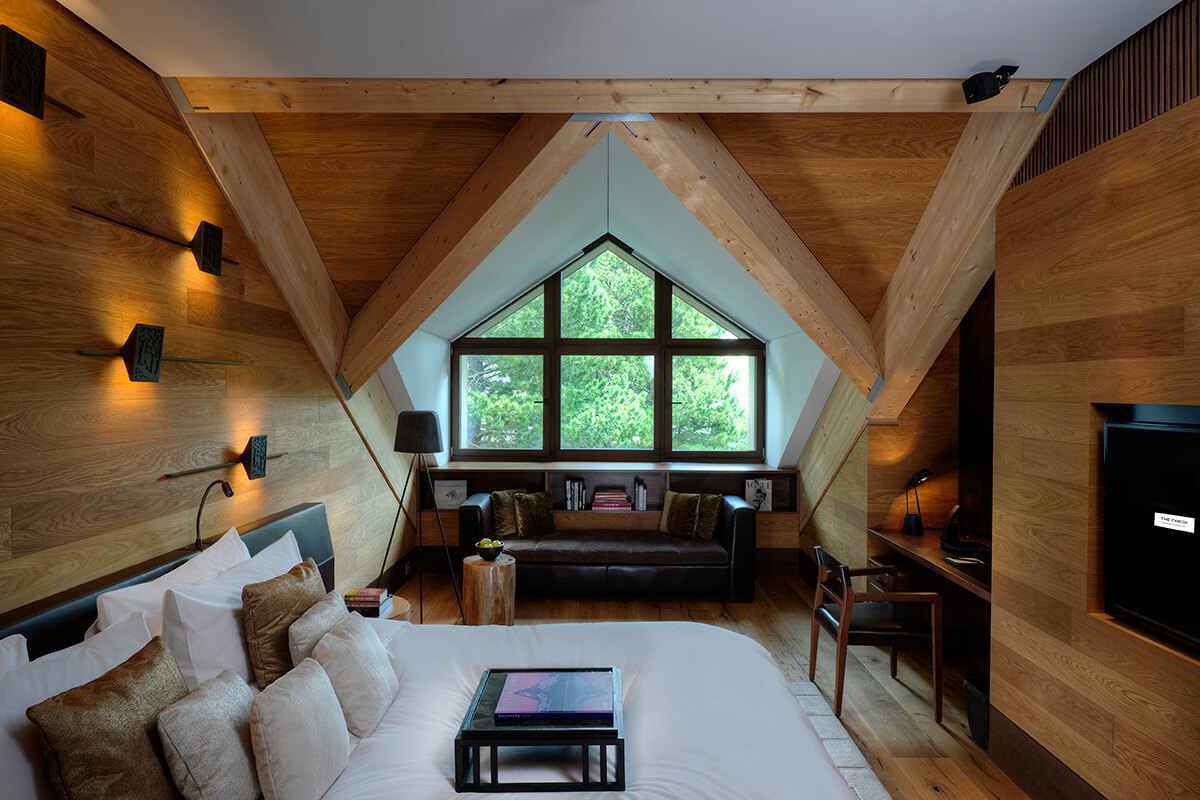
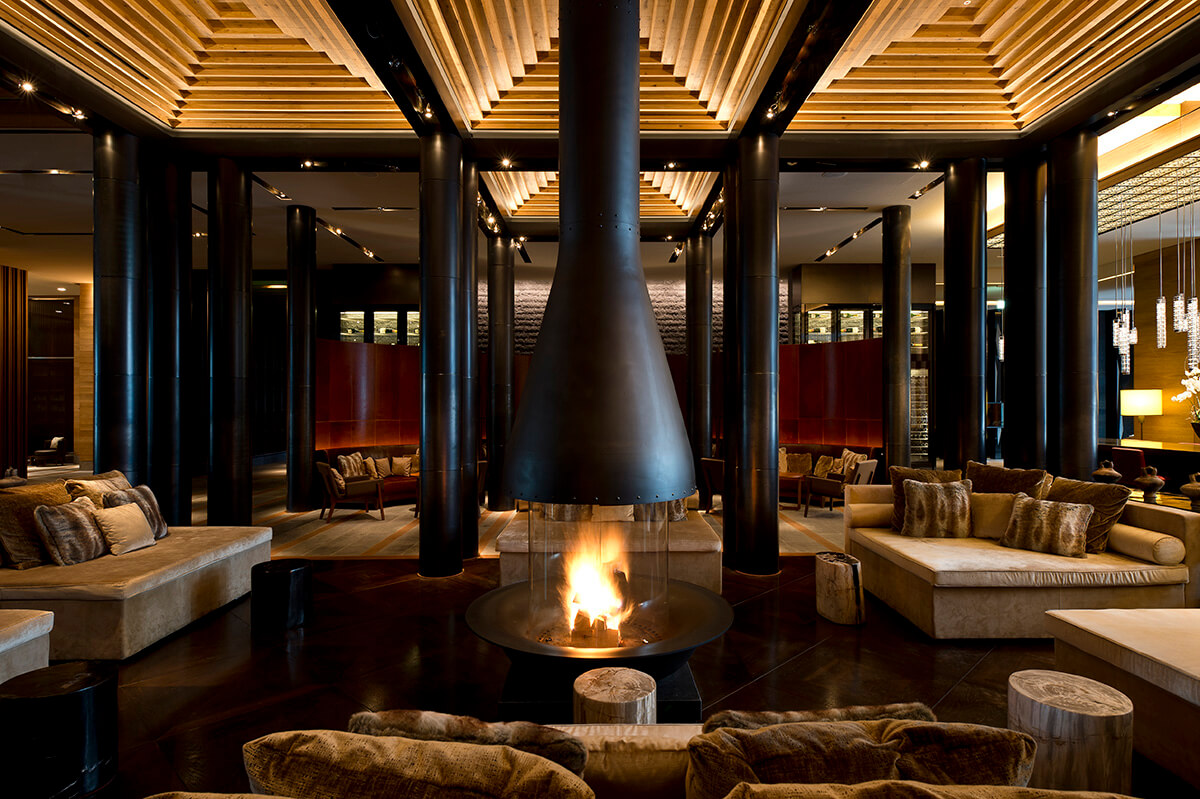





Recent Comments